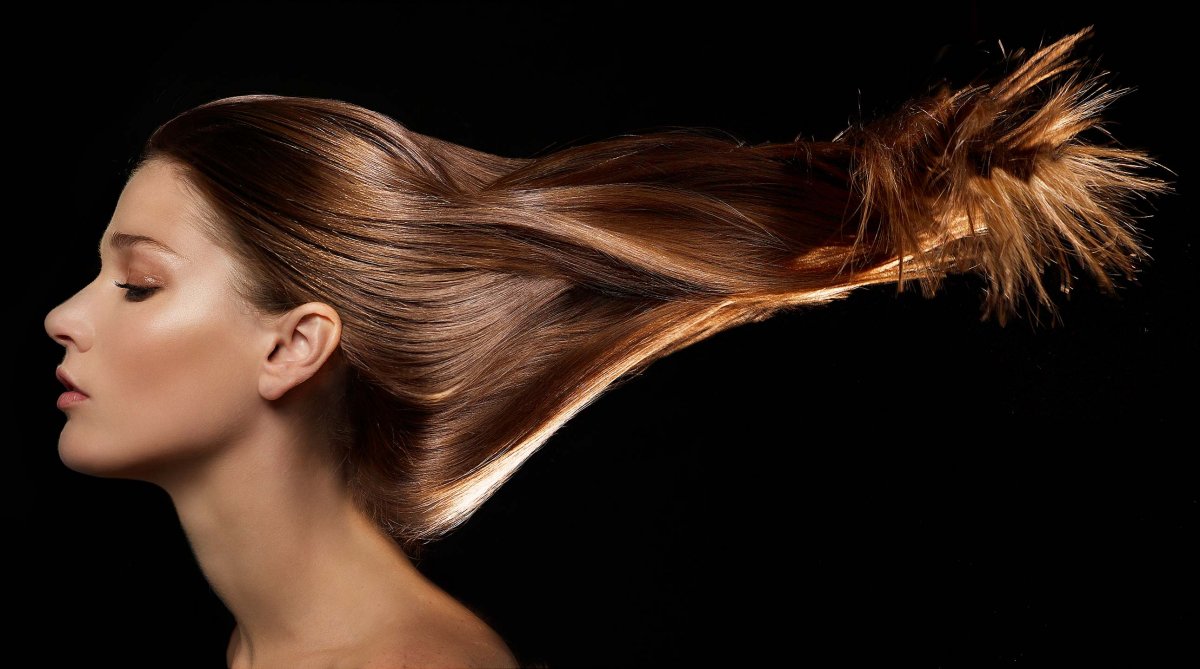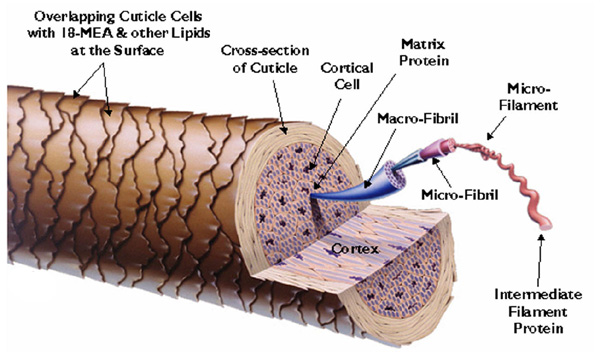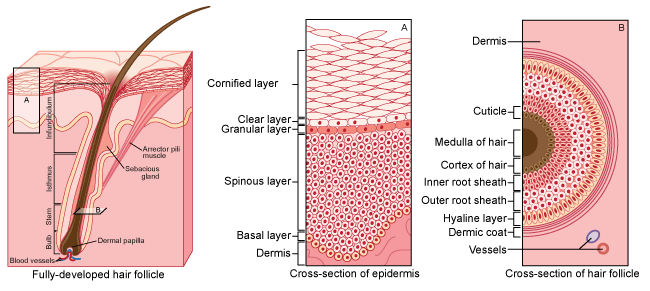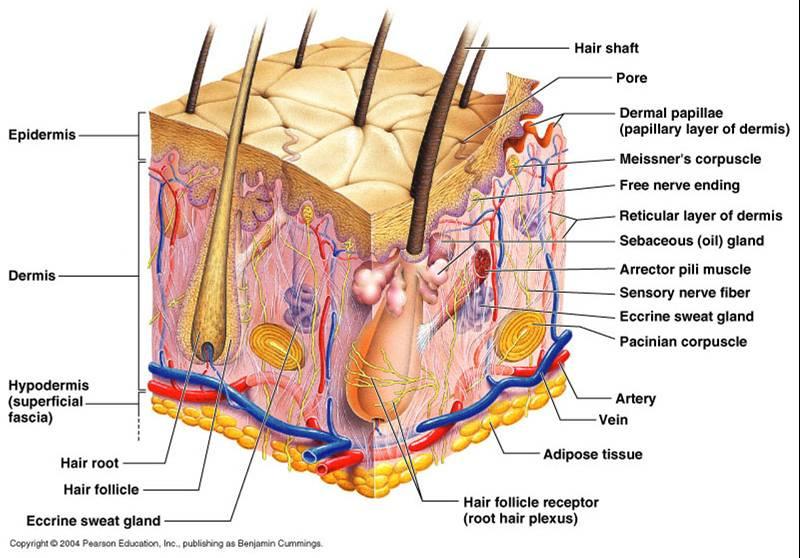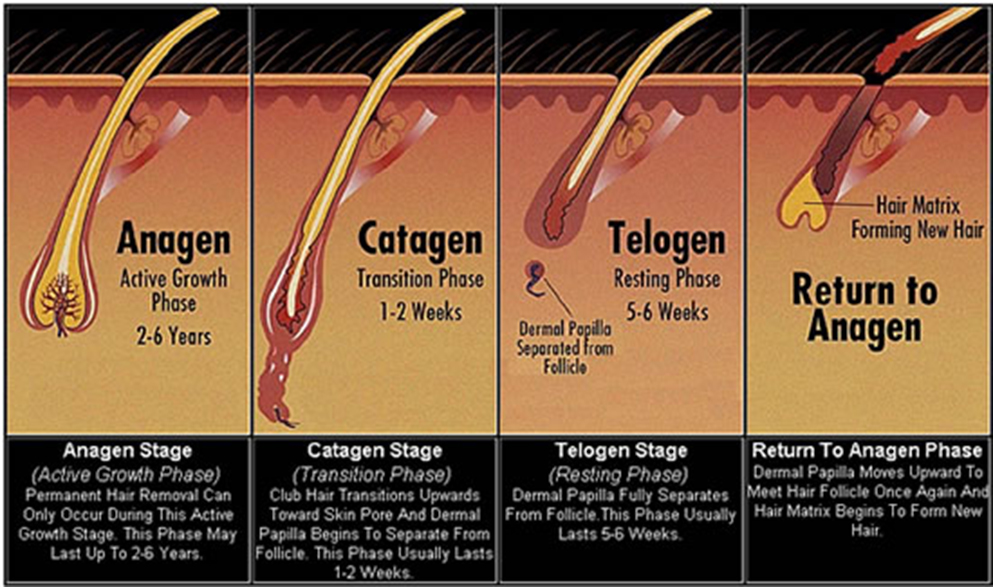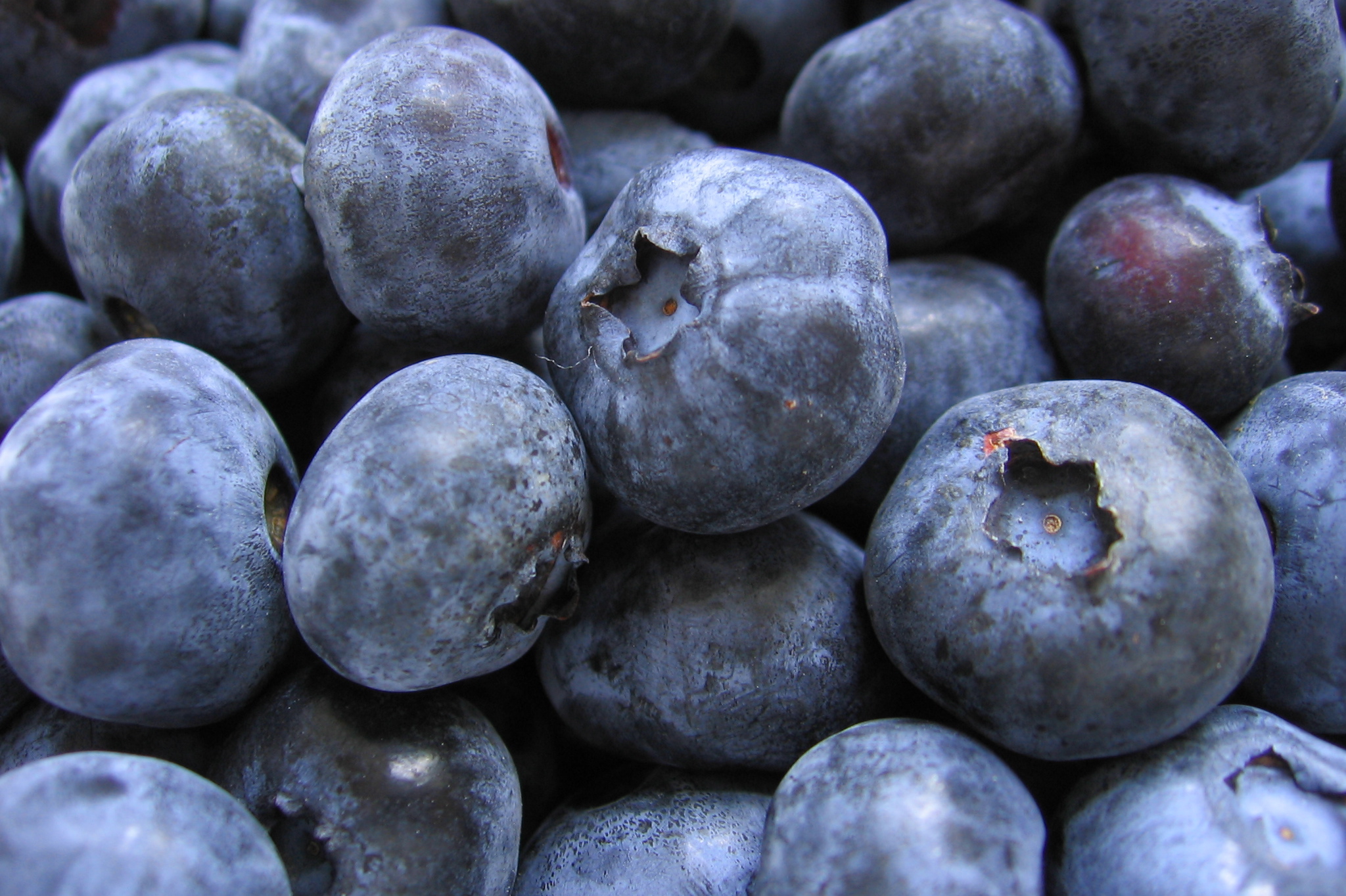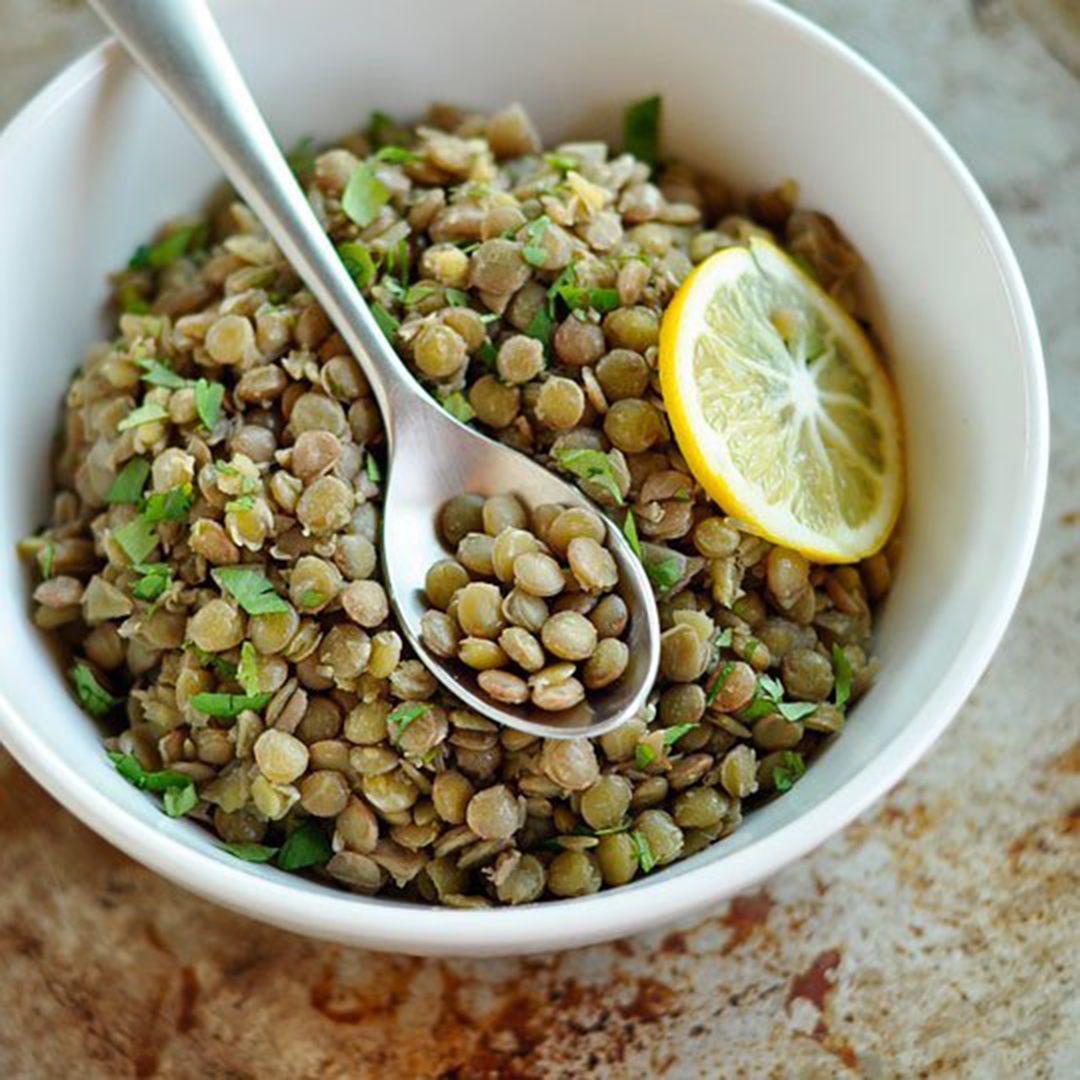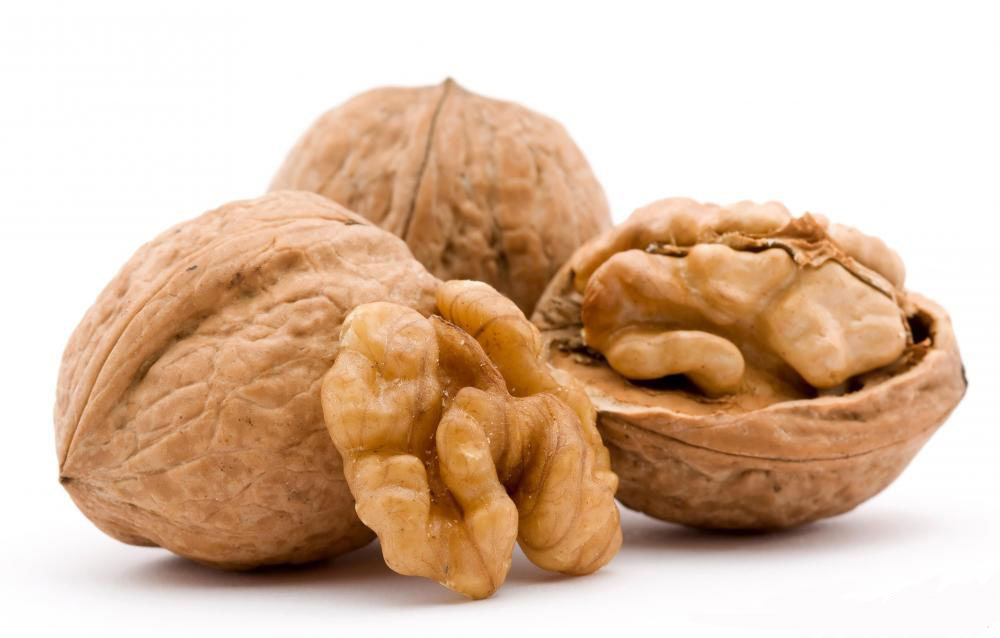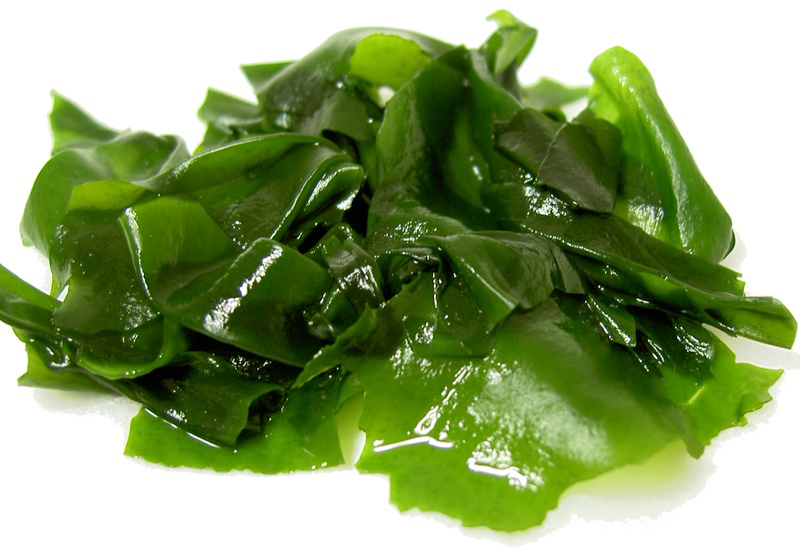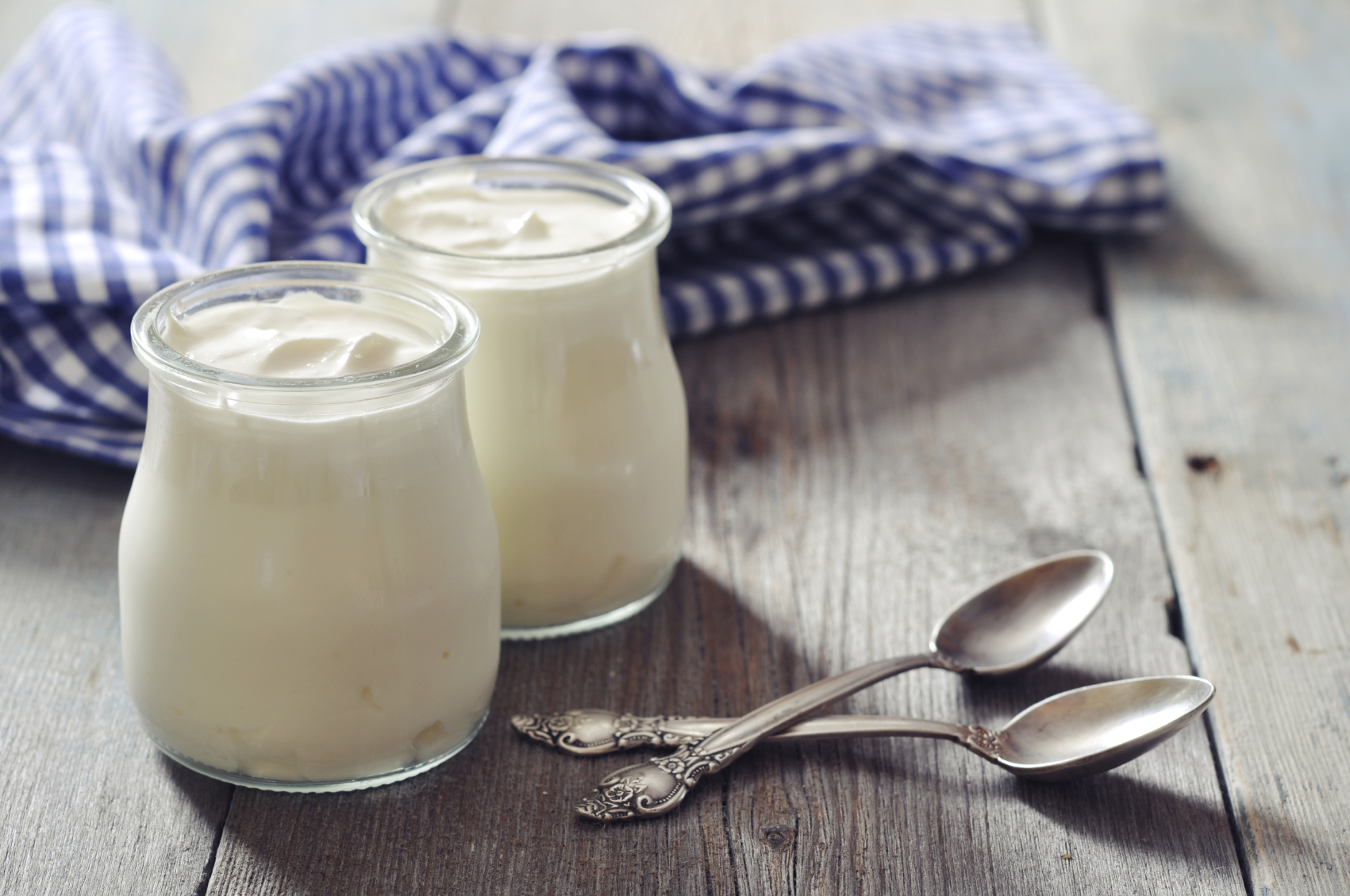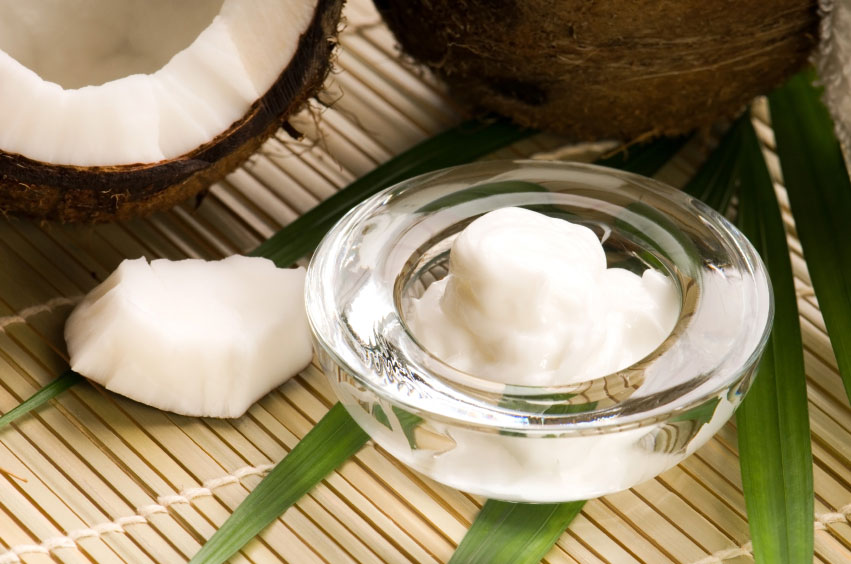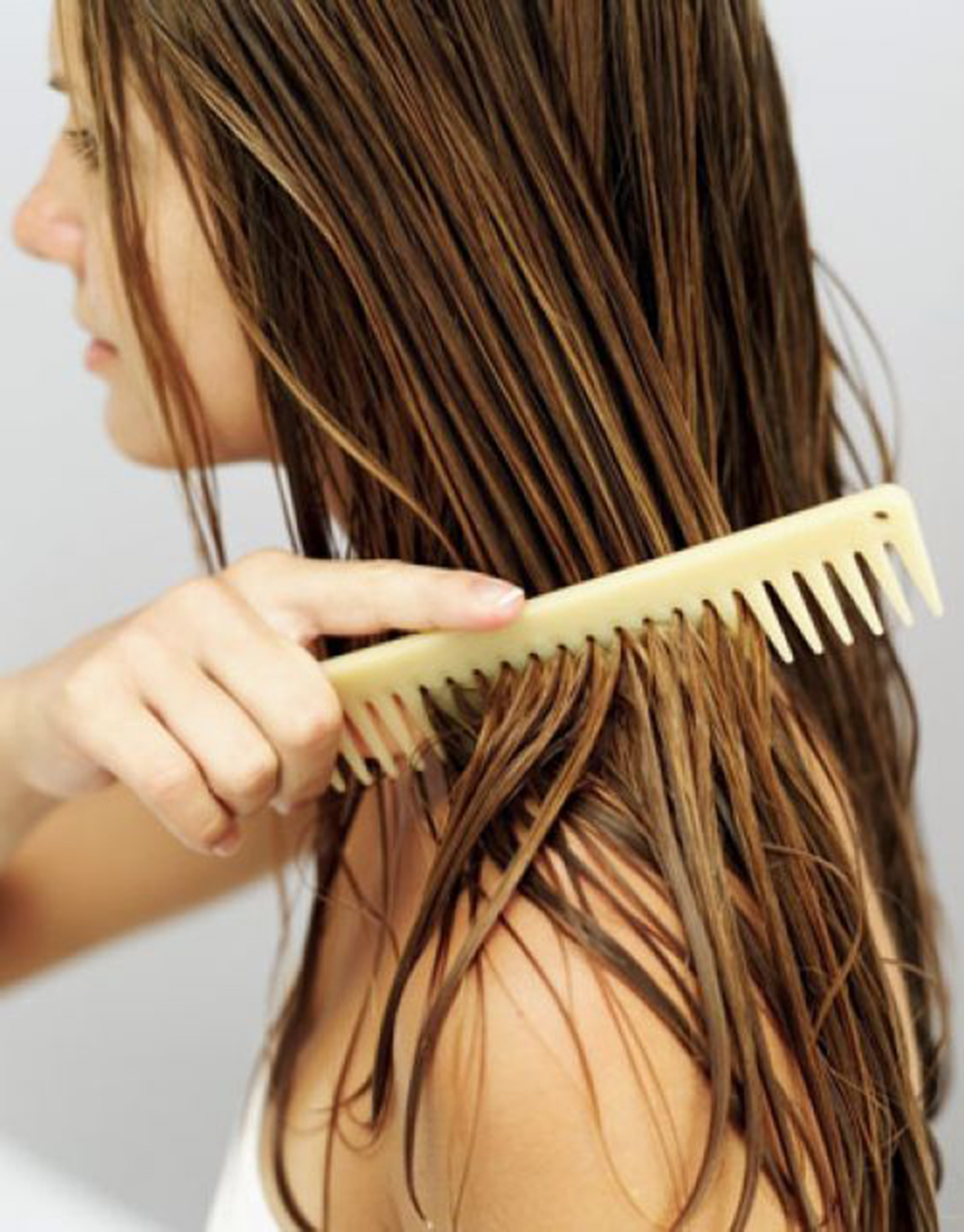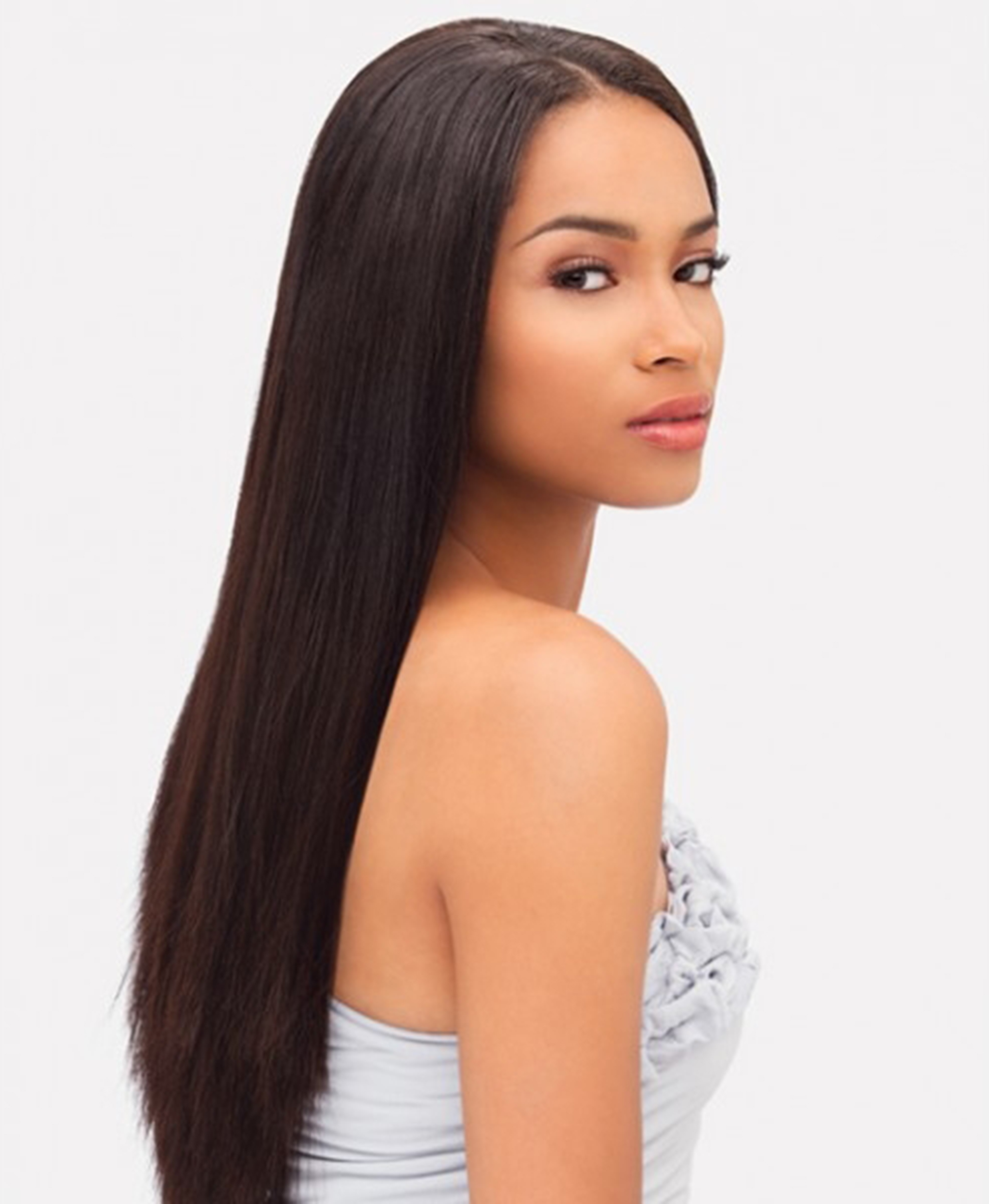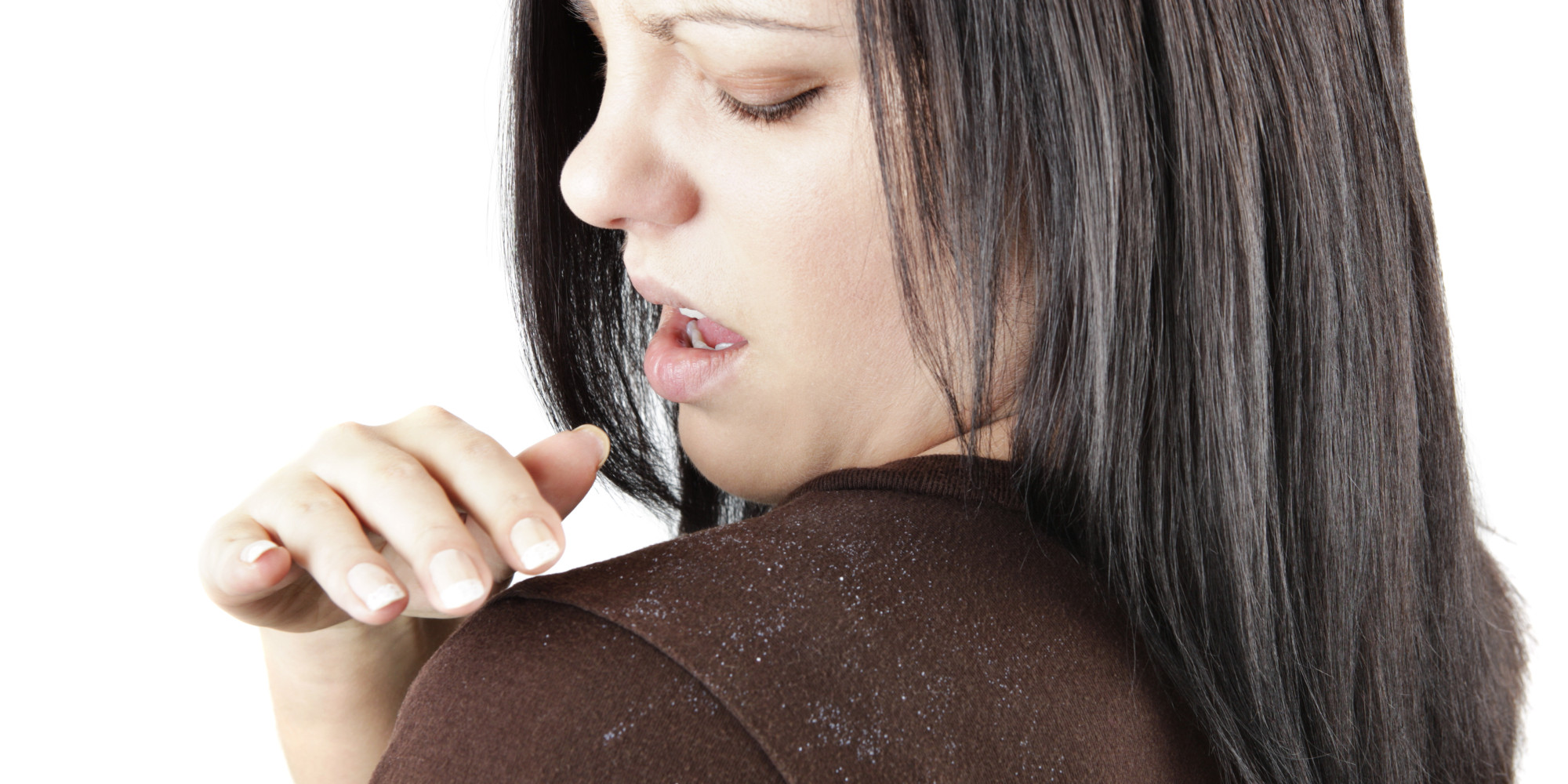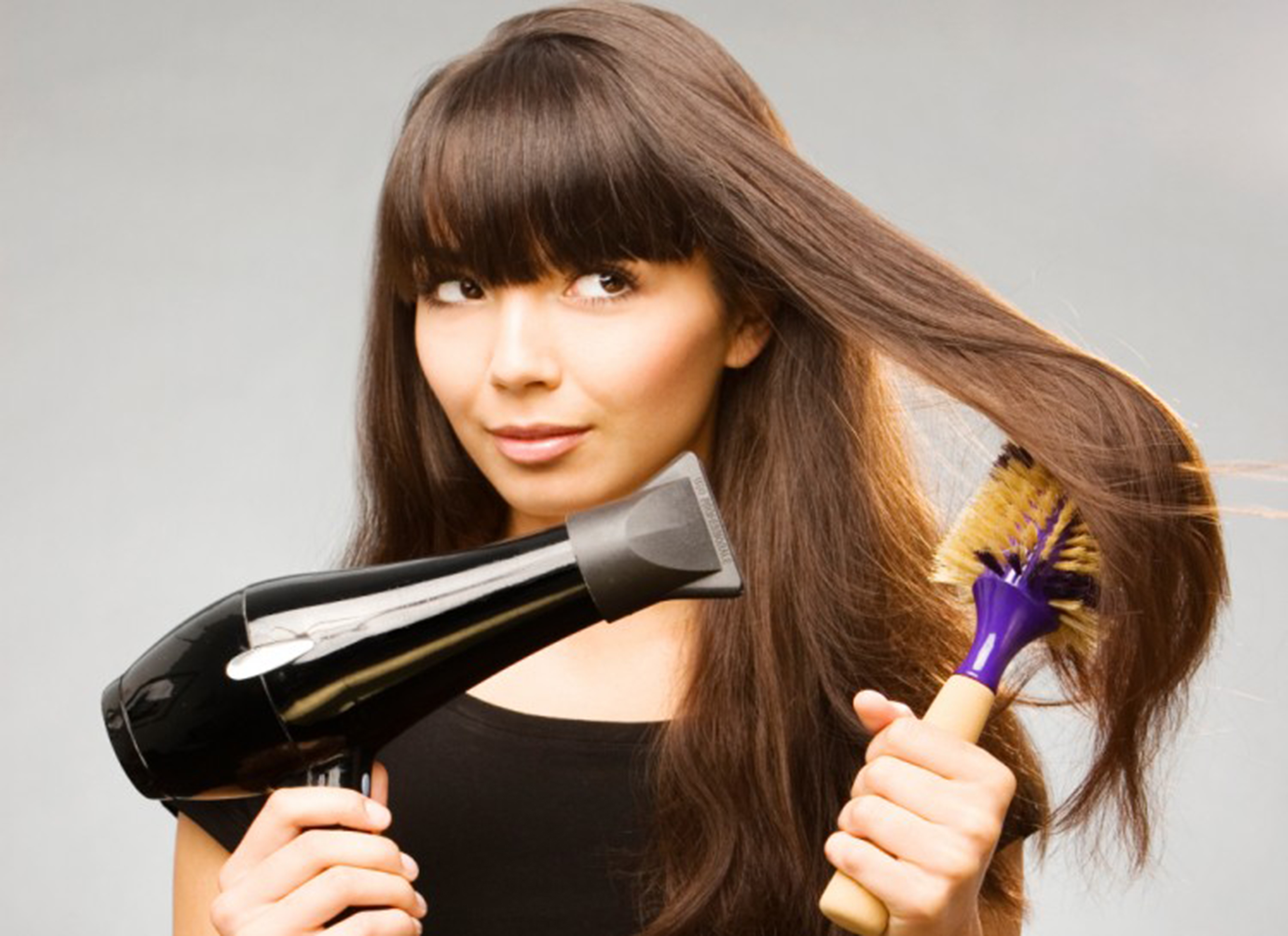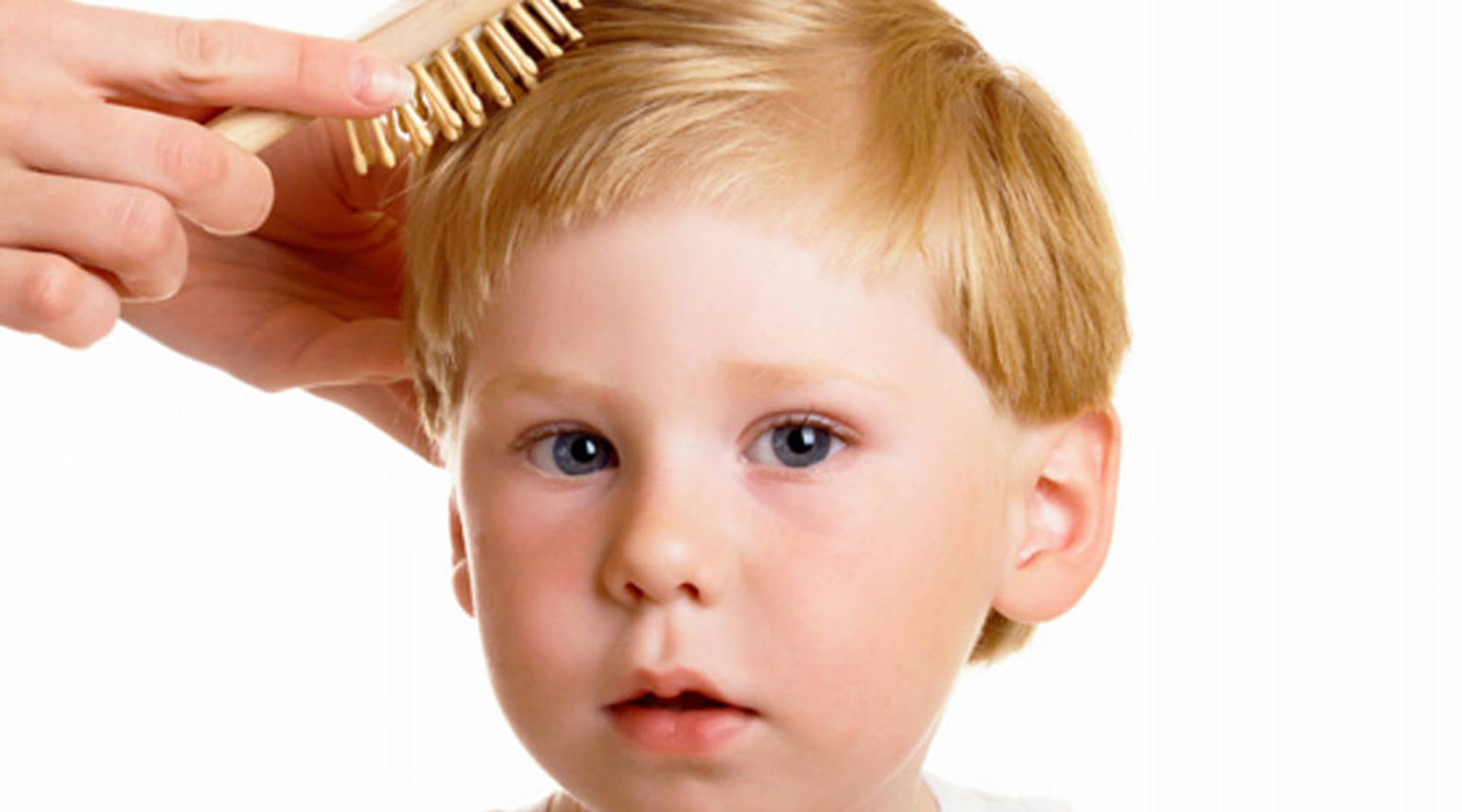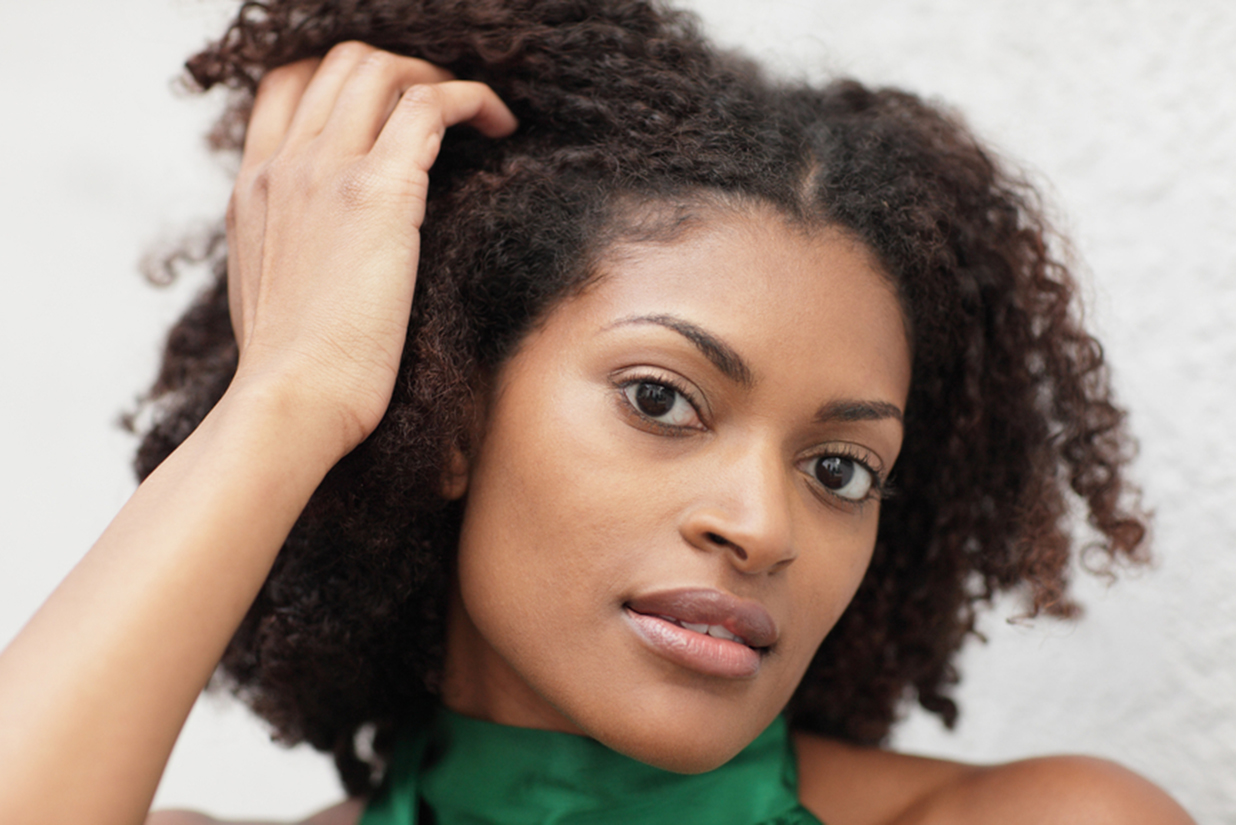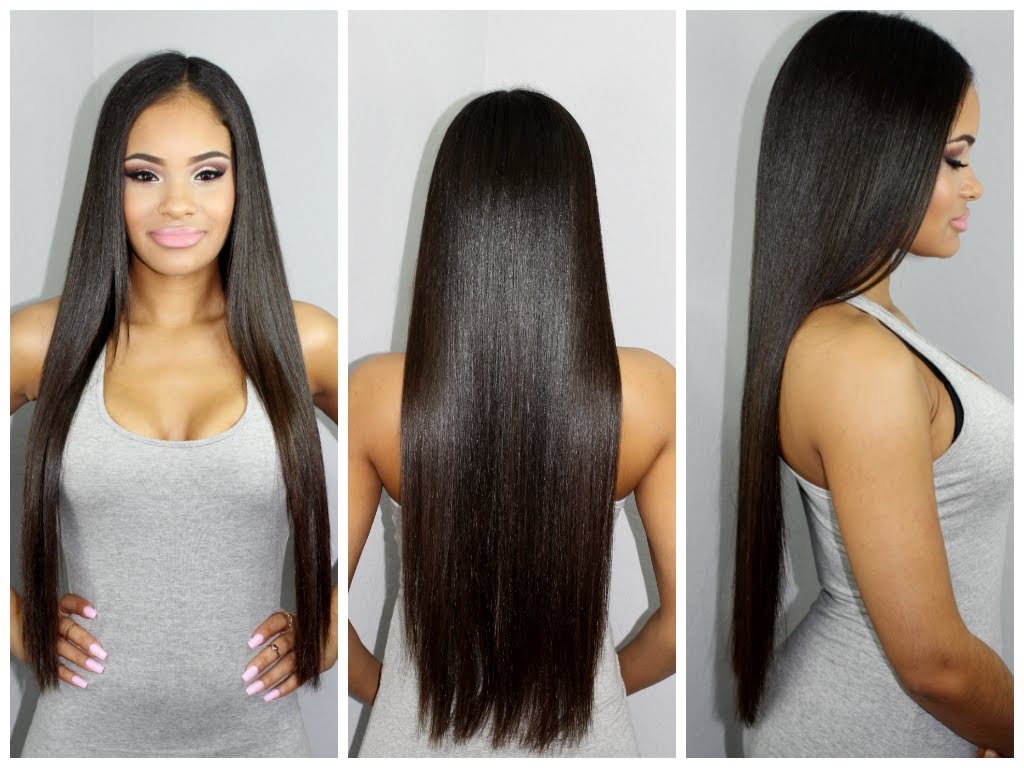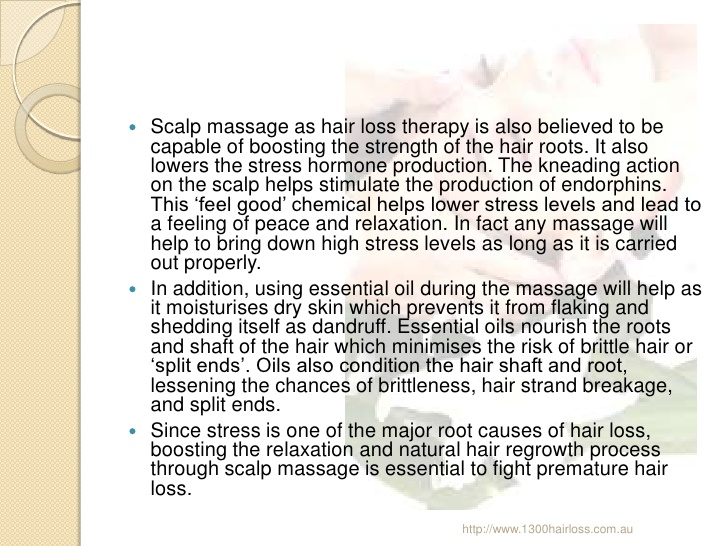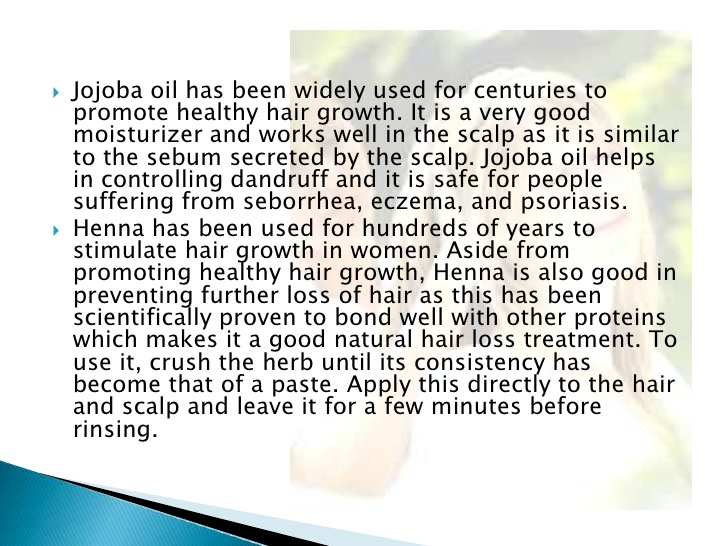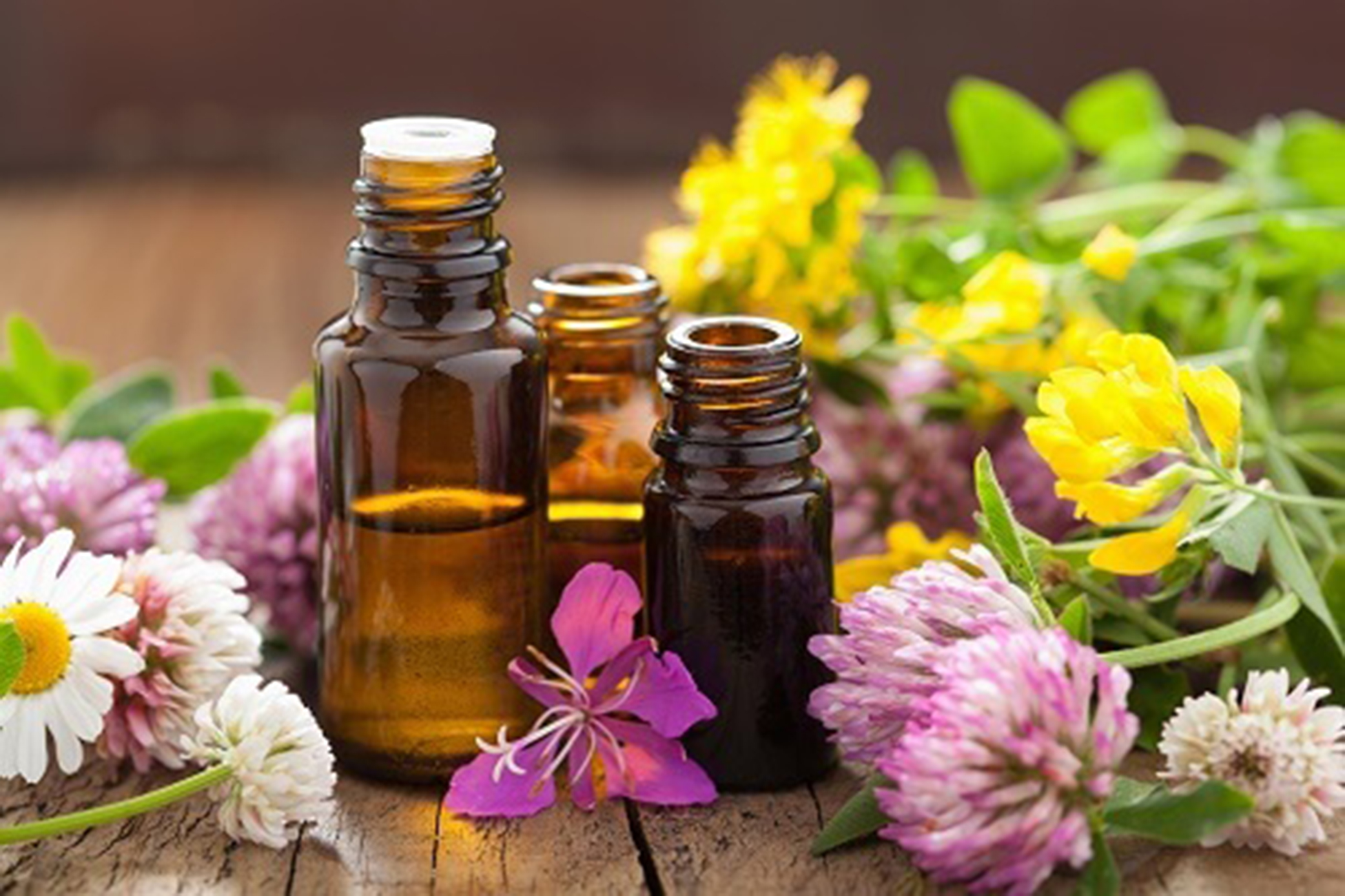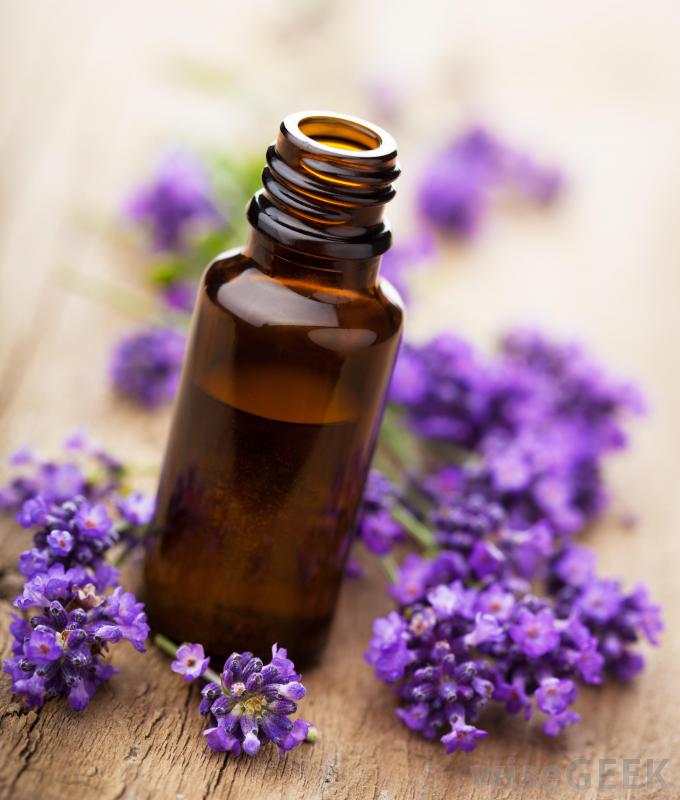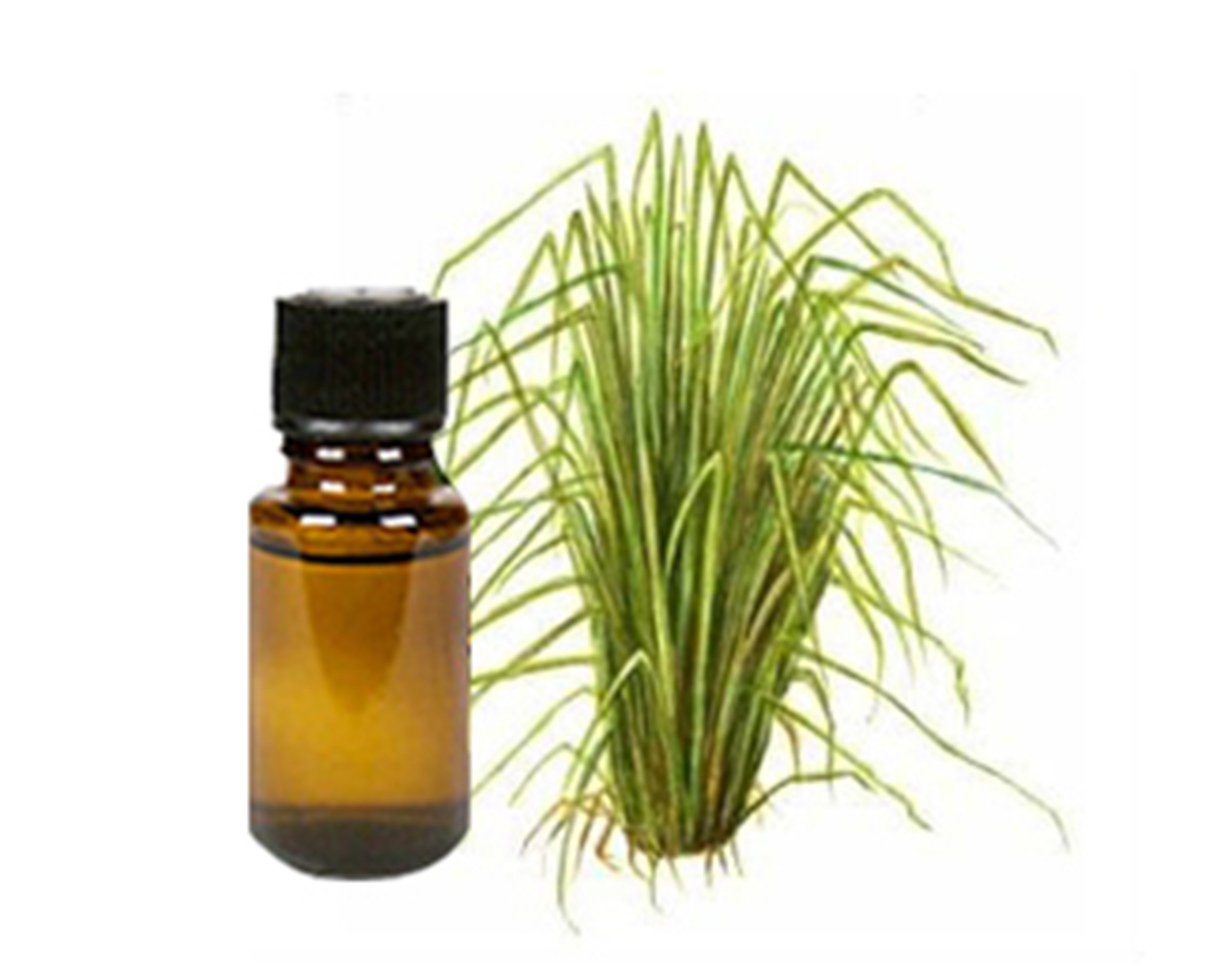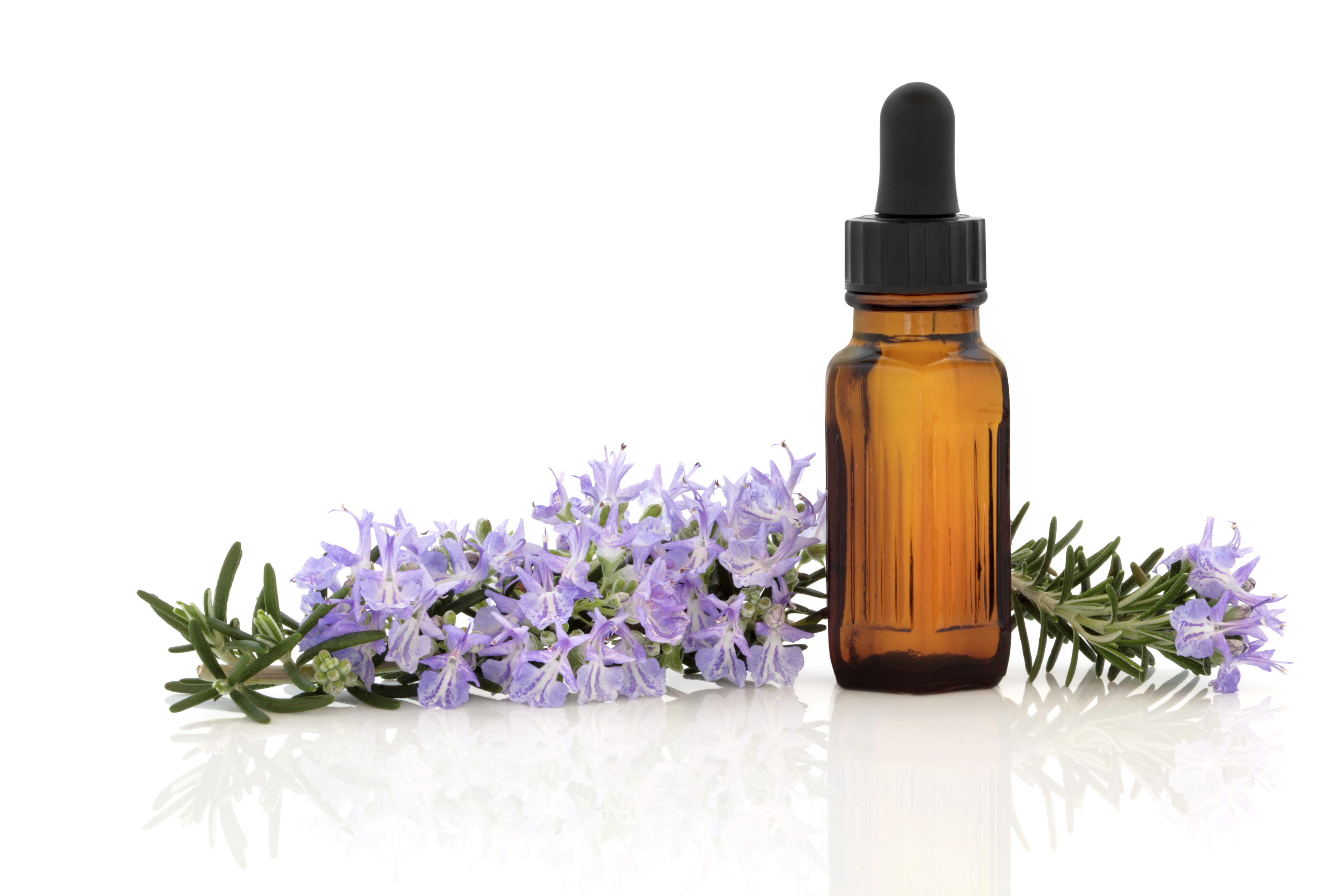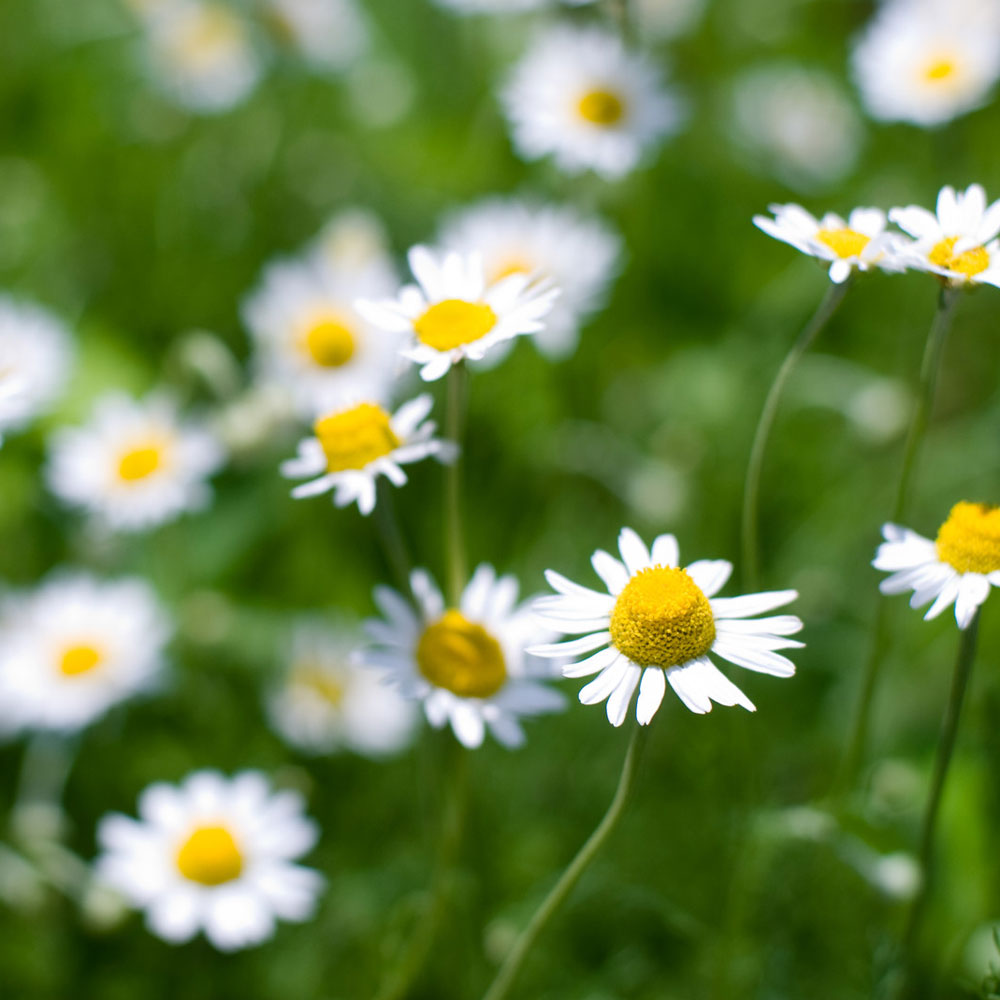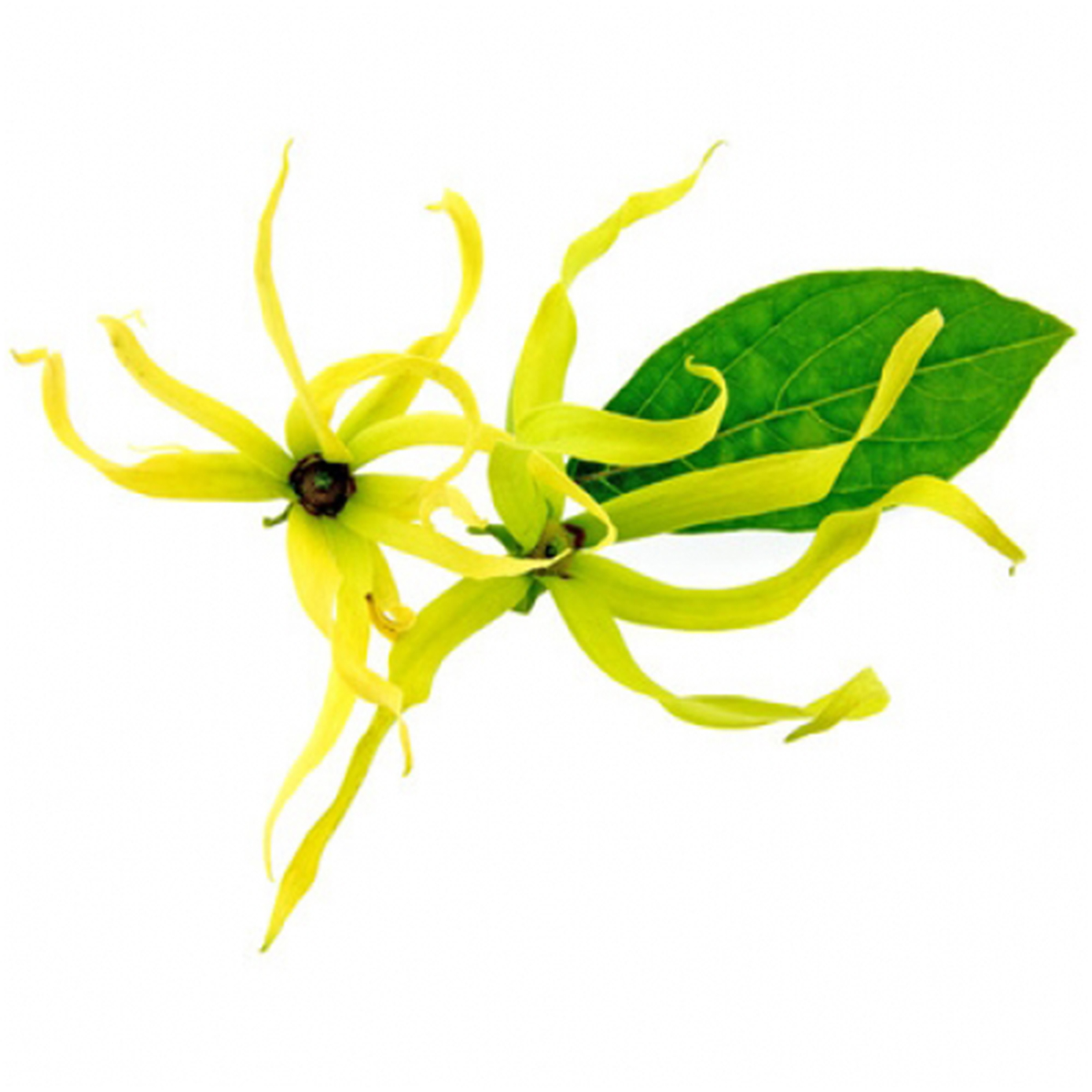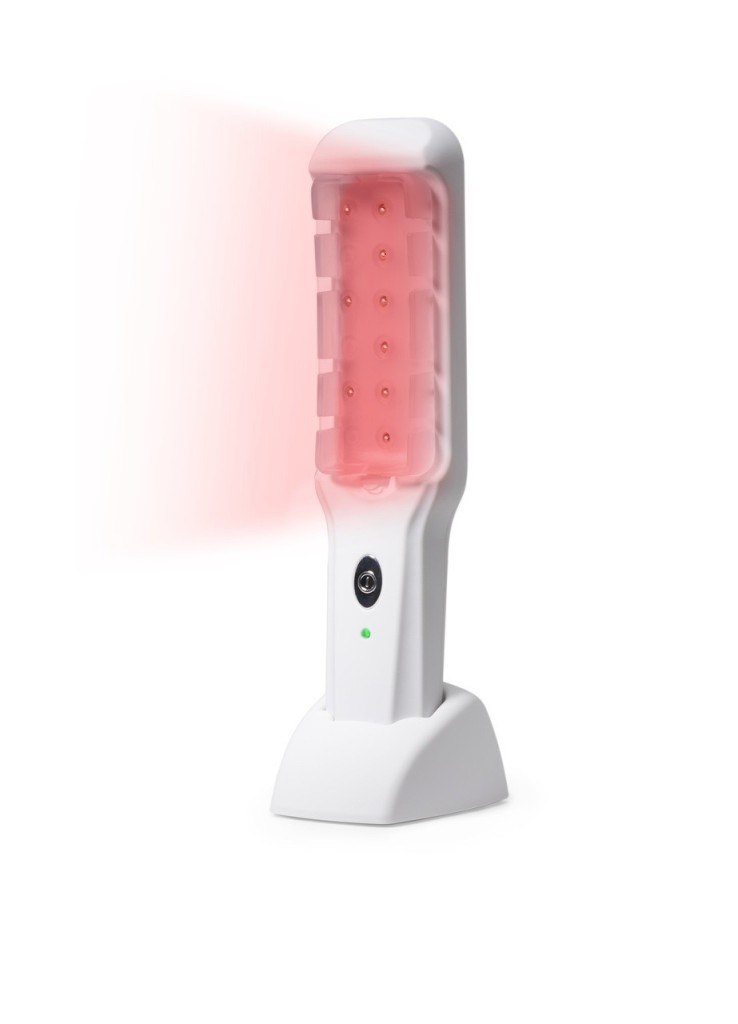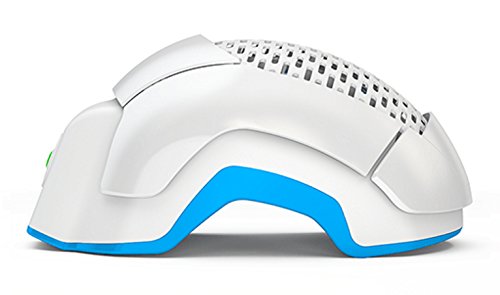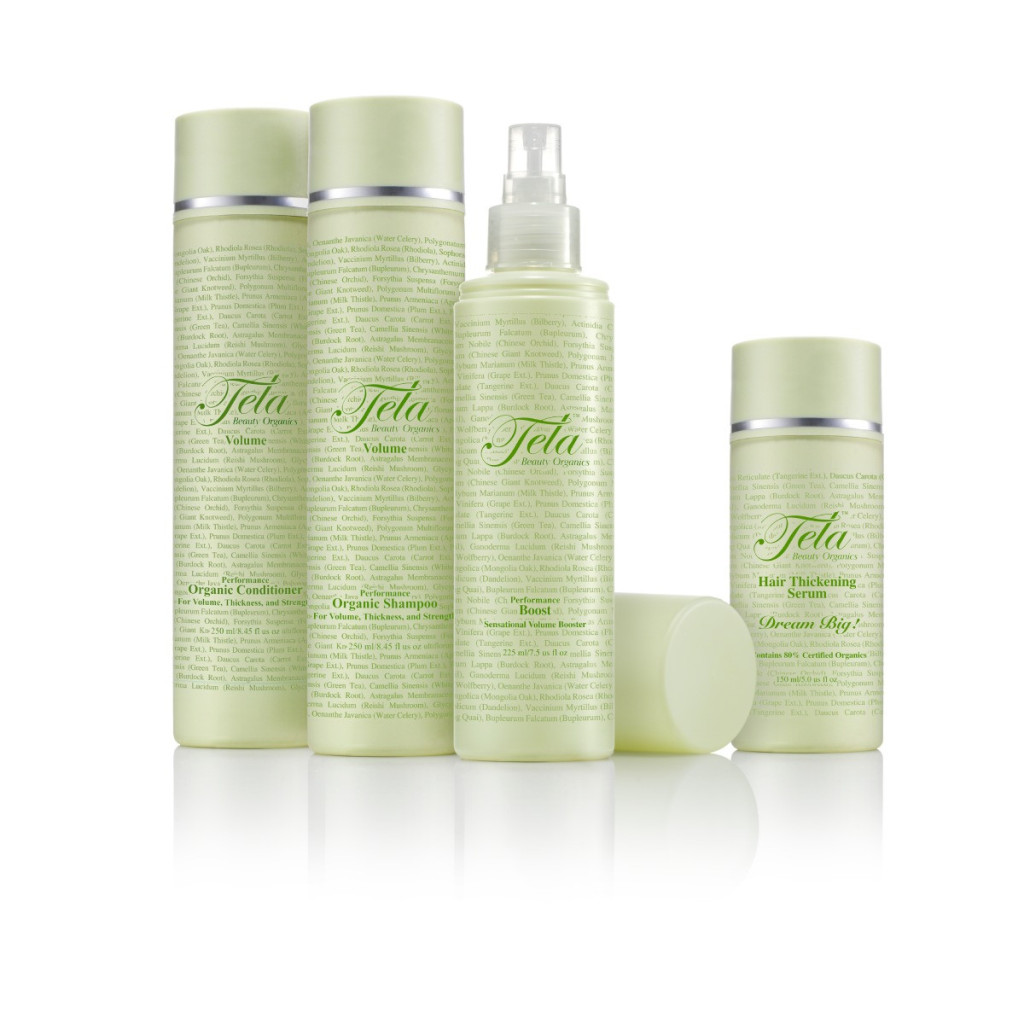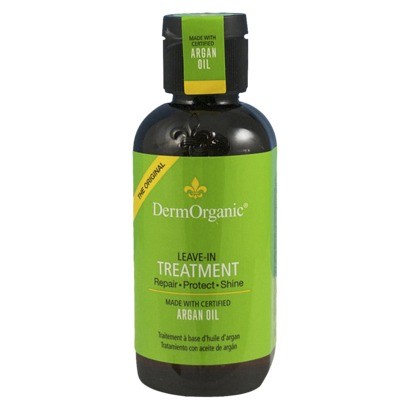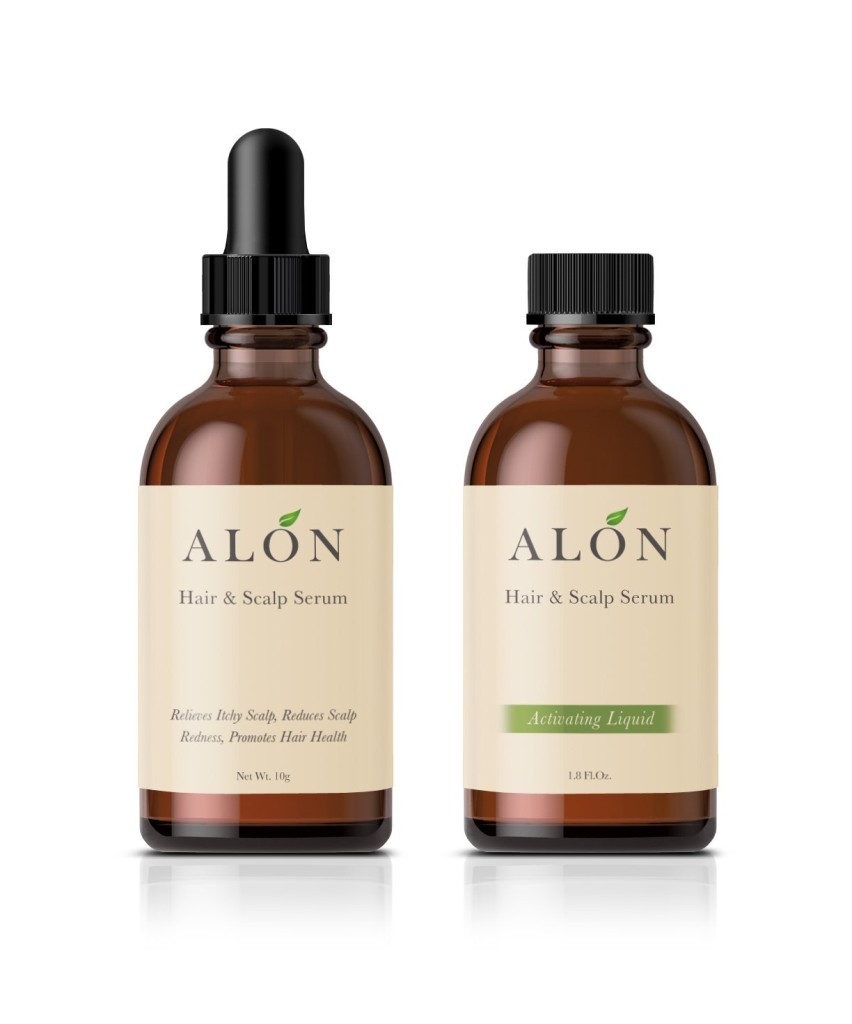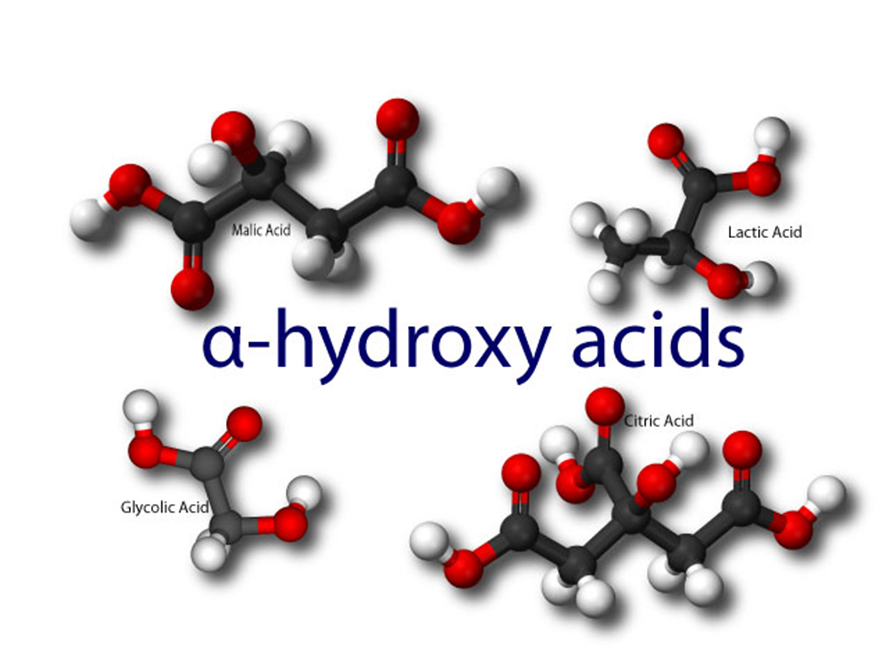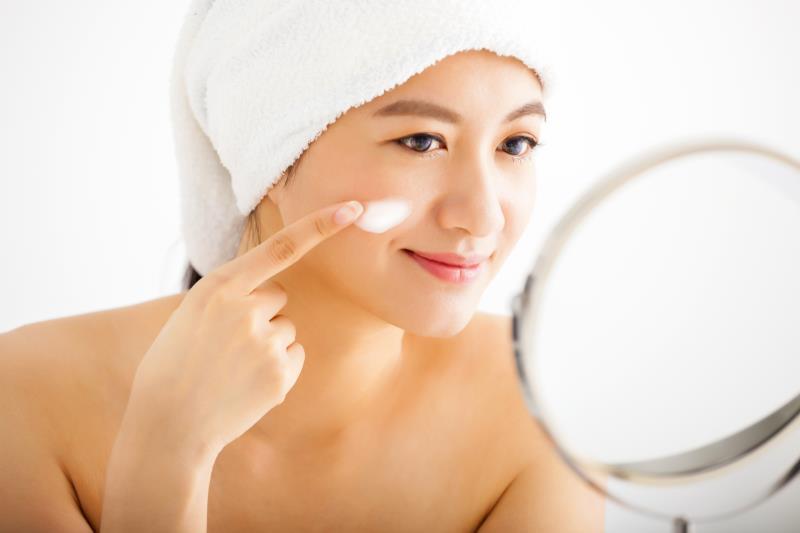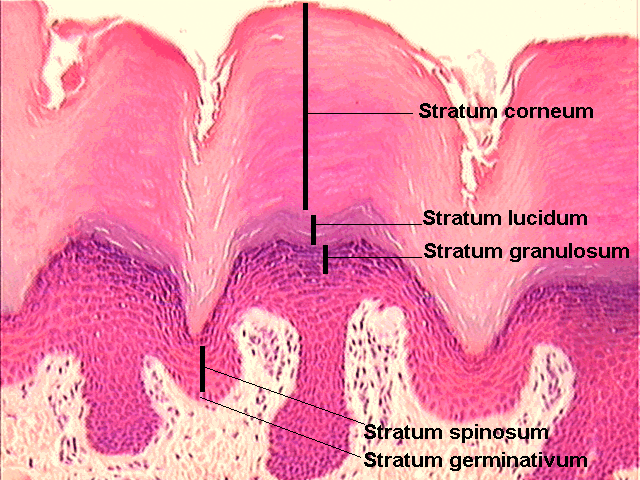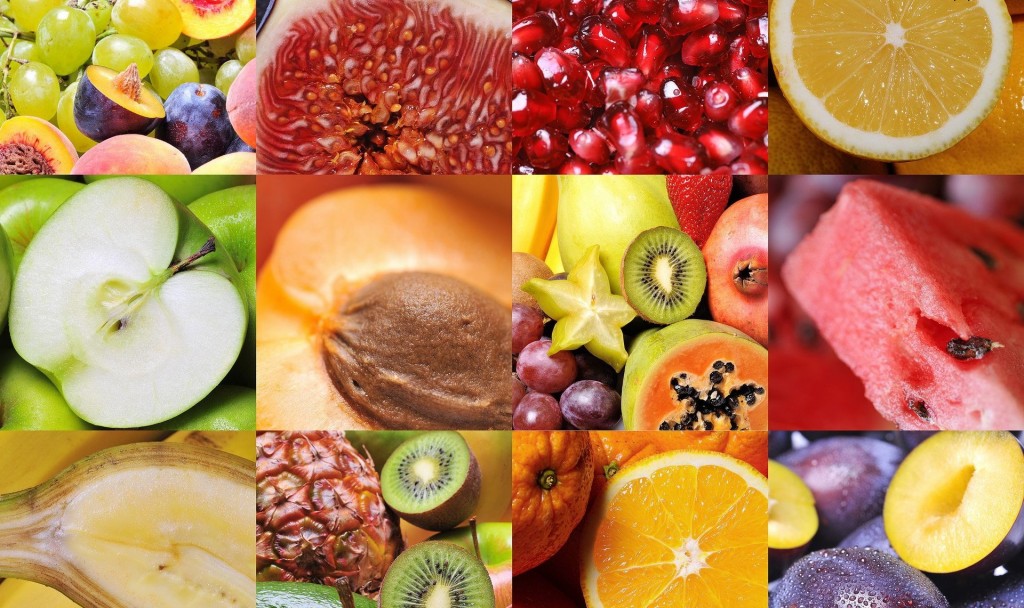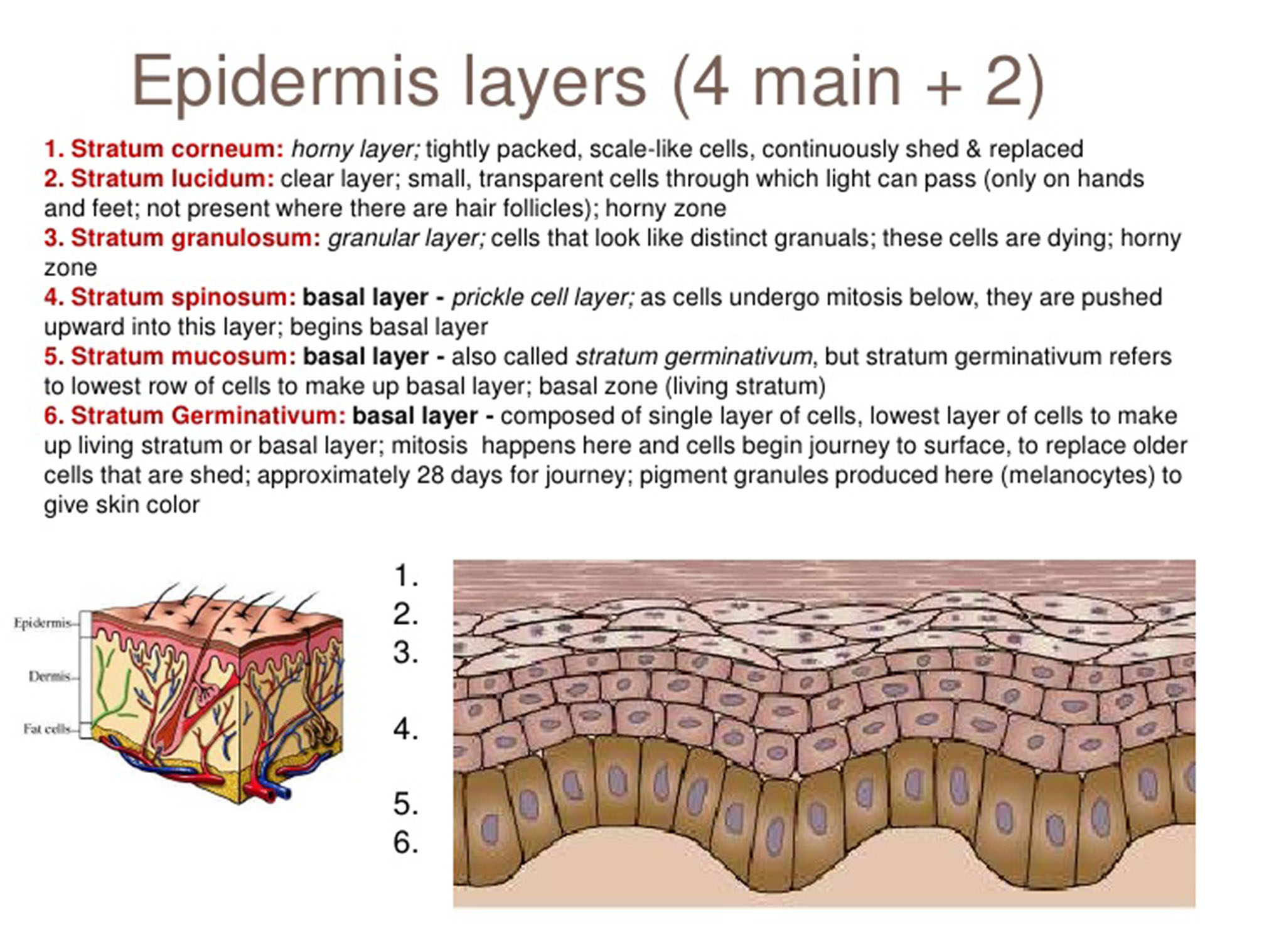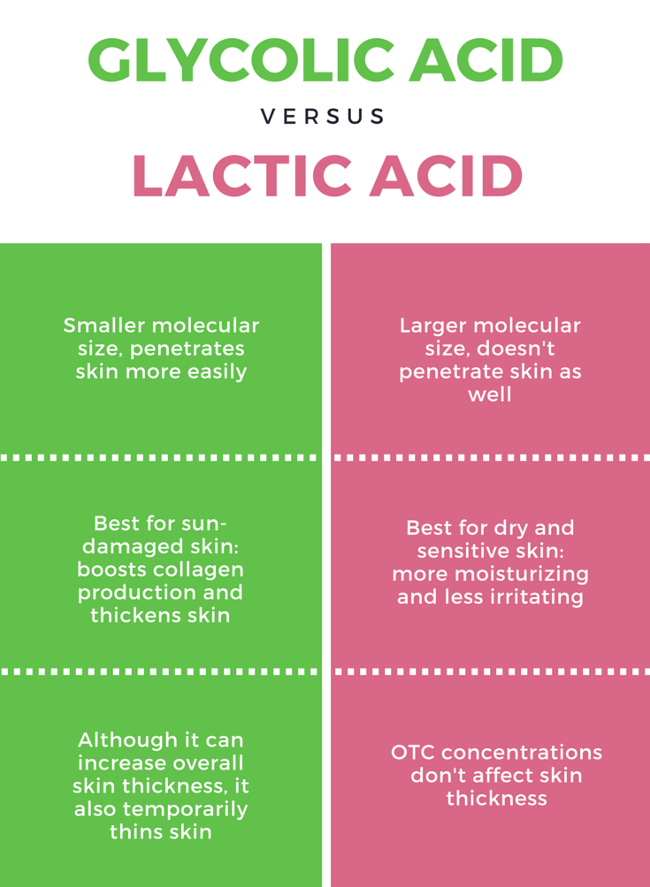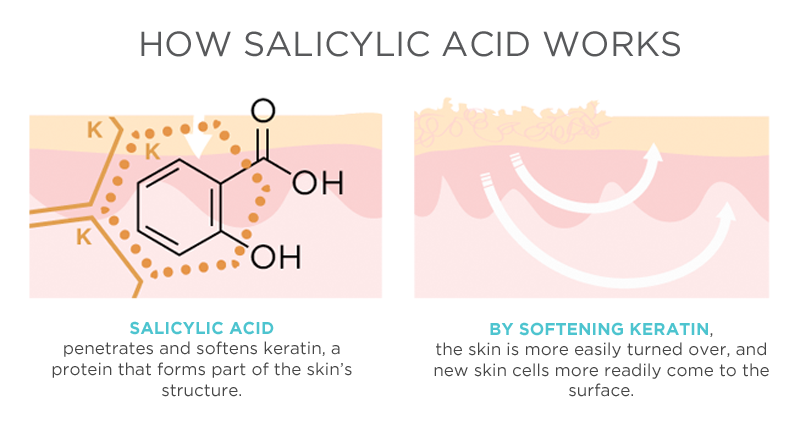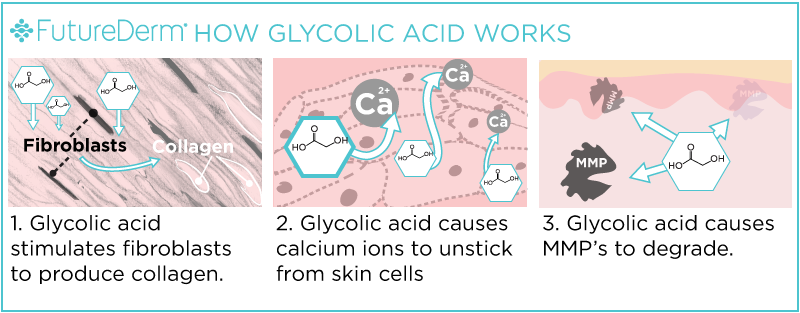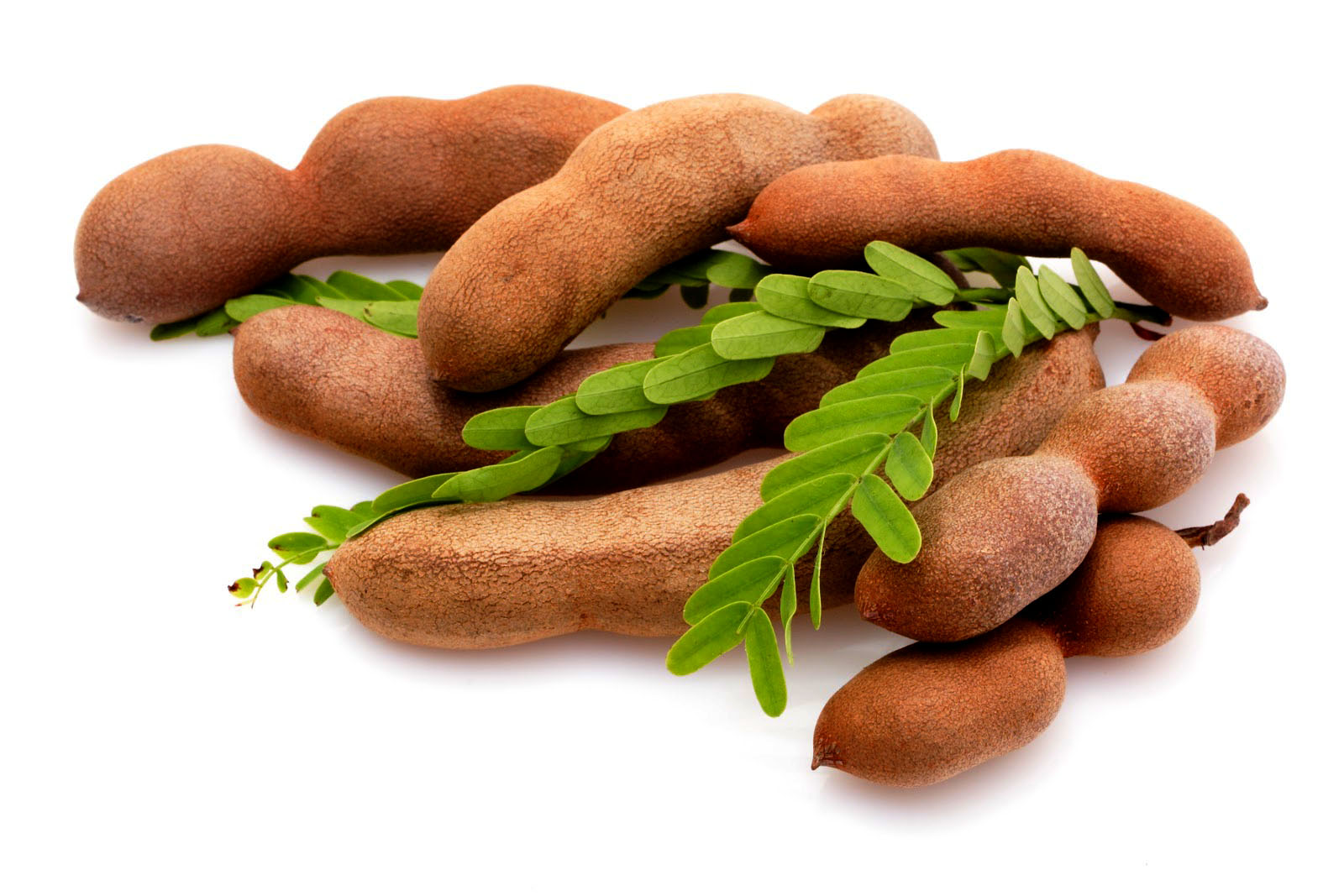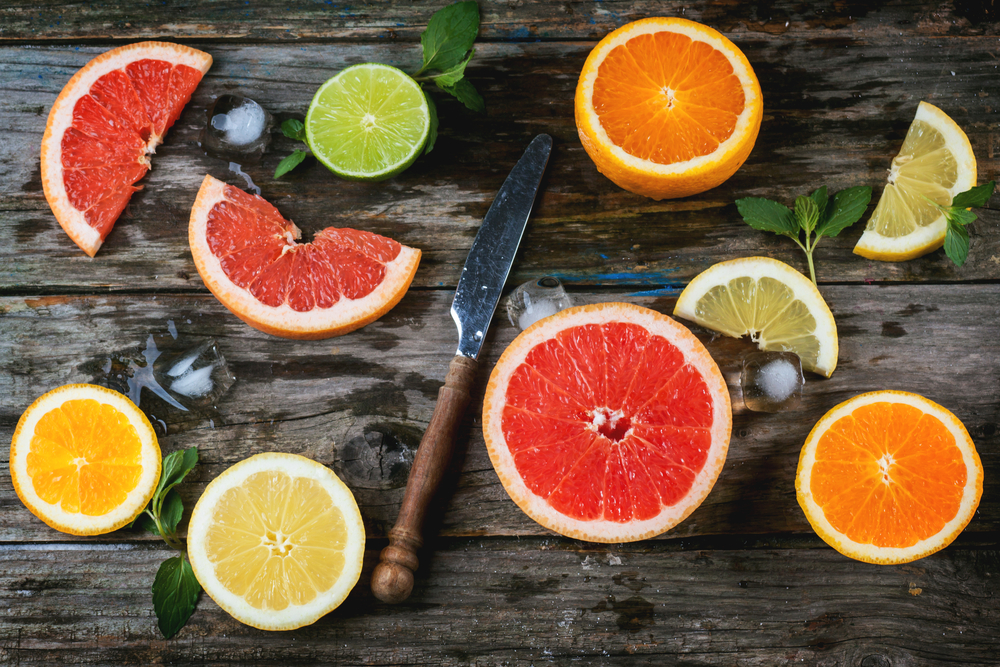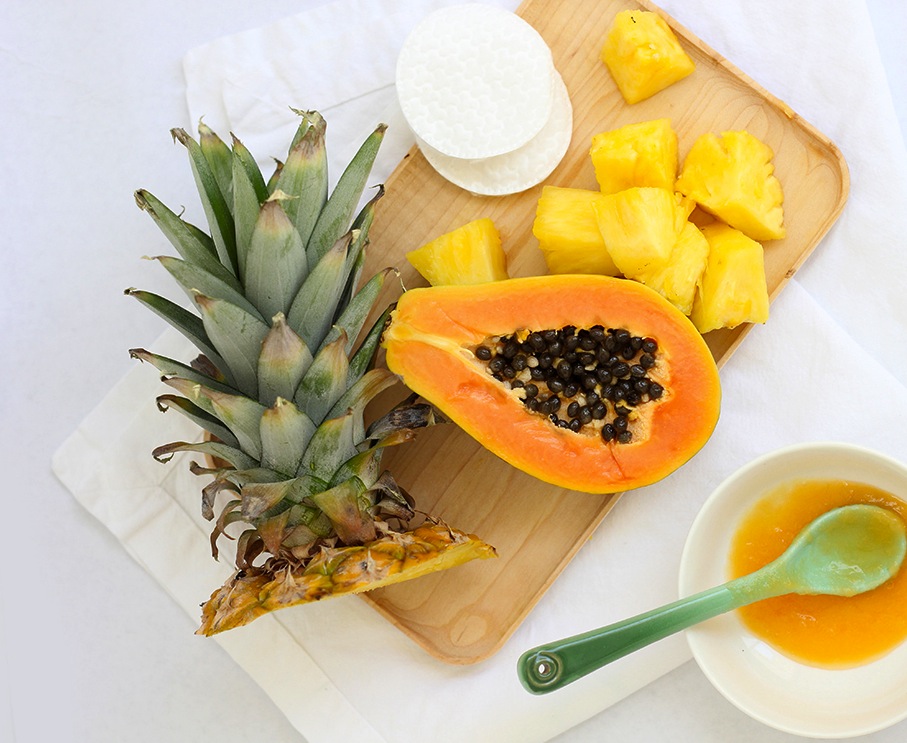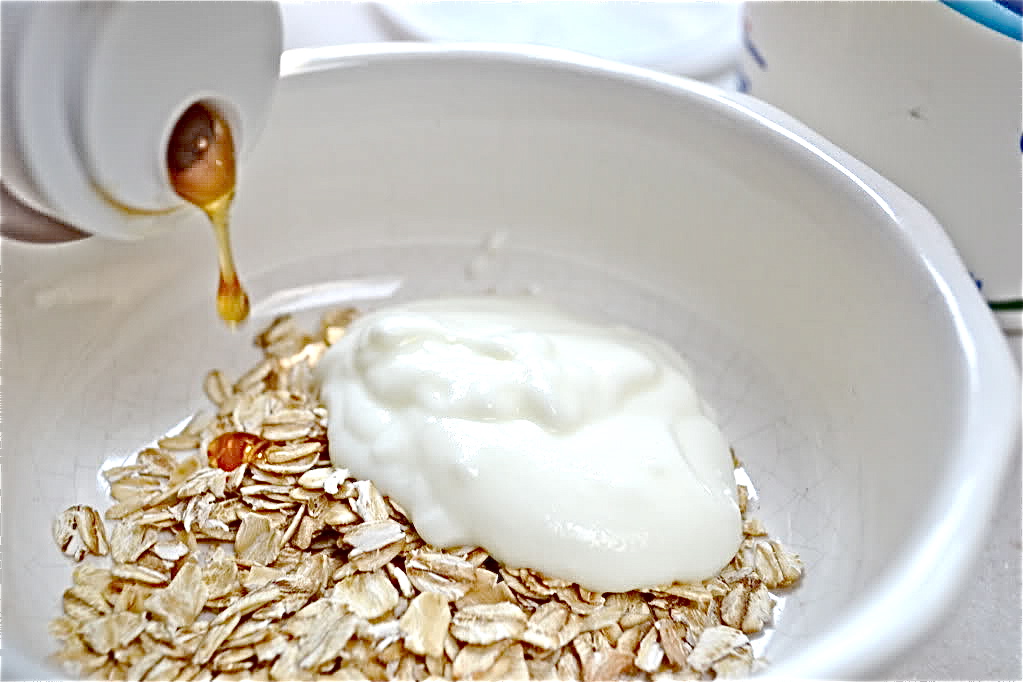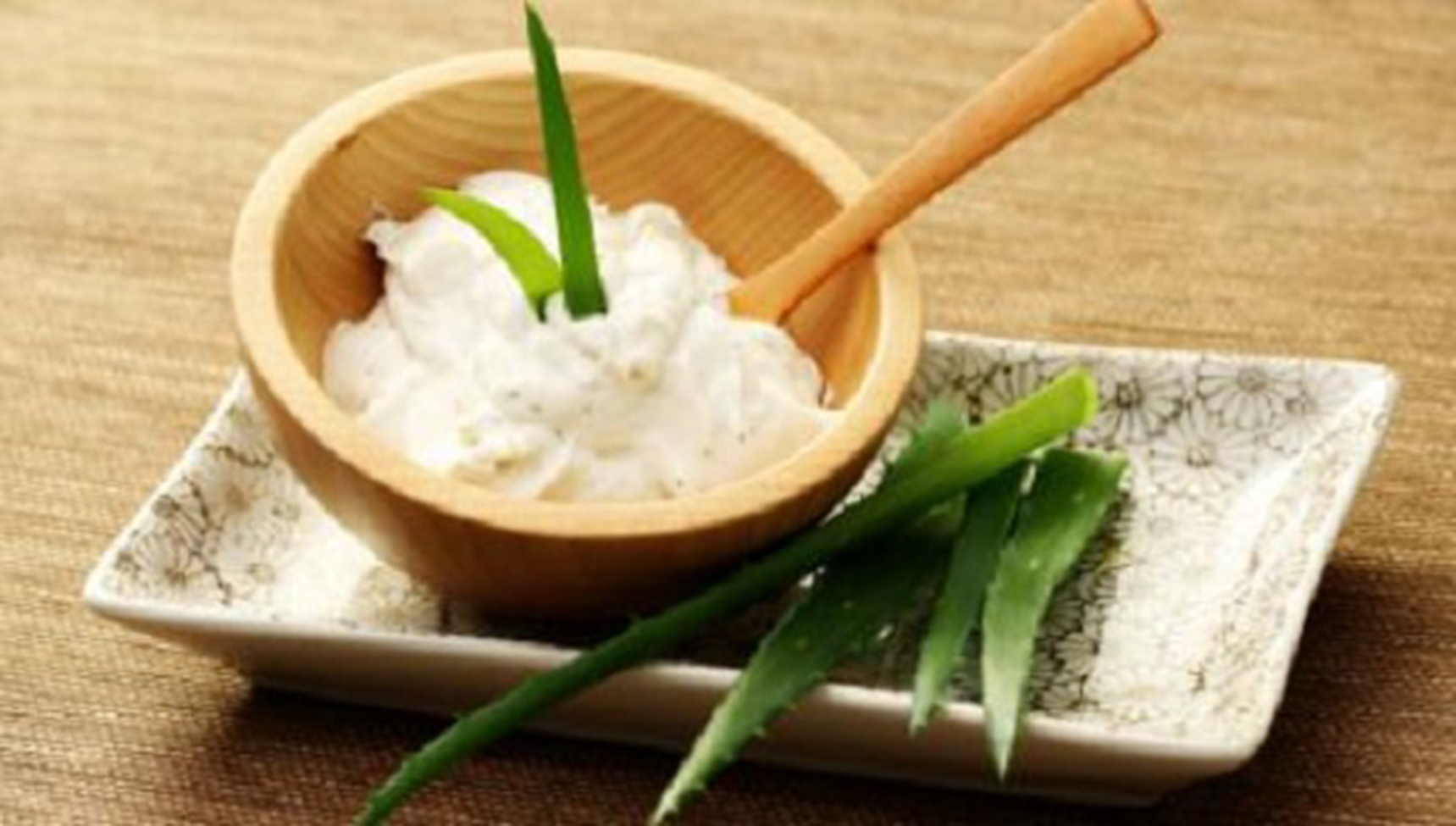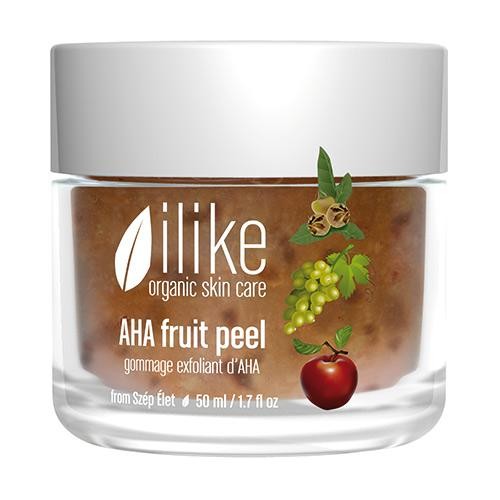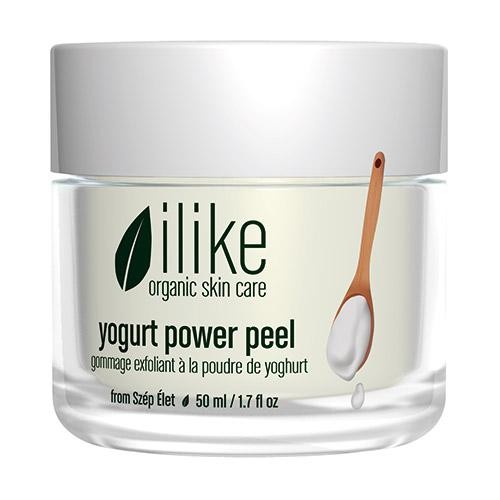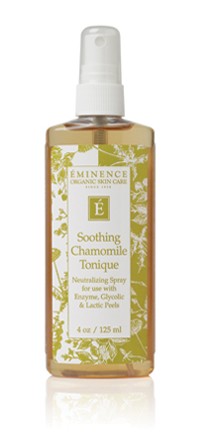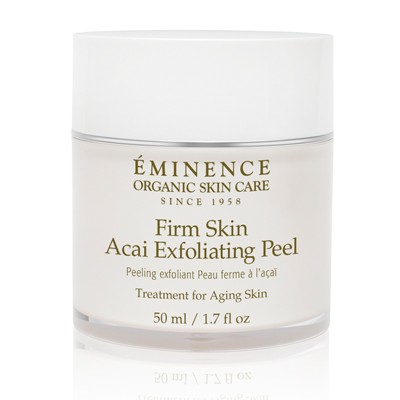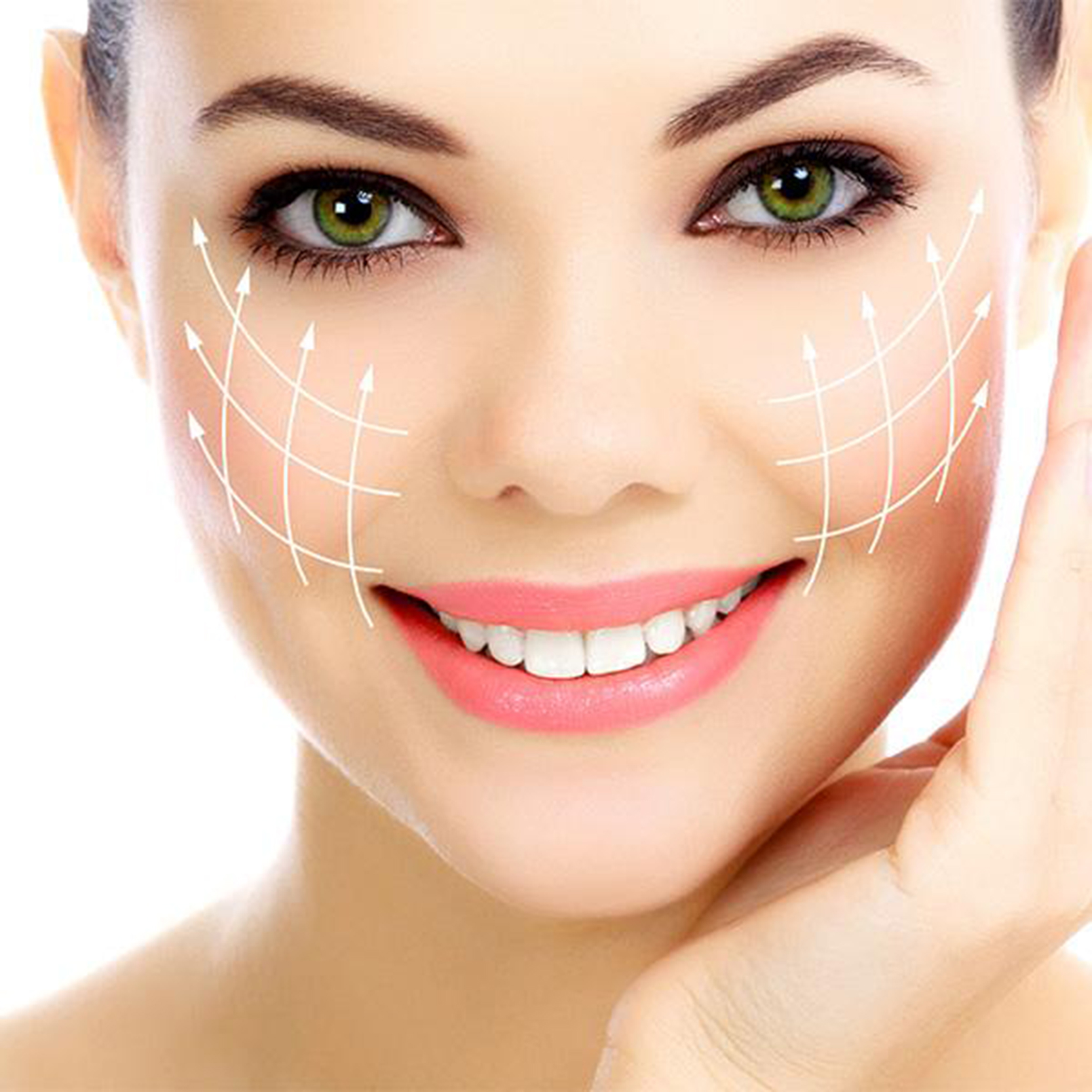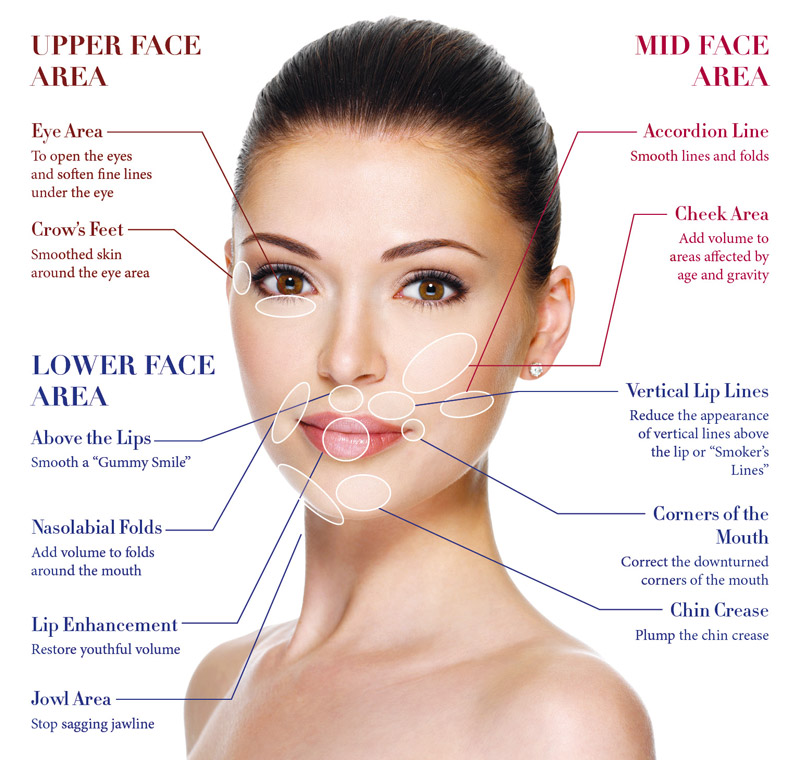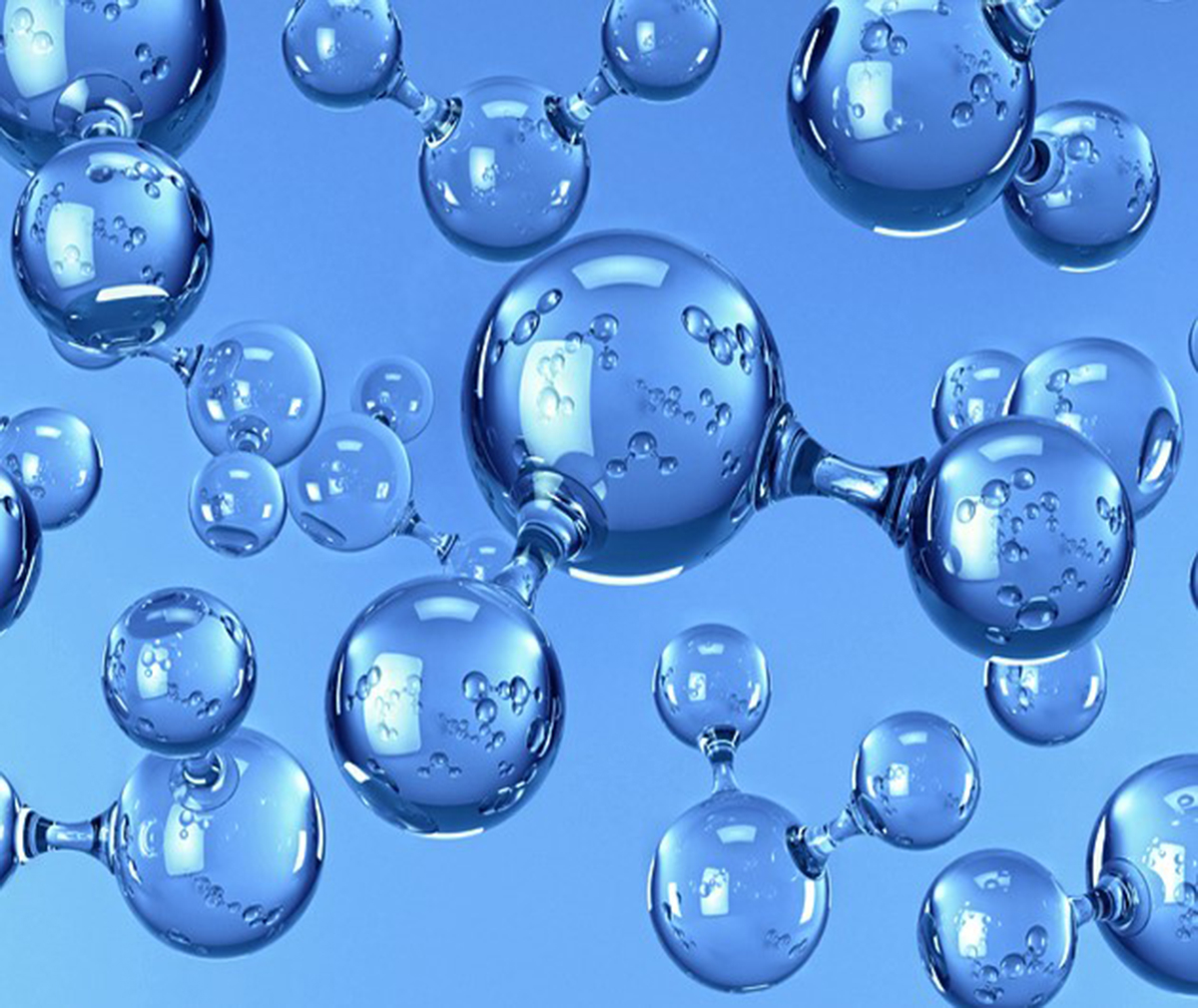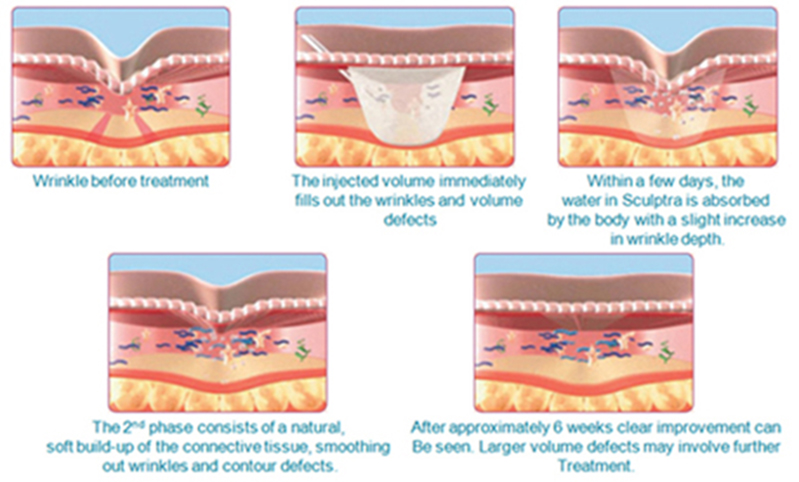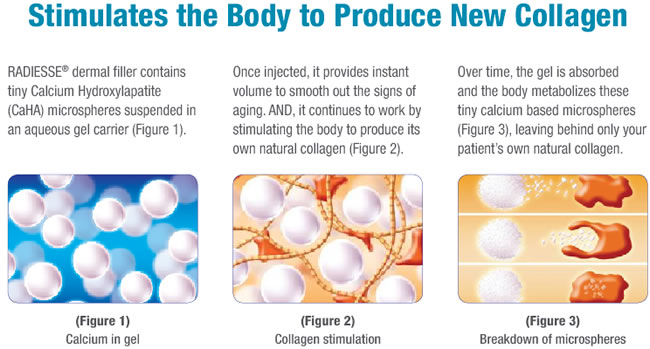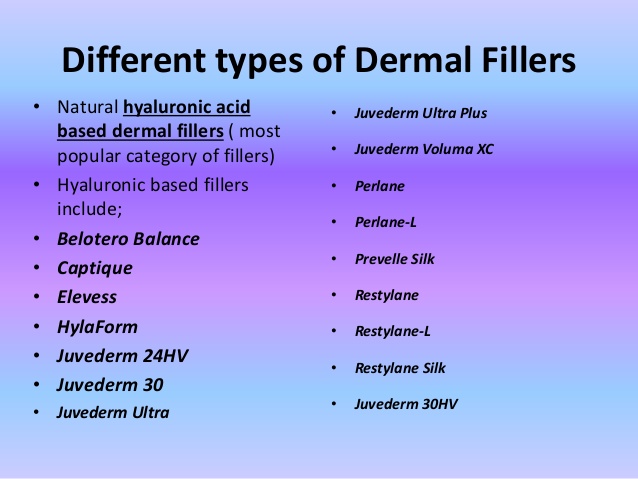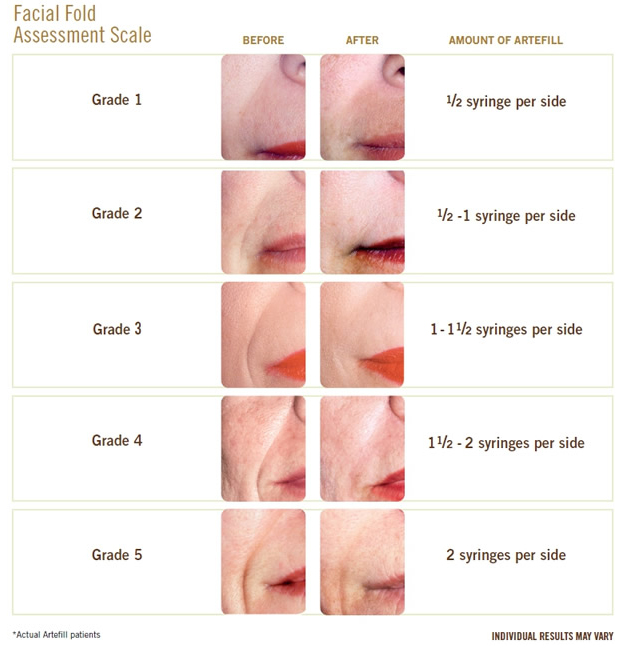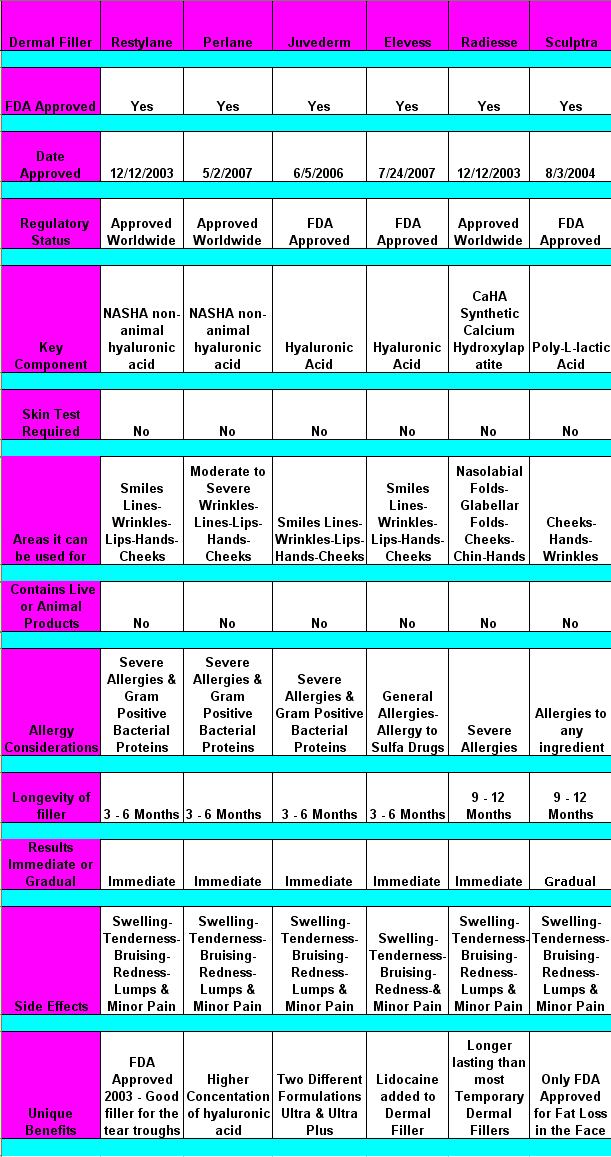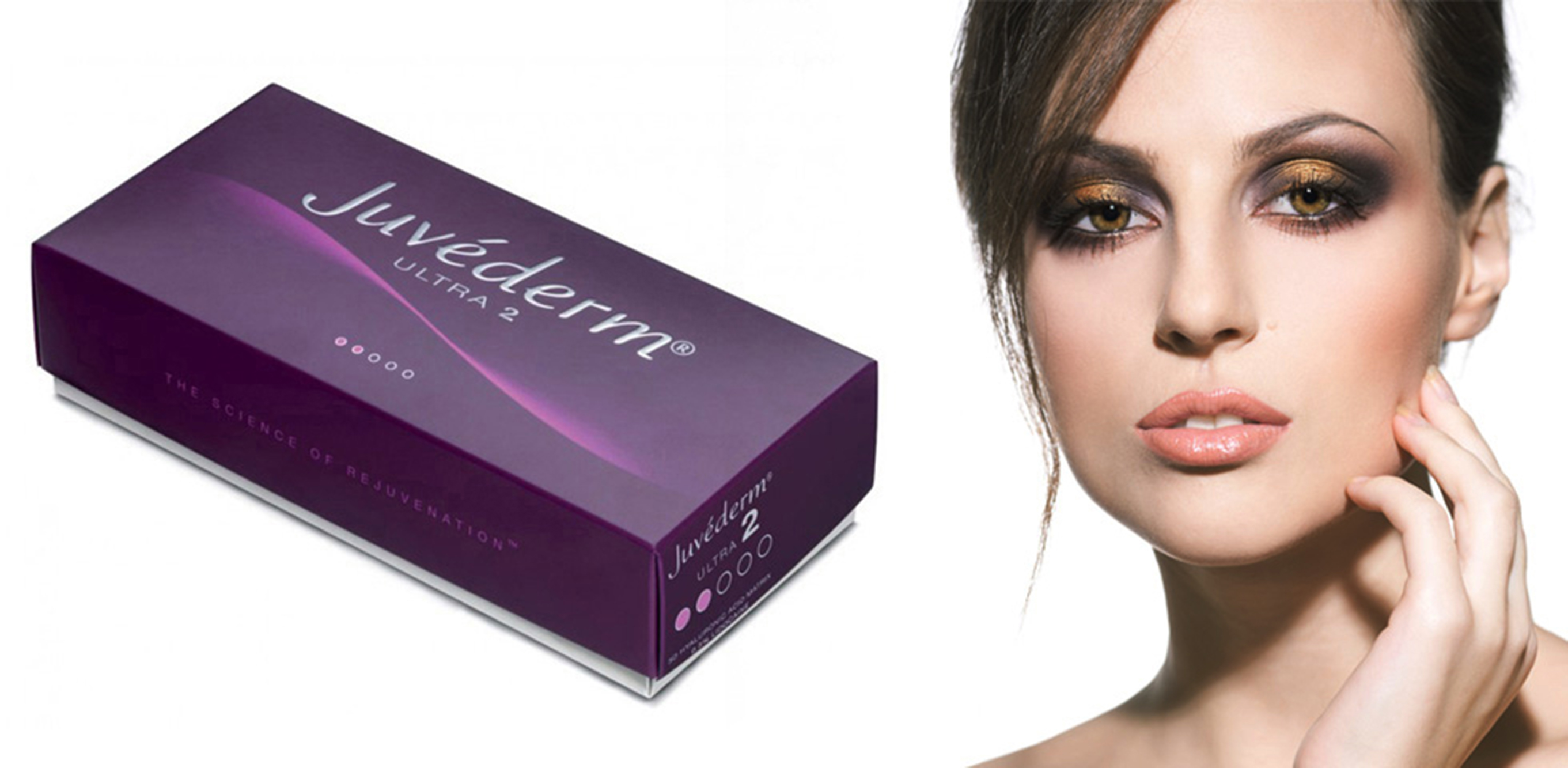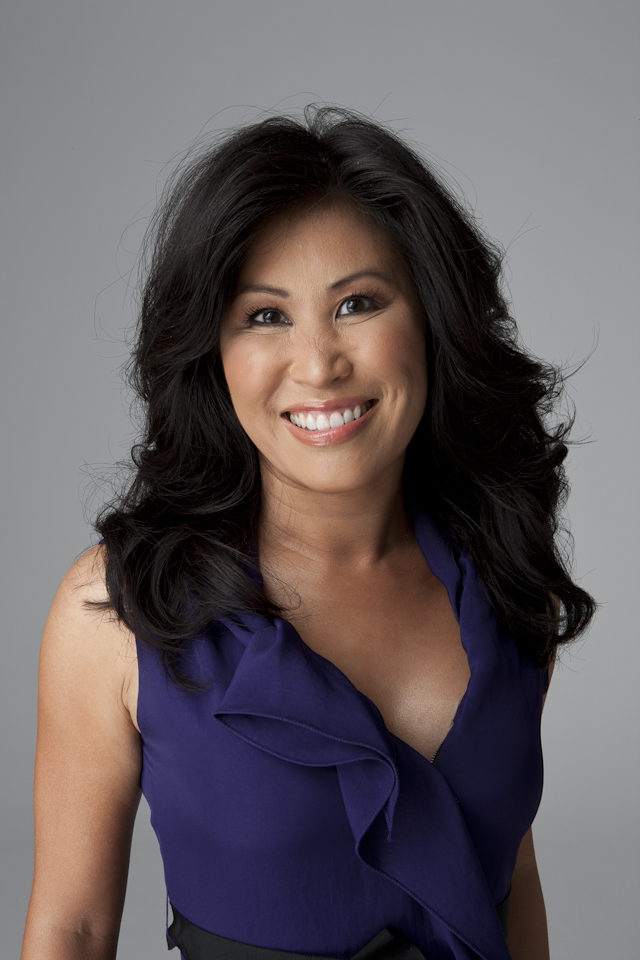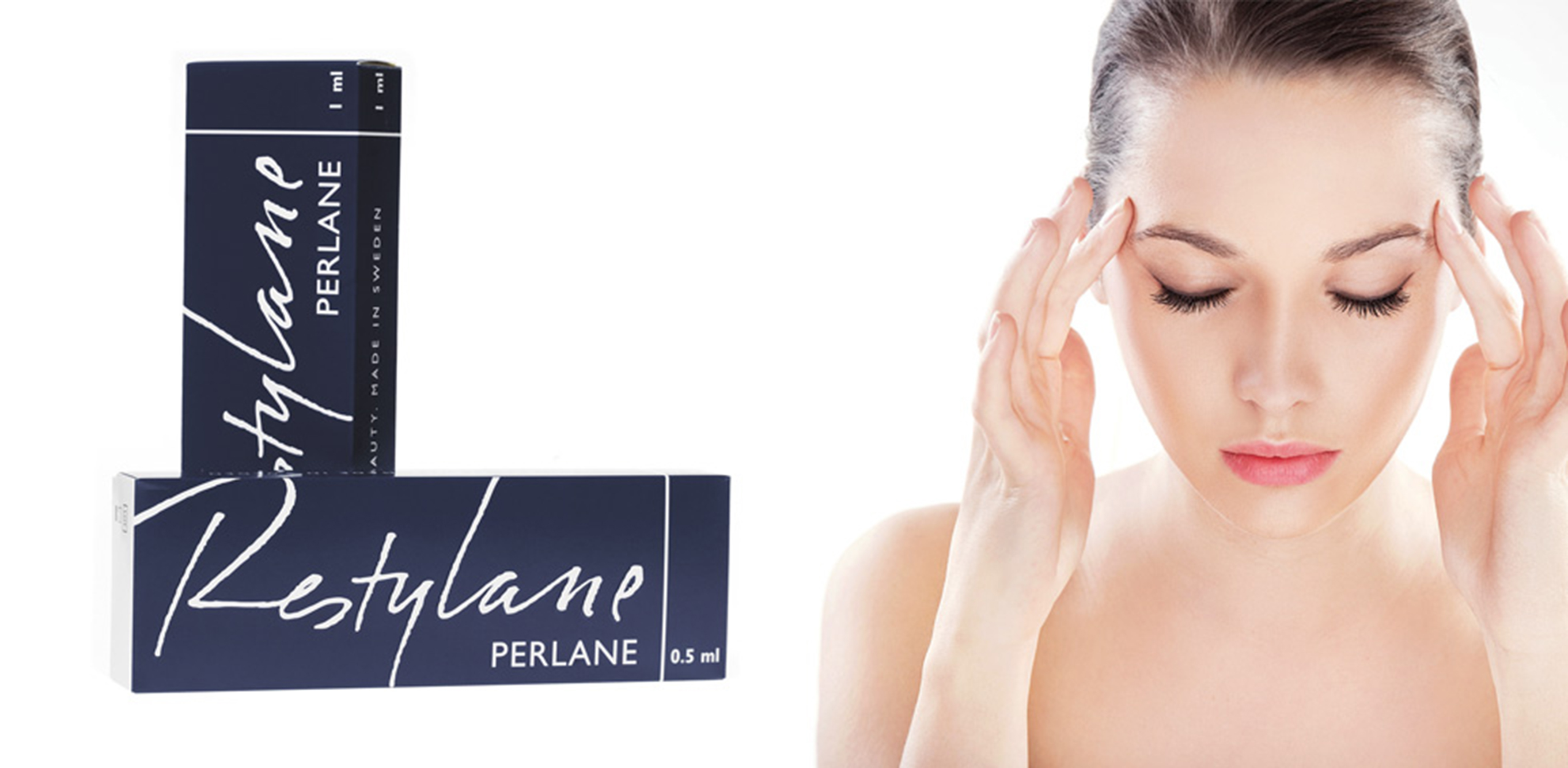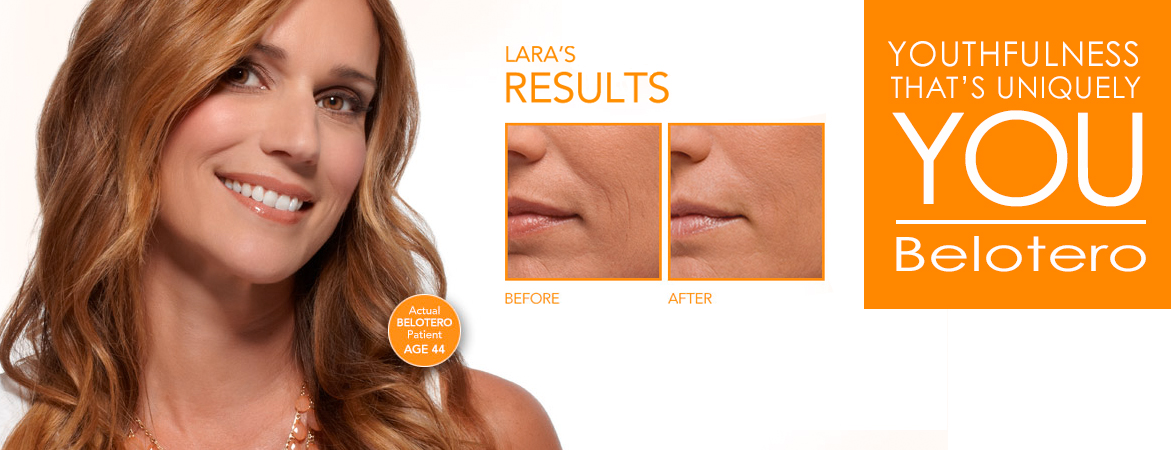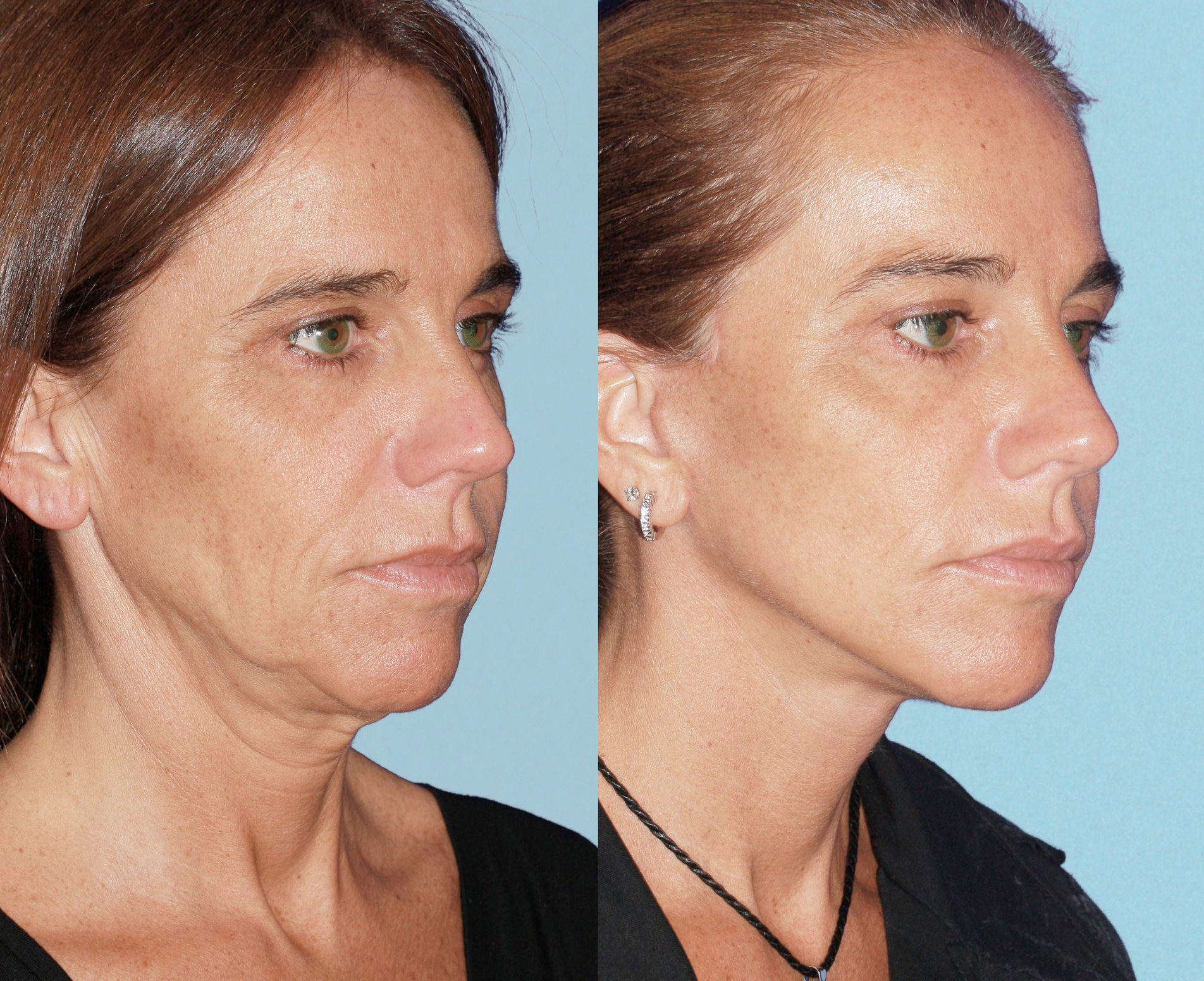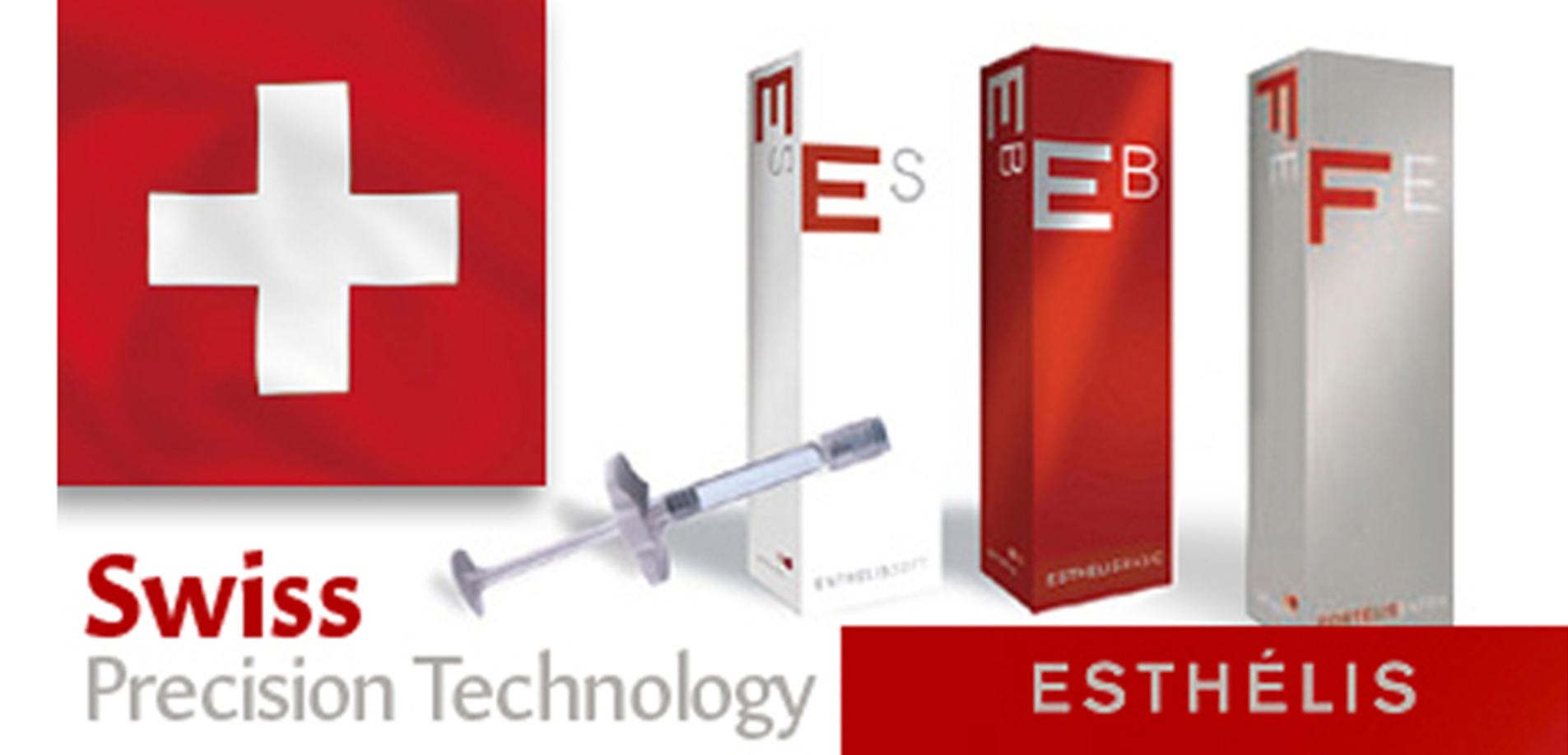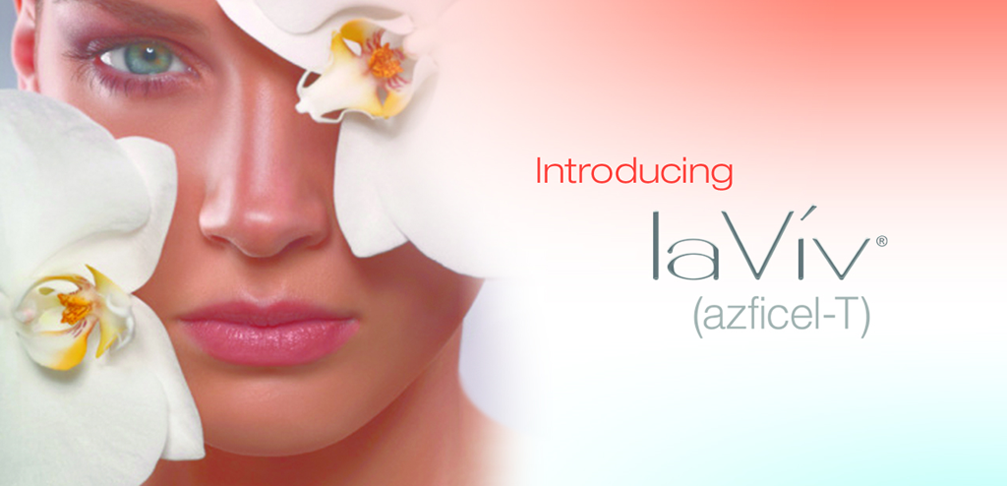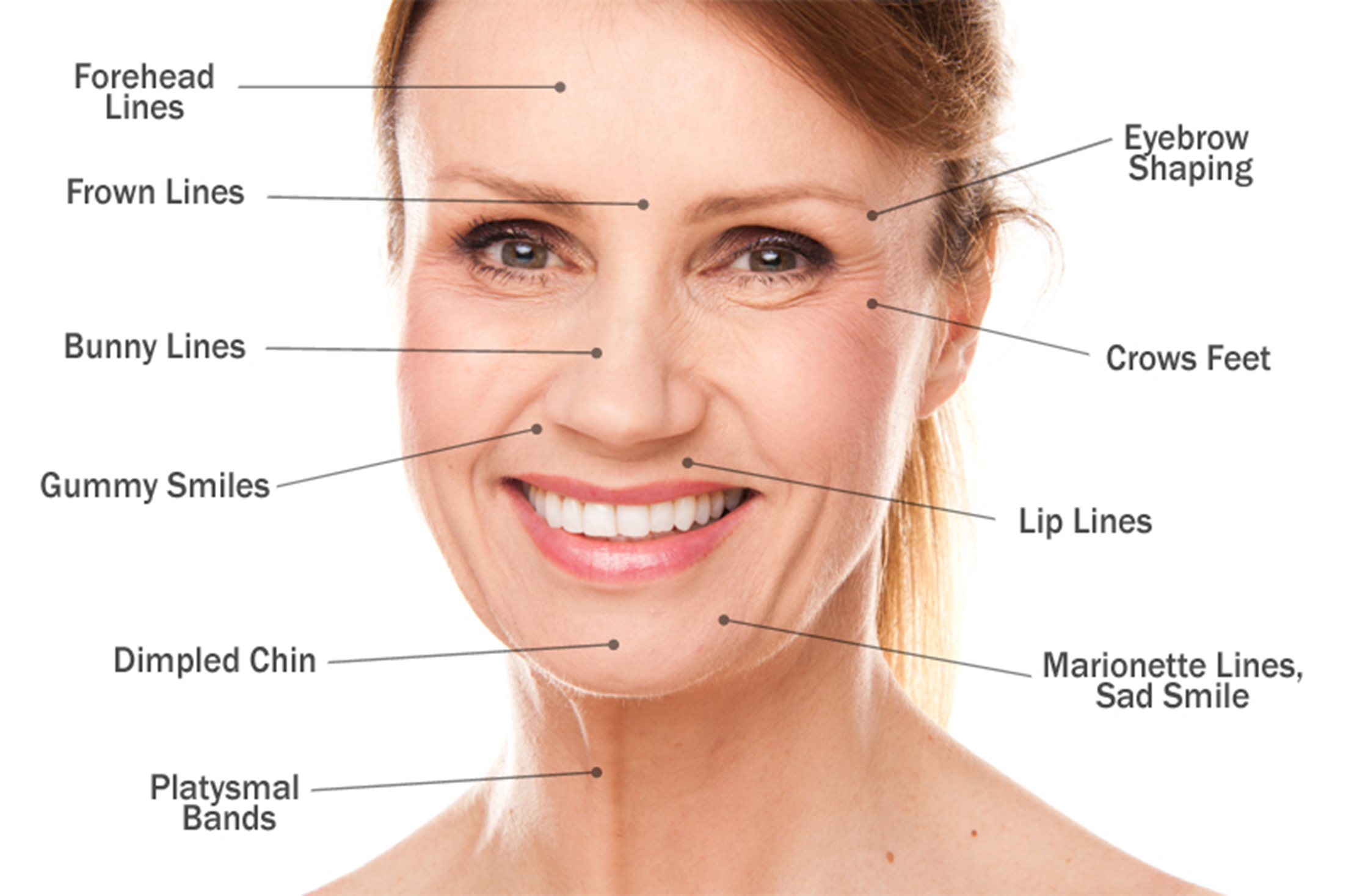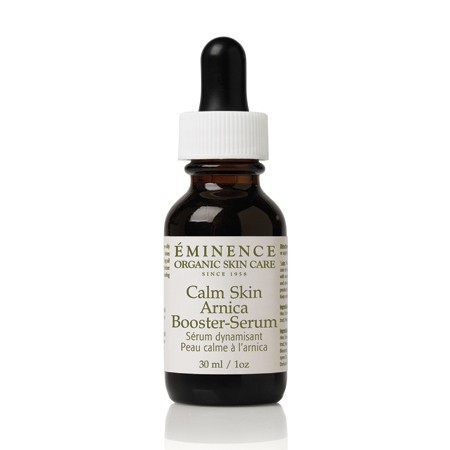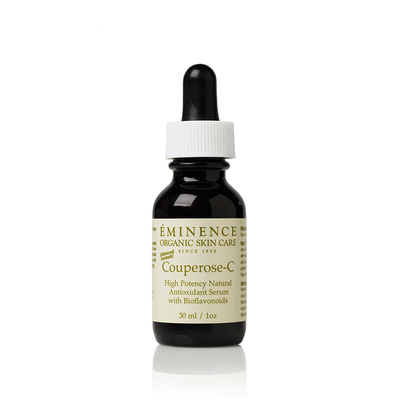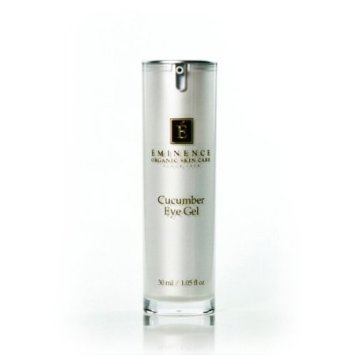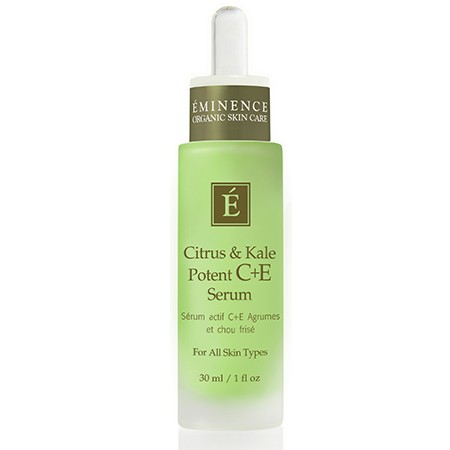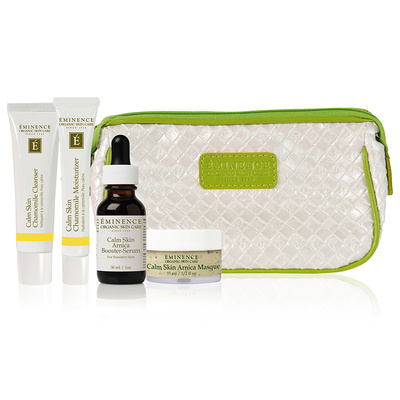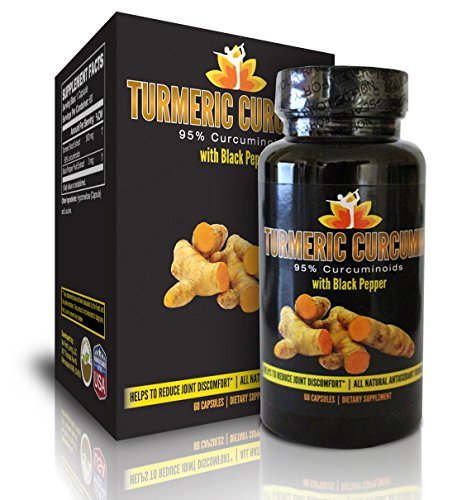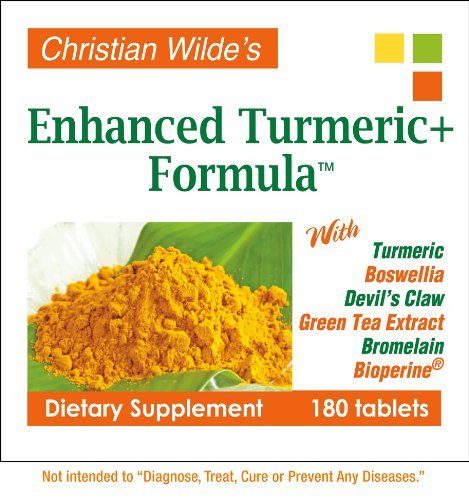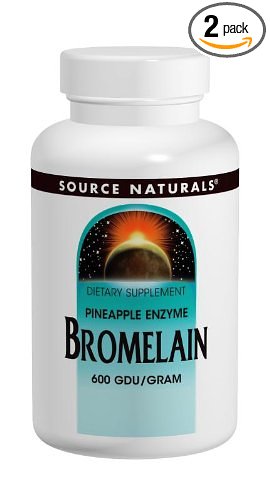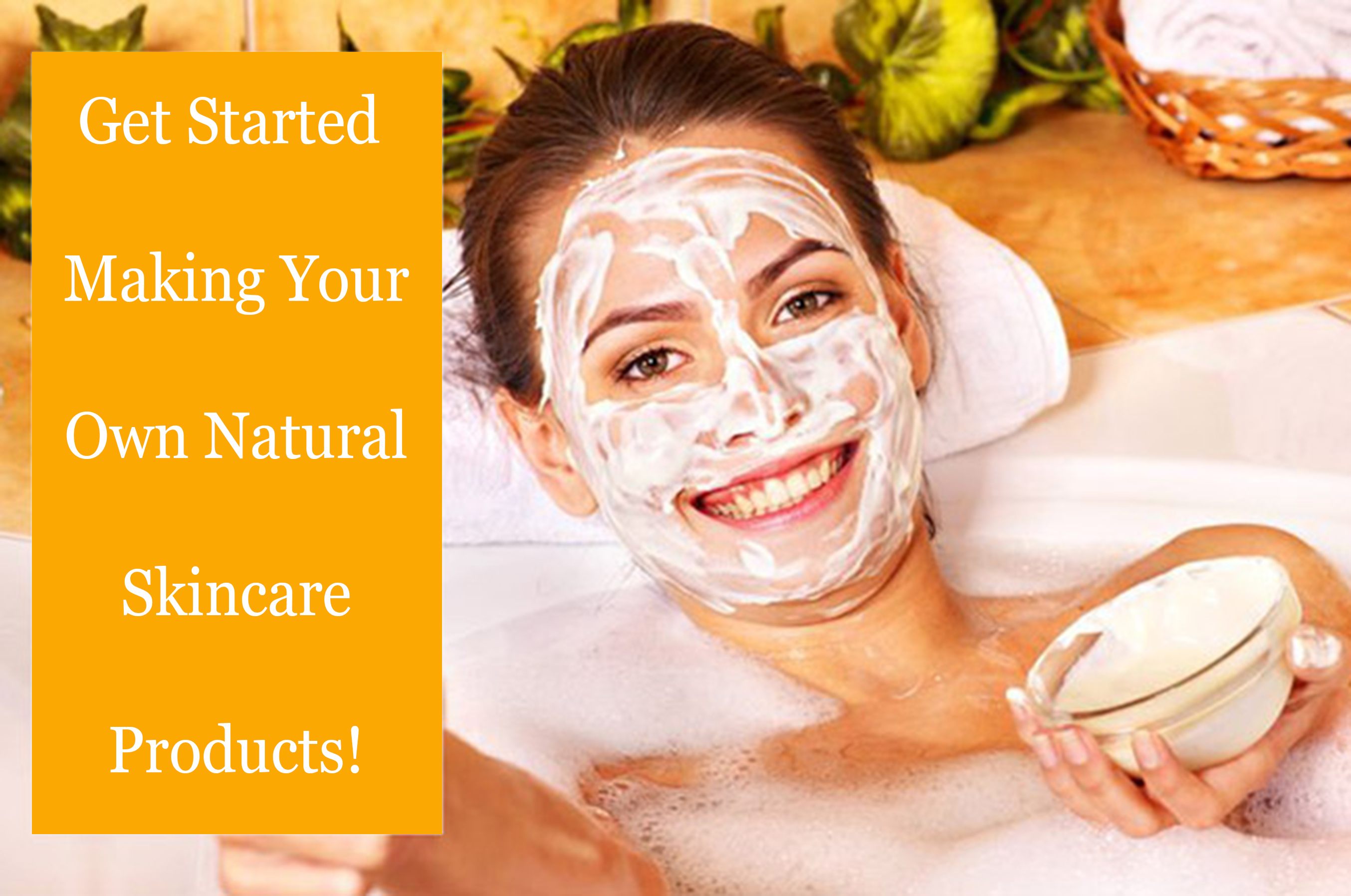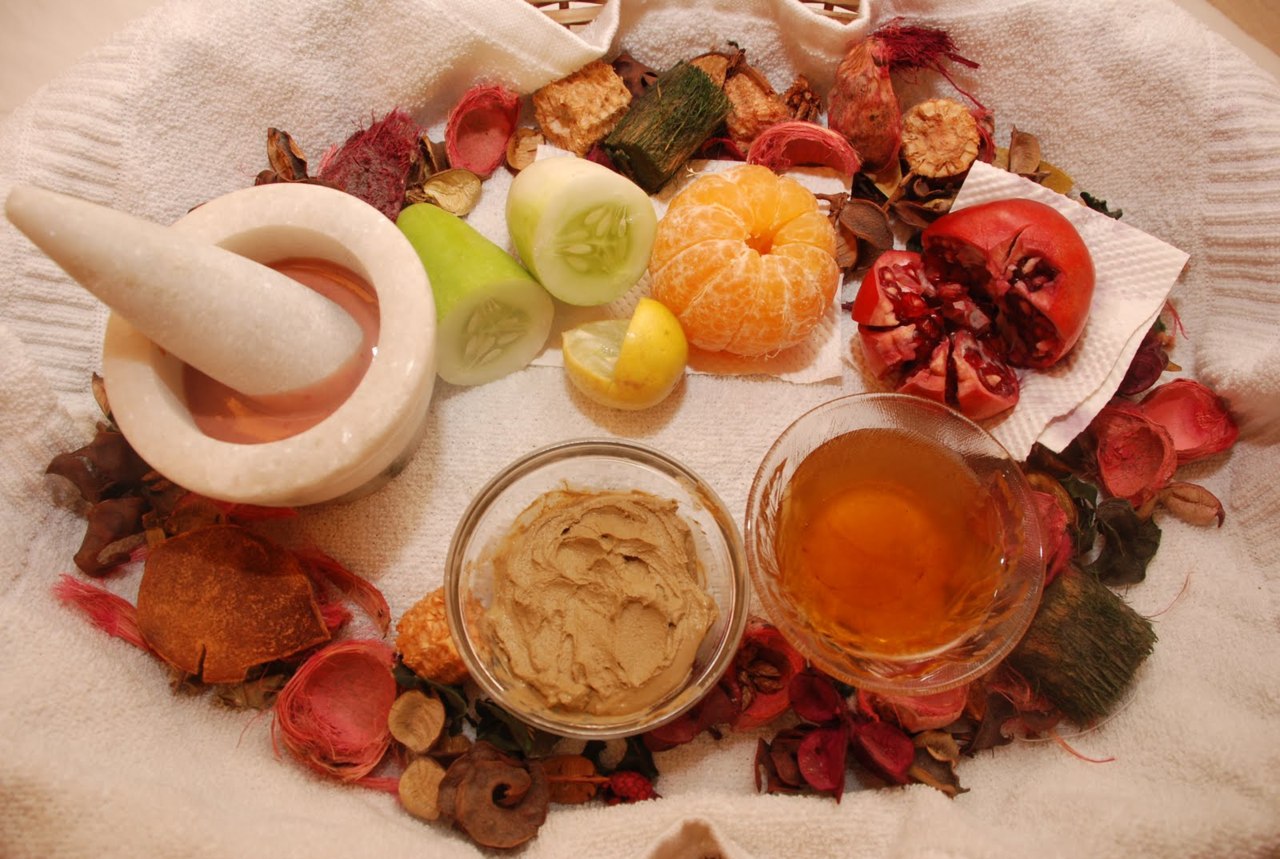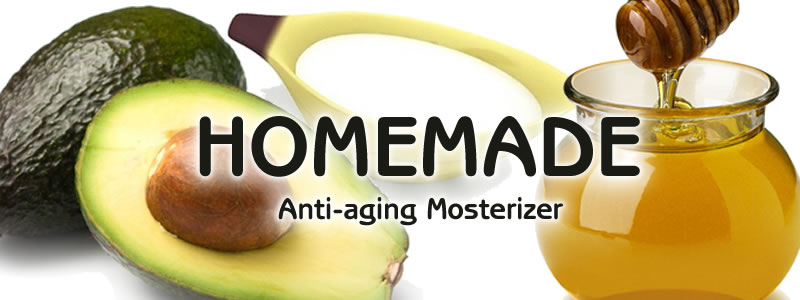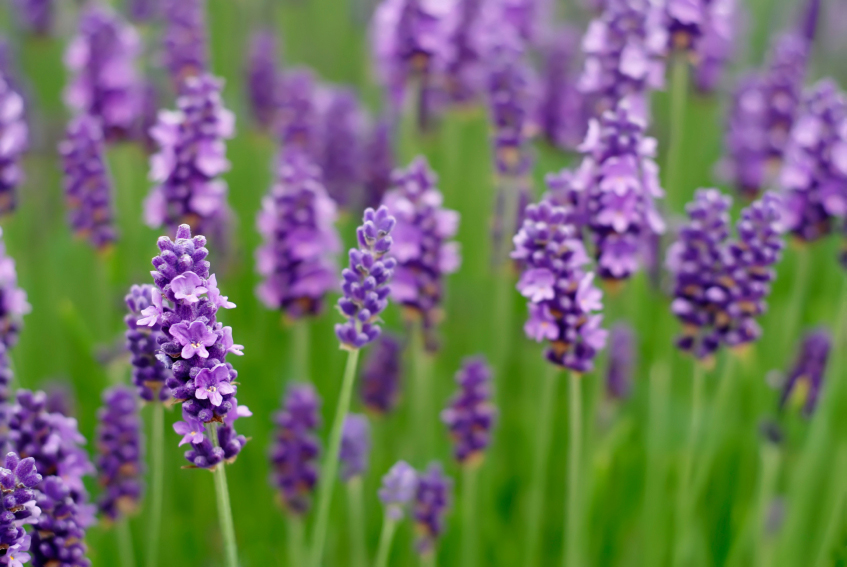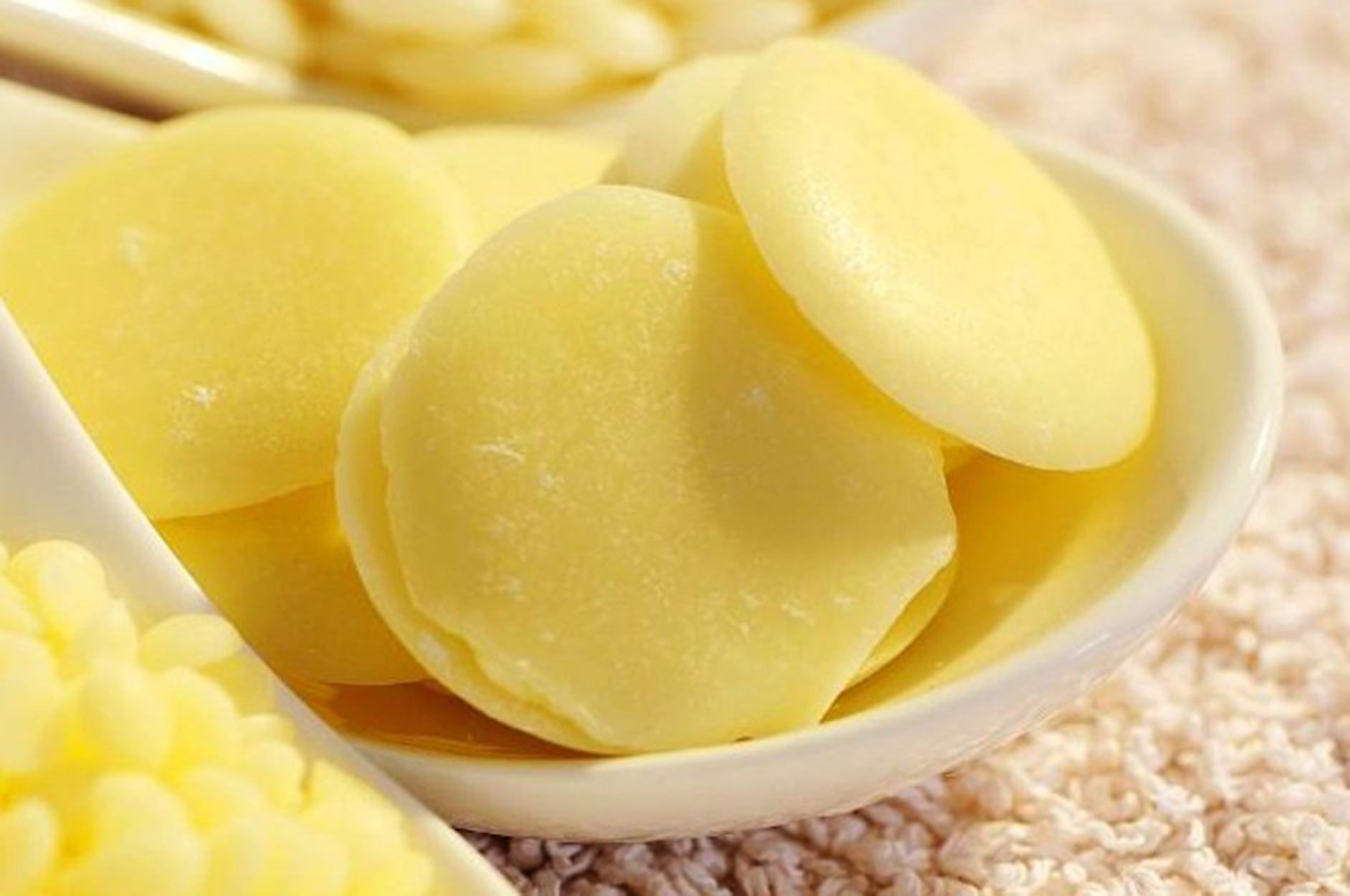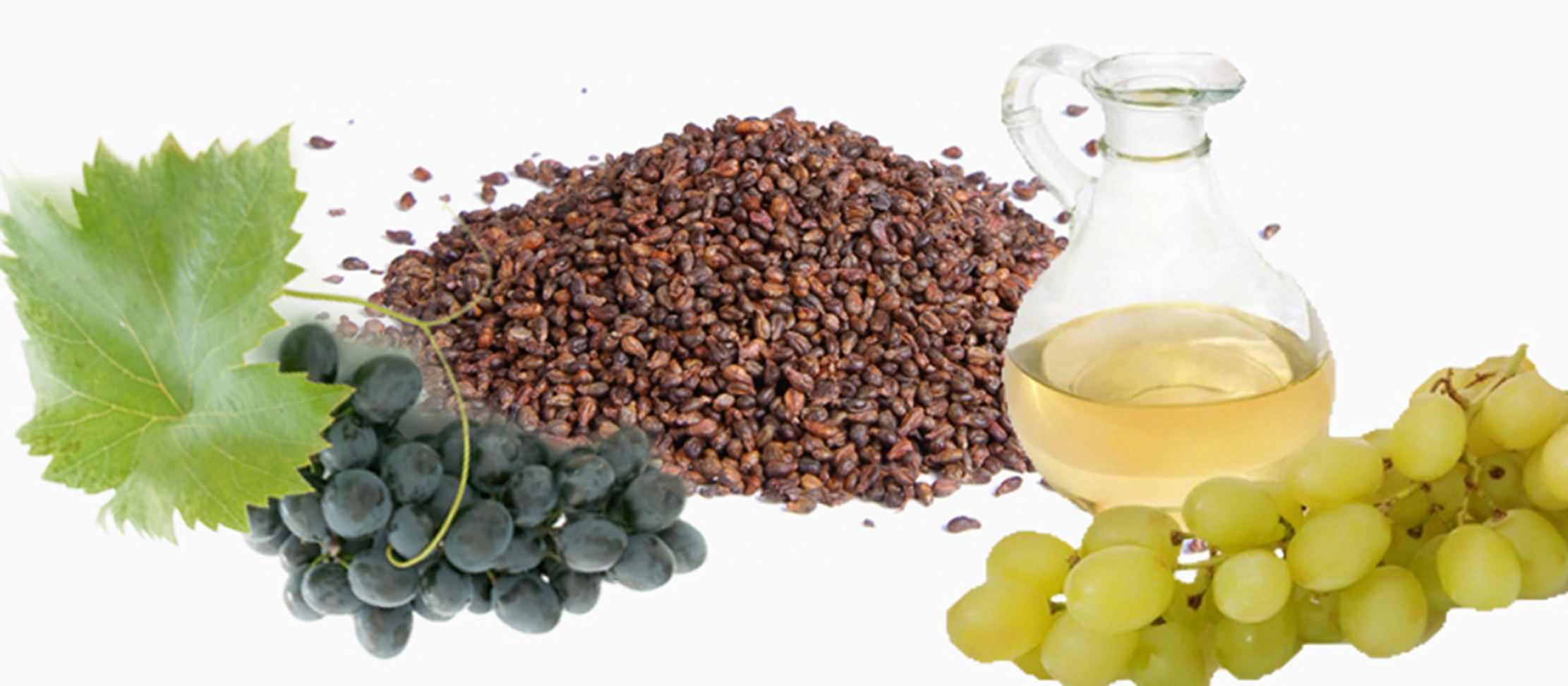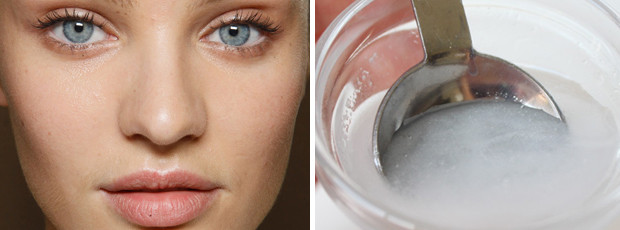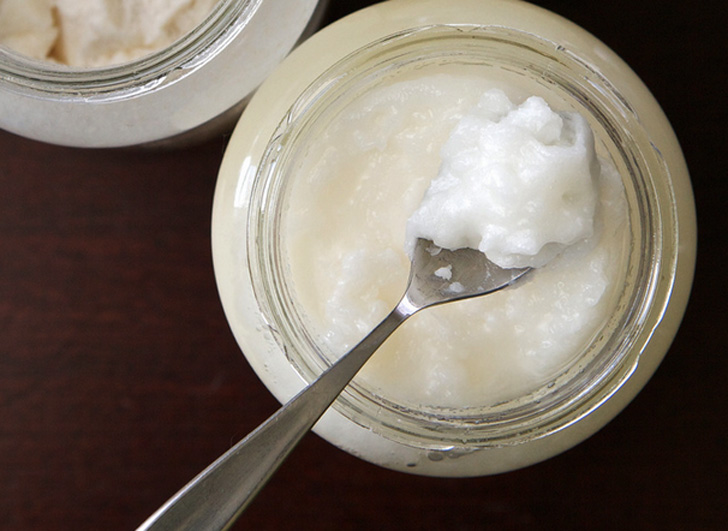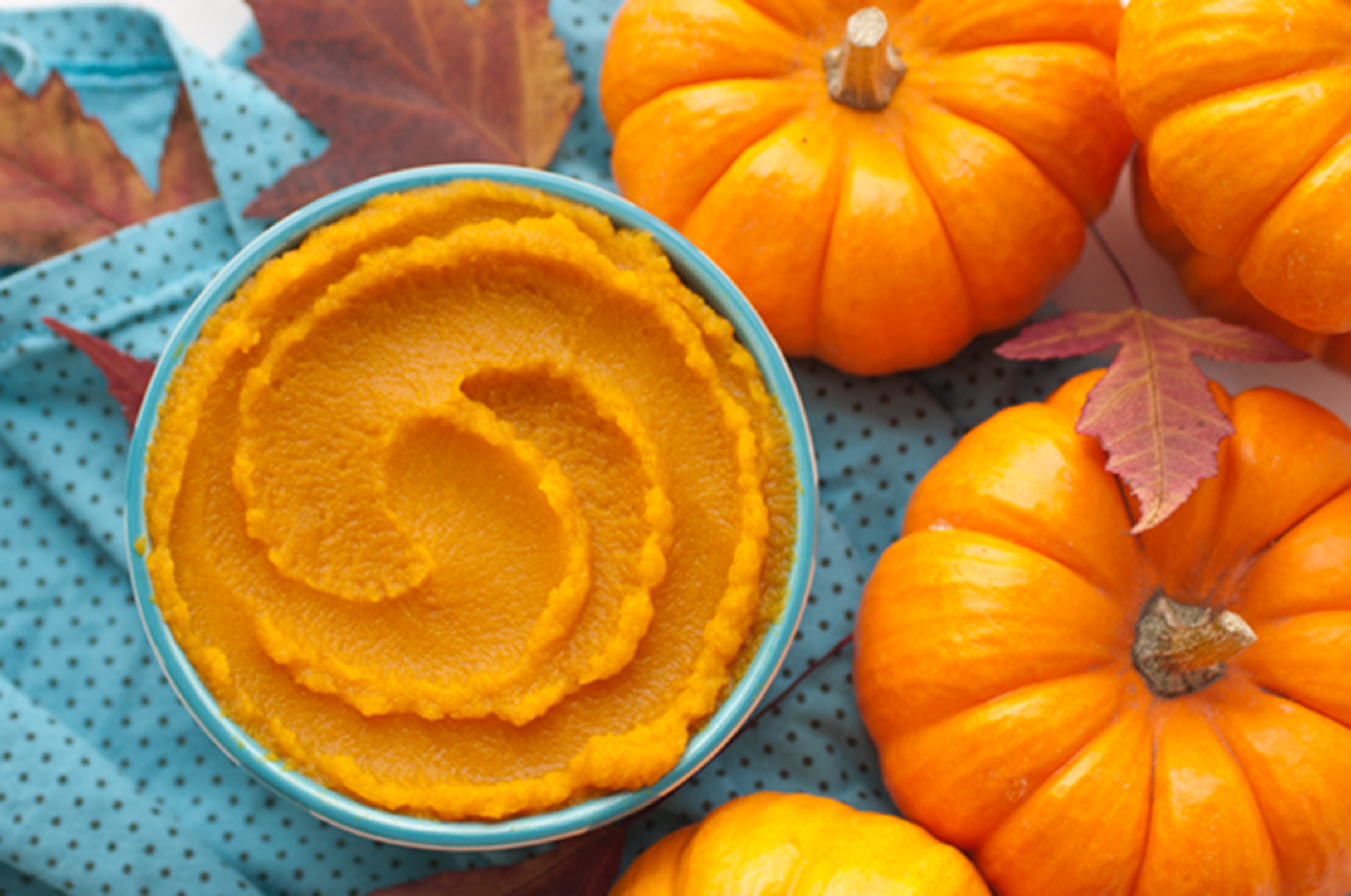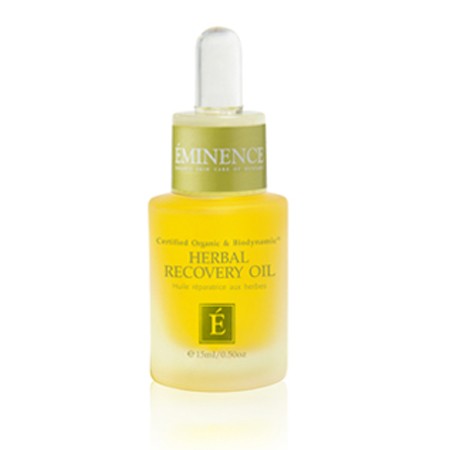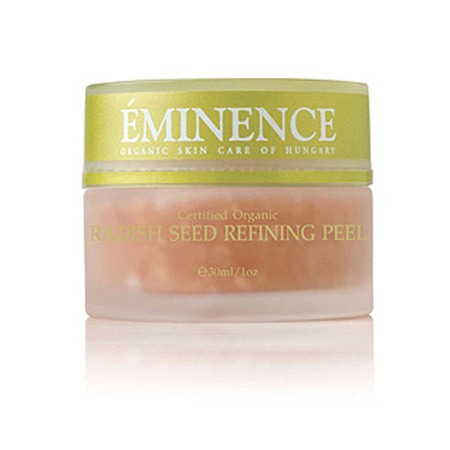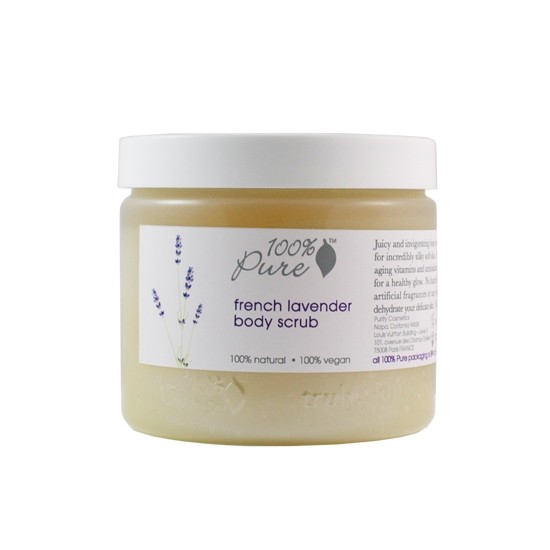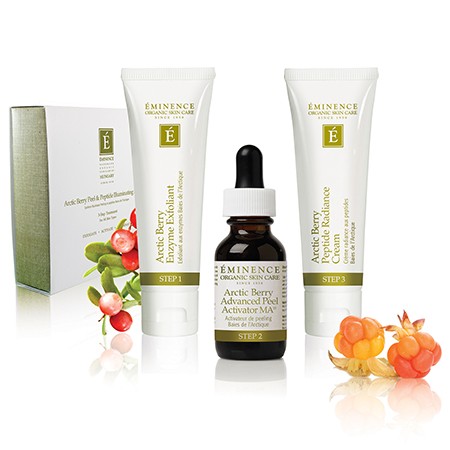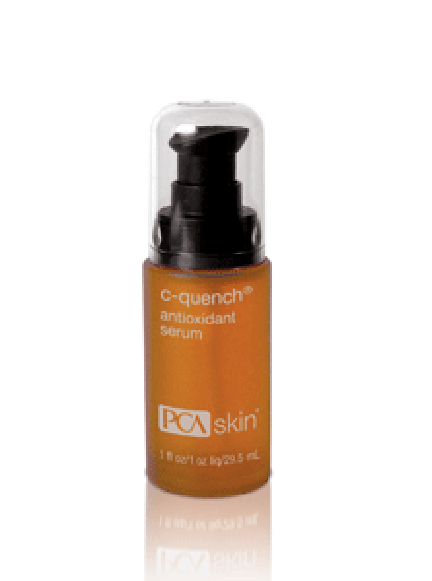Facts, tips and authority information on Hair Health
Facts of Hair
Hello everyone here we are on week 207 Wow!!!! a long journey and a really fun one, we love what we do and strive for the best authority information we can find. We are very selective for one and like to stay with subjects that empower wellness all the way around. Our name is of beauty and yes that starts from the inside out for us so consequently we provide wellness tips, history and videos that follow that thought. We are deeply grateful for all the likes and the thousands of visits and incredible support once again thank you, thank you from all of us at isabel’s beauty blog.
Okay lets go into the subject of this week, here we are sharing research on HAIR, the do’s and don’ts. Many facts and products to enjoy, we are going to have a whole channel dedicated to hair. Many people ask us for hair posts and here we go. We will have contributors that are experts on the subject, we are very excited and we are sure you are also, enjoy and don’t forget to Like and share, it is important in the world of social media, it makes a huge difference for our ratings, thank you.
This Post is inspired by sweet Natalia Kosser she asked me a few questions about hair, and got the itch to do a post about it in her honor.
According to: http://www.hairscientists.org/human-hair/nutrition-and-hair-health
When we talk about healthy looking hair, it is a general sign of good health, a good nervous system, a balanced life style and good hair-care practices. For most healthy individuals that have adequate nutrients in their diet, enough exercise and take very good care of themselves; however some people do not have access to good nutrition for whatever reasons, others have medical illnesses that predispose them to nutritional deficiency which influence scalp and body hair.
The living part of hair is under the scalp skin where its root is housed within its follicle. It derives its nutrients from blood. Health concerns like stress, trauma, medications, medical conditions, heavy metals, smoking etc. can deeply affect the hair.
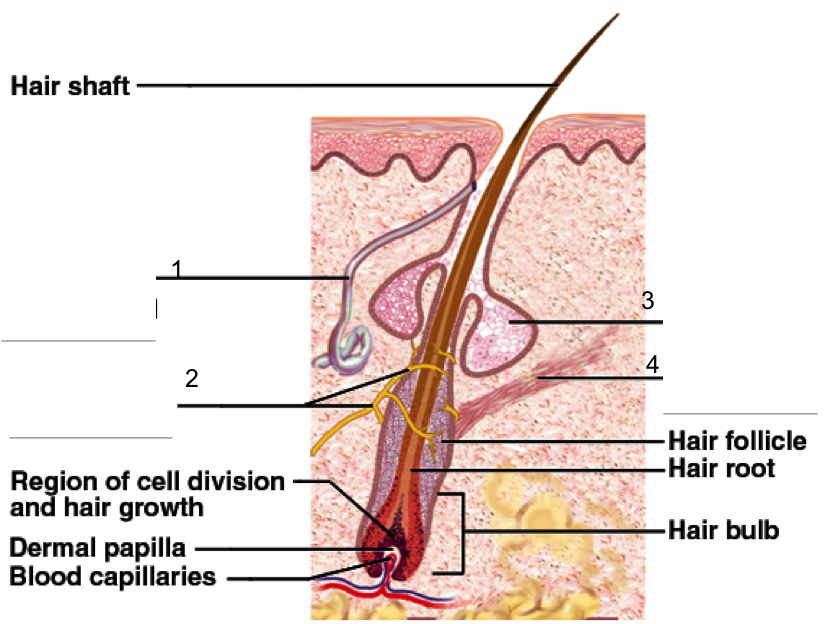
Hair is the fastest growing natural tissue in the human body: the average rate of growth is 1 cm per month. It is different from person to person as we are all different. For most part optimal growth occurs from age 15 – 30 and reduces from age 40 – 50. Hair products (shampoos or vitamin supplements) have not been shown to have a noticeably change this rate. The cycles of growth of each follicle consist of creation followed by self destruction, by that we mean that we shade the eye lashes as we do with our hair. During each new cycle the follicle is built a new from raw materials.
The speed of hair growth varies based upon genetics, gender, age, hormones and many other factors that we will share in this post. It may be reduced by nutrient deficiency,anorexia, anemia, zinc deficiency,hormonal fluctuations,menopause, polycystic ovaries, thyroid disease,trauma, shock, stress and more.
It is of most importance to mention that many of the metabolic requirements of follicle cells (minerals and vitamins) must be satisfied for optimal hair growth and not always derived from fast foods and punishing work schedules, and the selective Go Go Go!.
Nutritionists have confirmed that people with certain nutritional deficiencies tend to have dry, stringy and dull hair, and sometimes experience hair loss. Fortunately the latter can be restored once the deficiency is addressed.
Crash diets are proven to cause temporary hair loss due to incumbent nutritional factors,anorexia, bulimia and other stressful dietary medical conditions.
Diets should contain a balance of protein, fruits, vegetables, grains, and an appropriate balanced amount of fat. Deficiency of these nutrients will typically show in the hair. A mild case of anemia can cause shedding of hair. B group vitamins are incredible important for healthy hair, especially Biotin.
When the body is under threat it reprioritizes its processes – the vital organs will be attended first – hair follicles may not be considered a priority. While not all hair growth issues originate from malnutrition, it is a very valuable symptom in diagnosis.
The essential omega-3 fatty acids, protein, vitamin B12, and iron, found in fish sources, prevent a dry scalp and dull hair color for one. Dark green vegetables contain high amounts of vitamins A and C, which help with production of sebum and provide a natural hair conditioner. Legumes provide protein to promote hair growth and also contain iron, zinc, and biotin. Biotin functions to activate certain enzymes that aids in metabolism of carbon dioxide as well as protein, fats, and carbohydrates. A deficiency in biotin intake can cause brittle hair and can lead to hair loss. In order to avoid a deficiency, individuals can find sources of biotin in cereal-grain products, liver, egg yolk, soy flour, and yeast. Nuts contain high sources of selenium and therefore are important for a healthy scalp. Alpha-linoleic acid and zinc are also found in some nuts and help condition the hair and prevent hair shedding that can be caused by a lack of zinc.
For most part protein deficiencies or low-quality protein can produce weak and brittle hair, and can eventually result in loss of hair color. Good quality dairy products a great source of calcium, a key component for hair growth.
Healthy hair growth requires a complexity of nutrients and a ready supply of oxygen but comparatively few authoritative studies have trialled ingredients to maintain or promote hair growth. However a balanced, bioavailable formula to protect and maintain hair growth is vital. Dietary supplements marketed to thicken hair or make it grow faster may prove of a small value.
Inverto-Structure of hair
Hair structure Diagram
What is Hair?
According to Wikipedia:https://en.wikipedia.org/wiki/Hair
Hair is a protein filament ,that is an accurate description, that grows from follicles found in the dermis, or skin. When you consider that hair is one of the defining characteristics of mammals. The human body, apart from areas of glabrous skin (In varying degrees most mammals have some skin areas without natural hair. On the human body, glabrous skin is external skin that is naturally hairless. It is found on the ventral portion of the fingers, palms, soles of feet, lips, labia minora, and glans penis. Glabrousness is one trait that is associated with neon, it is covered in follicles which produce thick terminal and fine vellus hair. Most common interest in hair is focused on hair growth, hair types and hair care, but hair is also an important biomaterial primarily composed of protein, notably keratin. Attitudes towards hair, such as hairstyles and hair removal, vary widely across different cultures and historical periods, but it is often used to indicate a person’s personal beliefs or social position, such as their age, gender, or religion, to mention a few.
The Origins of Hair
By week 22, a developing fetus has all of its hairfollicles formed. At this stage of life there are about 5 million hair follicles on the body. There are a total of one million on the head, with one hundred thousand of those follicles residing on the scalp. This is the largest number of hair follicles a human will ever have, since we do not generate new hair follicles anytime during the course of our lives.
Hair Follicles
Hair has two distinct structures – first, the follicle itself, which resides in the skin, and second, the shaft, which is what is visible above the scalp.
The hair follicle is a tunnel-like segment of the epidermis that extends down into the dermis. The structure contains several layers that all have separate functions. At the base of the follicle is the papilla, which contains capillaries, or tiny blood vessels that nourish the cells. The living part of the hair is the very bottom part surrounding the papilla, called the bulb. The cells of the bulb divide every 23 to 72 hours, remarkably faster than any other cell in the body.
Two sheaths, an inner and outer sheath, surround the follicle. These structures protect and form the growing hair shaft. The inner sheath follows the hair shaft and ends below the opening of a sebaceous (oil) gland, and sometimes an apocrine (scent) gland. The outer sheath continues all the way up to the gland. A muscle called an erector pili muscle attaches below the gland to a fibrous layer around the outer sheath. When this muscle contracts, it causes the hair to stand up which also causes the sebaceous gland to secrete oil.
The sebaceous gland is vital because it produces sebum, which conditions the hair and skin. After puberty our body produces more sebum but as we age we begin to make less sebum. Women have far less sebum production than men do as they age.
According to:http://www.webmd.com/skin-problems-and-treatments/hair-loss/science-hair?page=2
Hair Shaft
The hair shaft is made of a hard protein called keratin and is made in three layers. Actually this protein is dead, so the hair that you see is actually not a living structure. The inner layer is the medulla. The second layer is the cortex and the outer layer is the cuticle. The cortex makes up the majority of the hair shaft. The cuticle is a tightly formed structure made of shingle-like overlapping scales. It is both the cortex and the medulla that holds the hair’s pigment, giving it its color.
Hair Growth Cycle
Hair on the scalp grows about .3 to .4 mm/day or about 6 inches per year. Unlike other mammals, human hair growth and shedding is random and not seasonal or cyclical. At any given time, a random number of hairs will be in one of three stages of growth and shedding: anagen, catagen, and telogen.
Anagen
Anagen is the active phase of the hair. The cells in the root of the hair are dividing rapidly. A new hair is formed and pushes the club hair (a hair that has stopped growing or is no longer in the anagen phase) up the follicle and eventually out.
During this phase the hair grows about 1 cm every 28 days. Scalp hair stays in this active phase of growth for two to six years.
Some people have difficulty growing their hair beyond a certain length because they have a short active phase of growth. On the other hand, people with very long hair have a long active phase of growth. The hair on the arms, legs, eyelashes, and eyebrows have a very short active growth phase of about 30 to 45 days, explaining why they are so much shorter than scalp hair.
Catagen
The catagen phase is a transitional stage and about 3% of all hairs are in this phase at any time. This phase lasts for about two to three weeks. Growth stops and the outer root sheath shrinks and attaches to the root of the hair. This is the formation of what is known as a club hair.
Telogen
Telogen is the resting phase and usually accounts for 6% to 8% of all hairs. This phase lasts for about 100 days for hairs on the scalp and longer for hairs on the eyebrow, eyelash, arm, and leg. During this phase, the hair follicle is completely at rest and the club hair is completely formed. Pulling out a hair in this phase will reveal a solid, hard, dry, white material at the root. About 25 to 100 telogen hairs are shed normally each day.
Best Foods for Healthy Hair
from: https://www.organicfacts.net/home-remedies/10-best-foods-for-healthy-hair.html
Some of the best foods you can add to your diet to keep your hair healthy and beautiful include citrus fruits, brown rice, oysters, green leafy vegetables, certain kinds of nuts, salmon, lentils, yogurt, eggs, and many more.
Along with our skin, hair is the most exposed and visible parts of our body, which also means that it is almost constantly susceptible to damage and external forces. People pride themselves on their hair, going to salons for special styles and spending hours making sure each piece is set just right. However, the health of your hair is just as important to its appearance. It is essential to protect your hair from both the outside and the inside to make sure it stays looking full, silky, and beautiful. Some of the most common problems when it comes to our hair are hair loss, drying out, split ends, slow growth, and changing colors. While some of these issues are inevitable with age, the majority of them are preventable if you structure your diet to specifically include what your hair needs.
To counter the effects of those hair conditions, and protect your follicles and hair from weather conditions, stress, low circulation, free radicals, nutrient deficiency, dehydration, and other underlying causes, you need to be proactive! Some of the most effective nutrients and minerals that can positively affect the health of your hair include zinc, selenium, iron biotin, vitamin C, vitamin D, vitamin E, and omega-3 fatty acids. While there are hundreds of foods that contain some combination or percentage of these nutritional elements, if you want the most effective and efficient improvement in the health of your hair, the following 10 foods will deliver the best results!
Eggs: Although many people might not associate a few eggs over easy with improving the health of their hair, eggs contain an impressive amount of protein, which is a major component of human hair. Beyond that, eggs are also serious sources of sulfur, iron, selenium, and zinc. Iron increases circulation to the scalp and zinc strengthens the hair you already have. Chicken is another protein-rich option that gives much the same results, in addition to a solid base of B-vitamins.
Oysters: When you are looking for a big boost of zinc in your diet, oysters are about as good as it gets. They deliver nearly 500% of your daily requirement, which will ensure that you don’t start losing your hair anytime soon. Zinc is vital for avoiding hair loss and strengthening the hair you have so it continues receiving nutrients from the scalp and staying smooth.
Blueberries: A lot of people talk about superfoods and the various amazing benefits they have for the body. These pop culture trends come and go; however, blueberries are here to stay, and between their impressive level of antioxidants, which protect the scalp from free radicals, and the huge levels of vitamin C, which boost collagen production and stimulate the circulation of the scalp, these delicious little fruits should definitely be added to your healthy hair diet.
Lentils: Much like eggs, lentils are one of the best dietary sources for protein, and hair is made up of hardened keratin, a protein, so without a significant amount of protein in the diet, your hair won’t be growing quickly. Secondly, lentils are a major source of iron, which, when combined with vitamin C, can increase your metabolism, circulation, and oxygenation of cells, which are essential for the health of your hair follicles
Salmon: Omega-3 fatty acids play a big part in hair health, as your body can’t create these fatty acids, but they make up between 2-3% of your hair. Also, these oils keep your skin and hair properly hydrated, and are essential parts of cell membranes found on the scalp. Salmon and similar fish are the top sources for omega-3 fatty acids in a diet.
Walnuts: Walnuts are a surprising source of biotin, which is a water-soluble B-vitamin that is needed for scalp and hair health. Walnuts are also the only type of nut that provides omega-3 fatty acids. Various types of nuts are praised for their impact on hair, particularly those that contain copper, as that mineral helps to maintain hair color and shine.
Green Leafy Vegetables: Adding spinach, kale, Swiss chard, and similar vegetables to your diet will give your body iron, folate, vitamin C, and beta carotene, a potent blend of hair health nutrients that will stimulate growth, promote hydration, increase circulation, and maintain color and shine. These types of vegetables also contain methylsulfonylmethane, which helps in the production of keratin, the main protein of which hair is made.
Iodine-Rich Foods: Many hair problems can be attributed to a dysfunctional thyroid gland, which controls many of our hormonal actions. Thinning hair, slow growth, discoloration, and dryness can all be signs of a hormonal issue. Iodine is the most important nutrient to regulate our thyroid gland, so eating foods like sea vegetables (kelp, wakame) can significantly boost your iodine levels.
Yogurt: If you want to increase your vitamin B intake (particularly pantothenic acid, which is directly linked to hair health) then add some yogurt to your daily diet. Vitamin D is also found in yogurt, which improves hair follicle health.
Benefits of Coconut Oil for Hair
from: http://draxe.com/coconut-oil-for-hair/
Coconut oil is rich in antioxidants, and has antiviral, antifungal, and antibacterial properties. When used on hair, it improves scalp health, fights infections and fungus, supports hair growth, all while adding volume and shine without the common harmful chemicals.
If you look on the ingredient labels of many of your favorite cosmetics and hair products, you will find coconut oil listed. However, most cosmetics and hair products also contain other ingredients that can be harmful to your health, while actually damaging your hair and skin.
The harsh chemicals in commercial hair care products can leave your hair flat, dry, and damaged. Adding coconut oil in small amounts simply isn’t enough. So avoid traditional products and add coconut oil to your regimen along with your favorite natural organic shampoos and products.
While some of these healthier hair products may cost a little more, the good news is that food-grade coconut oil is safe, affordable, and can effectively replace many hair care products in your cabinets.
5 Ways to Use Coconut Oil for Hair
1. Conditioner
Coconut oil is free of the scary chemicals that lurk in commercial hair products, and is an excellent conditioner, for all types of hair. According to a study published in the Journal of Cosmetic Science, coconut oil out performs sunflower oil and mineral oil, and is the only oil that reduces protein loss. Avoid all beauty products that contain mineral oil, especially for children.
It is the protein loss in hair that leads to dryness and breakage. The lauric acid has a low molecular weight, and is able to actually penetrate the hair shaft, nourishing the hair with vitamins, minerals and the medium-chain fatty acids.
Coconut oil helps to prevent damage from combing and brushing, and it is safe to use on children. It can be used as a leave-in conditioner, or used as an intensive conditioner for a couple of hours, or overnight. The key to using all natural coconut oil as a leave-in hair conditioner, is finding the right amount for your hair. A little goes a long way.
TO CONDITION:
For short hair, start with just a ¼ teaspoon, warmed in your palms. For longer, thicker hair, you may need up to a ½ tablespoon. You want to use sparingly on thinner hair, as it can weigh hair down if too much is used. Pay particular attention to ends and the shaft of the hair. Smooth through hair, and proceed to style as normal.
As an intensive conditioner to restore hair, after washing with a gentle natural shampoo, apply 1 teaspoon (for short hair), 2 teaspoons (for shoulder length hair) and 1 tablespoon (for long hair) after warming in the palm of your hands. Apply to hair shaft and ends, and then rub into scalp. Cover with a shower cap, and leave on for 1-2 hours, or overnight. Wash with gentle shampoo, and style as normal.
For dry or damaged hair, add a couple of drops of sandalwood essential oil and/or geranium essential oil for both leave-in and intensive coconut oil for hair conditioning treatments. These essential oils support moisture retention, and work to increase the moisturizing and conditioning effects of the coconut oil for hair.
2. Hair Growth
Coconut oil is a safe, effective, and reasonably priced solution if you have thinning hair. It can actually help grow hair, longer and thicker. The essential nutrients including the lauric acid, penetrates the hair shaft improving the overall health of the hair.
The health of hair is often a result of internal issues, and incorporating natural hair loss remedies will help. Foods high in Omega-3 fats, pumpkin, chia, and flax seeds, and green tea, and all help support healthy hair growth, from the inside out. Before trying prescription hair growth preparations that only work for 50% of individuals and only works with continued use, modify your diet, and use coconut oil for hair conditioning and styling. The harsh chemicals can cause scalp irritation and even hair growth where hair is not desired.
HAIR GROWTH TREATMENT:
When massaged into the scalp, coconut oil helps to improve blood circulation, supporting hair growth. It is important to massage the coconut oil into the scalp with gentle pressure for 10 minutes, 3 or 4 times per week. If you want to just focus on scalp conditioning and hair growth, you will only need 1 teaspoon.
However, if you want the benefits of a deep conditioning, follow the steps above. Instead of using sandalwood essential oil, add 4 drops of rosemary essential oil, which is known to increase new hair growth over 20%. Rosemary oil also helps to increase circulation in the scalp, and when used with coconut oil can produce fantastic results.
After massaging the oils into the scalp for 10 minutes, place a shower cap on, and allow the heat of your body to work with the oils to improve scalp health. Follow with a gentle cleanser like my Homemade Rosemary Mint Shampoo. It smells great, and is gentle on all hair types.
Rich with vitamin K and vitamin E, coconut oil helps to reduce dandruff, and make hair follicles healthy. These treatments are not just for thinning hair; if you are experiencing hair fall while washing, brushing, or style, these treatments with essential oils can help.
3. Dandruff
People have used coconut oil for skin for hundreds of years to fight dandruff. This unsightly, and often itchy, condition can be caused by dry skin conditions, sensitivity to the harsh chemicals in hair care products, and commonly yeast-like fungal (Malassezia) infections.
Coconut oil’s medium-chain fatty acids including lauric acid and capric acid, have strong antiviral, antimicrobial and antifungal properties that target the fungus and help to kill it as well as viruses and bacteria that may be lurking on your scalp.
Many prescription and over-the-counter dandruff shampoos can actually make dandruff worse, and don’t fix the root cause of the flakiness. If the problem is fungal, or if the problem is dry skin, topical applications of coconut oil will make a difference.
Many commercial shampoos contain chemicals that are harmful. These include parabens, propylene glycol, polyethylene glycol, sodium lauryl sulfate, and many others. Dandruff shampoos are even worse, and contain ammonium laureth sulfate, magnesium aluminum silicate, and selenium sulfide.
And the majority of the time, these preparations simply do not work. The goal is to make the scalp healthier, free from fungus, and moisturized, to put an end to dandruff. Treating with coconut oil will not make dandruff go away overnight, but many can see results in just a week or so.
TO TREAT DANDRUFF:
Essential oils including lavender, wintergreen, thyme, and tea tree, all help to fight fungus and yeast. For an intensive dandruff treatment, after washing hair, mix 2 teaspoons of coconut oil with 5 drops of one of the oils mentioned above, or a combination, and massage into the scalp.
Be sure to really work the mixture into the scalp, from neck to forehead, and behind the ears. Cover with a shower cap, and if possible sit in the sun for 20-30 minutes to increase the heat, or simply use a hair dryer on a low setting to heat the cap.
Remove cap, and wash with a gentle natural shampoo. Repeat this 2 to 3 times per week, or even more often, as desired. Like with the conditioning or hair growth treatment, you can leave it on overnight. Just be sure to wear the shower cap to avoid staining bed linens.
4. Styling
Yes, coconut oil is a great styling agent, and free from the dangerous chemicals in conventional hair care products! This is one of the most overlooked coconut oil for hair uses. Hair dryers, flat irons, hot rollers, and curling irons zap the moisture out of the hair shaft causing it to be brittle and prone to tangling.
Coconut oil helps to prevent this type of thermal damage, and when used in the proper amount for your hair length and texture, tames fly aways, frizz, and more. People with thick curly hair often fight frizz in humid climates. Coconut oil helps to tame the frizz, by penetrating into the curls. It can be applied throughout the day for touch-ups, just be sure to use it sparingly.
TO TAME FRIZZ:
Start with a tiny amount (1/4 teaspoon – 1 teaspoon) depending on hair, warming in palms. Smooth from root to tips, and blow dry and style as desired. It will take just a bit longer to dry your hair, but it will be soft, shiny, and manageable.
Disguise split ends, and nourish them at the same time by using just a tiny bit of coconut oil on just the ends.
TO PROTECT FROM THE SUN:
Hair, like skin, is prone to sun damage. Coconut oil is a natural sunscreen, with an SPF of 8. If you are planning a day out in the sun, use it as a leave-in conditioner for all day protection. And, while you are at it, use it on exposed skin as well. Coconut oil is a safe and effective sunscreen for children and adults alike.
TO DETANGLE:
Detangling hair is a chore; and can often cause breakage. Coconut oil improves hair break stress by penetrating the hair shaft. It also surrounds the hair, and makes it easier to remove knots after washing, or in the evenings. Smooth a small amount through hair, paying particular attention to tangled areas and damaged ends. Use a wide toothcomb, starting from the bottom, and slowly work your way up.
Using coconut oil for hair regularly will improve the overall health of the hair, and help to prevent tangles. If tangled hair is a continuing problem, trimming the damage ends will help.
NOTE: If you have thin or fine hair, apply coconut oil sparingly to hair for styling. Also, do not apply it to the scalp as this can weigh down the hair.
5. Lice Prevention & Lice Treatment
One of the best uses of coconut oil for hair is in the treatment and prevention of lice! According to a study published in the European Journal of Pediatrics, combination of coconut oil and anise spray is more effective, than the commonly used prescription lice treatment permethrin.
In fact, in the controlled study, the coconut oil based spray was 82% successful and the permethrin was only 42% successful, and 33 of the 50 participants reported scalp irritation when following the conventional treatment.
Another study published in the Israel Medical Association Journal found greater success, although they added ylang ylang oil to the coconut oil and anise oil combination. The treatment was successful in 92.3% of children and caused no serious side effects.
Because coconut oil penetrates the hair shaft, and the scalp, it helps to repel lice and can keep their eggs from attaching to the hair. With the addition of essential oils including ylang ylang, tea tree, and anise, lice don’t have a chance.
LICE TREATMENT:
To keep lice at bay, use coconut oil as mentioned above as a leave-in hair conditioner, or to detangle and style hair. If there is an infestation of lice, mix 3 tablespoons of coconut oil with 1 teaspoon of each ylang ylang, anise, and tea tree oils. Double the recipe for longer hair; this should be enough for shoulder-length hair.
Apply the solution all over the scalp, massage in, and pulling through the ends. Comb through the hair with a fine toothcomb. Cover in a shower cap, and allow to sit for 2 hours. If possible, sit in the sun or use a hair dryer to periodically warm up the cap. Carefully remove shower cap, and seal in zip lock bag for disposal.
At the end of 2 hours, comb hair once again, prior to washing and rinsing thoroughly, twice. While hair is still wet, combine 2 cups of apple cider vinegar and 1 cup water in a small spray bottle. Saturate the hair, spraying ½ the bottle on the scalp and hair. Lean over the sink and pour the remaining mixture over the hair, massaging lightly.
Rinse thoroughly and comb hair once again with a fine toothcomb. Follow with a light application of coconut oil, cover with a shower cap, or style as desired, and allow to remain on the hair until next washing.
As with most lice treatments, the process needs to be repeated every 5-10 days for a couple of weeks. This helps to ensure that all lice, and their eggs are eradicated. Between treatments, comb hair morning and night with a fine toothcomb, and use coconut oil as a leave-in conditioner.
As coconut oil both repels and kills lice, at the first notification of a lice outbreak, start using coconut oil as a leave-in conditioner.
Biotin for Hair Growth
from: http://www.med-health.net/Biotin-Hair-Loss.html
Biotin, also referred to as vitamin H, is a type of B complex vitamin that occurs naturally in a variety of common foods. The optimum amount of biotin aids in the metabolization of fatty acids and amino acids. Research also suggests its role in stabilization of blood sugar levels. Biotin also promotes hair health and this idea has its roots in science. Biotin deficiency is characterized by symptoms of unexplained hair breakage and hair loss along with cracked and brittle nails. Hence, there is a common belief that taking extra biotin will result in healthier hair.
How Does Biotin Work for Hair Growth?
Hair growth and biotin are related closely. Biotin not only promotes healthy hair growth but also prevents hair dryness. Moreover, biotin also increases the elasticity of cortex of a hair, thereby, preventing and minimizing hair breakage. Therefore, biotin helps induce growth of both hair and new skin cells, and making them healthy. For people who are suffering from hair loss, taking extra biotin may aid their hair grow longer, healthier and thicker.
Should You Take Biotin for Hair Growth?
Though deficiency of biotin is not commonly encountered, it can develop in individuals who intake alcohol in excessive amounts or who eat large quantities of raw egg white. Biotin needs are also increased in conditions such as infant seborrheic dermatitis and genetic disorders or in people whose stomach has been surgically removed.
You should consult your doctor in case you develop any symptoms that indicate biotin deficiency which can produce the following symptoms: hair thinning, red scaly rash specifically around nose, eyes and mouth, tiredness, tingling in arms and legs, depression and hallucinations.
Where Can You Get Biotin for Hair Growth?
Biotin is naturally present in a variety of foods such as halibut, eggs and dairy, wheat products, carrots, Swiss chard, liver and kidney, nuts, some soy, vegetables, fruits, beans and mushrooms.
Ideally you should obtain your daily requirement of biotin from the diet. However, due to poor dietary patterns, deficiencies of various vitamins and minerals may occur these days. Hence, you can take a biotin supplement to fulfill your requirements.
Moreover, all individuals are not able to absorb the biotin found in food. These include people who have an A blood type and who suffer from symptoms of GERD or severe acid reflux. Such individuals should consider taking biotin supplements to fulfill their dietary requirements.
How Much Biotin to Take for Hair Growth?
The daily requirement of biotin for majority of the adults is 30 micrograms to maintain healthy hair, nails and skin. However, when you are taking biotin to increase the growth of hair, then the dose is much higher. It is usually recommended by physicians to take between 500-700 micrograms per day initially. The amount can increase to 1000 micrograms. Results are seen after taking biotin supplements consistently for 3-6 months.
Other Essential Vitamins for Healthy Hair Growth
from: http://bembu.com/hair-growth-vitamins
Getting the right vitamins for hair growth is important for the overall health of your hair. Running a deficiency in any of the following vitamins and minerals creates the potential for less than optimal hair growth. Here is our list of the top 11 vitamins you need to keep your hair looking its best and growing just as fast as it possibly can.
Vitamin C
Most of us are aware of how important Vitamin C is for the immune system, and as an antioxidant in the body. But it is also used in plenty of hair care products for a good reason. It is one of the most important vitamins you can use to get the results you seek. You can use products that are infused with it, and also make sure that you’re getting enough Vitamin C of it each day so your hair looks its best. Whole foods work best but you can also take a supplement if you feel like you are not maintaining the right levels.
One of vitamin C’s major functions is to help produce and maintain healthy collagen, the connective tissue type found within hair follicles. Vitamin C is also a strong antioxidant and protects both the cells found within follicles and cells in nearby blood vessels. A daily dose of 100-200 mg of vitamin C is recommended for hair and skin care. Vitamin C with bioflavonoids – one to two grams daily
Vitamin C helps reduce the damage caused by free radicals and UV exposure. Over time, free radicals can damage collagen and elastin, the fibers that support skin structure.
B Vitamins
The B Vitamins are typically grouped together because there’s so many of them and you’ll want to be sure to cover them all. You can eat foods that are rich in these vitamins, take a B Vitamin complex, or buy shampoos and conditioners that contain them. Signs of not getting enough of the B Vitamins include feeling weak or tired, and easily bruising, and you’ll also notice it because your hair won’t grow as fast as it used to. Vitamin B12 is the most important of the B Vitamins, but for best results try to include them all in your daily plan.
B5 (pantothenic acid) gives hair flexibility, strength and shine and helps prevent hair loss and greying.
Vitamin B6 helps prevent dandruff and can be found in cereals, egg yolk and liver.
Vitamin B12 helps prevent the loss of hair and can be found in fish, eggs, chicken and milk.
It is also important to include B6, biotin, inositol and folic acid in the supplemental program. It has been found that certain minerals including magnesium, sulfur, silica and zinc are also very important toward maintaining healthy hair.
Vitamins B1, B2, Niacin & Pantothenic acid
Reduced levels of thiamin (vitamin B1), riboflavin (vitamin B2), niacin, and pantothenic acid can contribute to the undernourishment of hair-follicle cells. A dosage range of 25-50 mg daily is recommended.
Vitamin E
Vitamin E is one of the most overlooked vitamins, but is essential in keep your hair growing healthy. You can get enough Vitamin E by eating foods that are full of it, or by taking a whole food multivitamin that contains it. If you’ve been running low on it, you should see an improvement in how your hair looks, feels, and grows. Vitamin E, when combined with the other vitamins on this list provides a healthy scalp that encourages rather than discourages hair growth. You can also find this in many hair care items, but if you haven’t seen any results through those, trying taking the strategy of getting enough on the inside.
Vitamin A
Vitamin A is a powerful antioxidant in the body and has many health properties that make it a vitamin worth keeping a mindful eye on. You can go to the doctor and have all of your vitamin levels checked to see where you rank and see which ones you need more of. It is possible to get too much Vitamin A which is going to be counterproductive to your hair growth efforts, so it’s best to each foods containing Vitamin A rather than taking supplements with larger-than-needed amounts. Some symptoms of not getting enough Vitamin A include vision problems and skin problems.
Vitamin D
Vitamin D promotes healthy follicle growth so you don’t want to run a shortage on it. In order to top up on it you’ll want to schedule regular and brief outings outdoors so you can get some exposure to the sun. You don’t need much in order to keep your body synthesizing its own Vitamin D, but hermitting yourself indoors during the winter months can lead to a deficiency. There are also Vitamin D supplements and hair products that contain it, but they don’t compare to having your body generate its own supply.
Iron
While not a vitamin, Iron is an important mineral that your body needs adequate supplies of in order to function at its best in several areas, including growing hair. You may realize that beef is rich in iron, but there are plenty of other foods that are high in iron that you can eat without having to rely on red meat. Once you’re making sure that you’re getting enough iron and the other vitamins and minerals, you can seek out hair products that contain iron in order to see greater improvement.
Magnesium
Another mineral that your body needs is Magnesium. It’s best to look at your hair as a cumulative problem that involves your entire lifestyle, from the foods you eat to how much sleep you’re getting. Eating a diet rich in foods with Magnesium in them is one way to make sure that you’re giving your scalp what it needs to growth strong and healthy hair. It’s one of those minerals that you won’t really notice you’re not getting enough of until it becomes a chronic condition, and then you’ll benefit greatly from righting the imbalance.
Protein
Protein may not be a vitamin, but if you want stronger hair that grows thick you’ll want to make sure that you’re consuming enough protein, or using protein treatments to help your hair. You’ll see products out there that are focused primarily on protein, but you’ll also benefit by eating enough of it in your diet. Vegans and vegetarians need not fret, there are plenty of plant based sources of protein, like quinoa, spinach, broccoli, and more. Protein helps the hair grow strong, and also helps the speed at which it grows. If you’ve noticed sluggish growth, first check your protein intake.
Niacin
Niacin is in the B Vitamin family but deserves its own recognition for its role in helping to nourish the scalp, promoting healthy hair growth. Without adequate amounts of niacin, your hair stands the chance of becoming brittle, lifeless, and may even fall out. Not getting enough Niacin is a real condition, and the scientific name is pellagra. Most times it doesn’t become this serious, but correcting a Niacin shortage often yields several results. Be sure not to stop there, as you’ll want to make sure that you’re getting enough of each of the items on this page for your best hair possible.
Zinc
They say to cover your vitamins from A to Zinc and this is one instance where they’re right. You might not have given much thought to your Zinc levels before, but they could be playing a part in lackluster hair growth if you don’t have enough. The good news is that it’s not too hard to keep up with your zinc requirements, and most standard diets keep it covered. But you may have trouble absorbing the Zinc you are getting, at which point you may need additional supplements or hair products that contain added Zinc.
Zinc is essential for DNA and RNA production, which, in turn, leads to normal follicle-cell division. Zinc is also responsible for helping to stabilize cell-membrane structures and assists in the breakdown and removal of superoxide radicals. Zinc intake is generally low. Topical applications of zinc have been shown to reduce the hair loss activity of 5-AR type II. The recommended dosage is 15 mg of zinc (in the form of zinc amino acid chelate) per day.
Zinc deficiencies, and any associated hair health, may associate with low-calorie diets, especially young women. Zinc is found in meat, eggs and seafood.
Folic acid
A decrease in folic acid may contribute to decreased hair-follicle cell division and growth. Folic acid is also essential for the maintenance of healthy methionine levels in the body. Signs of folic-acid deficiency include anemia, apathy, fatigue, and graying hair. A therapeutic dose of 400-800 mcg daily is suggested. .
Biotin
Biotin, part of the vitamin B complex, is another nutrient associated with hair loss. Biotin is required for a number of enzymatic reactions within the body, and is necessary for the proper metabolism of protein, fat, and carbohydrates. Over time, poor metabolism of nutrients can contribute to undernourished hair follicle cells. Although rare, a biotin deficiency results in skin rashes and hair loss. A study conducted at Harvard University suggests that biotin is one of the most important nutrients for preserving hair strength, texture, and function.
People who are eating adequate amount of protein should not have a problem with biotin deficiency, though vegans may be at risk. Good food sources of biotin are eggs, liver and soy.
It’s not known if biotin supplements, which are marketed to help with male- and female-pattern baldness, can help with hair loss, and there are not any research indicating that the biotin in biotin hair products, such as shampoos, can be absorbed through the hair or scalp. The recommended dosage of d-biotin is 500-1000 mcg per day.
Vitamin E helps to maintain the integrity of cell membranes of hair follicles. The vitamin provides physical stability to cell membranes and acts as an antioxidant while promoting healthy skin and hair. A daily dose of vitamin E should be within the therapeutic range of 50–400 IU. Vitamin E and selenium work together to prevent attacks on cell membranes by free radicals by reducing peroxide concentration in the cell. Vitamin E – 400 to 800 IU daily
Beta-carotene
Beta-carotene is also important to hair growth. This is so because beta-carotene is converted to vitamin A as the body needs it, helps maintain normal growth and bone development, protective sheathing around nerve fibers, as well as promoting healthy skin, hair and nails. Dosage for Beta-carotene is 10,000 to 15,000 IU daily.
Antioxidants
Vitamins A, C and E are antioxidants that enhance skin cell turnover and collagen synthesis. When applied topically these vitamins protect against premature skin aging from the damaging effects of ultraviolet light and environmental pollutants.
Vitamin E
Vitamin E also helps reduce the skin effects of free radicals and UV exposure.
Selenium
Selenium is necessary for iodine metabolism. Case studies have indicated that selenium deficiency can lead to cancer, heart disease, and poor hair growth. Supplementation of 25-50 mcg of selenium per day is the recommended dosage.
Trace elements
Calcium
A fraction of the body’s calcium stimulates cell mediators that act on cell-membrane phospholipids in hair-follicle cells. Most Americans fail to meet the recommended daily intake for calcium. Patients have to be advised to take magnesium with supplemental calcium to maintain healthy calcium levels in the body. Without extra magnesium to balance it, large doses of calcium may be harmful. The recommended dosage is 100-200 mg of calcium per day.
Iron
Deficiency causes microcytic and hypochromic anemia. Moreover, most other organs including the skin and pilo sebaceous follicles are affected.
Iodine
Suboptimal thyroid functioning can lead to abnormal hair growth. Because iodine supports proper thyroid functioning, 112-225 mcg of iodine (in the form of kelp) per day is the recommended dosage.
Amino-acids
L-Methionine, one of four sulfur-containing amino acids, supports hair strength by providing adequate amounts of sulfur to hair cells. Sulfur is required for healthy connective tissue formation. Hair requires sulfur for normal growth and appearance.
L-Cystein – supports hair strength by the provision of sulphur. Skin, nails and hair are high in L-Cysteine. There is evidence that defficiency may be a factor in hairloss. Supplementing the diet accordingly may be helpful.
L-Lysine – It is interesting to note that male pattern baldness is less common in Asians than Americans. Is this in part due to he Asian diet being rich in L-Lysine -an enzyme inhibiting amino acid in vegetables and herbs affecting 5-alpha-reductase in some way.
Polyunsaturated fatty acids (PUFAs)
Play an important role in cell structure, barrier function, lipid synthesis, inflammation and immunity. PUFAs help reduce dry, scaly skin. Most popular sources are walnuts, fish oil, flaxseed oil etc.
People on low-fat and non-fat diets are at risk for nutrition-related hair loss because hair needs essential fatty acids. Essential fatty acid deficiency causes a drying-up of the scalp and skin. These are vital nutrients that support follicular health. When the follicle is not healthy, hair loss or thinning occurs.
Aging effects
There is no solution across the board I currently found for this there are so many types of people and most of all their habits and styles of life that are nearly impossible to assert every individual. Even with outstanding nutrition, genetic blueprint is eventually going to take control and hair may change in colour, structure and densities so many variants at take on this subject.
Control of biological aging may be influenced by superfoods, supergreen mixes, chlorella, spirulina, micro-algae extracts such as astaxanthin, broccoli sprouts fresh vegetables blueberries, raspberries, strawberries, blackberries etc also garlic, ginger and other culinary and medicinal herbs and now days we can include laser treatments, photon lights, Rife machines and so much more.
Water
Is important in overall bodily health and potentially good hair health. Water quenches thirst, aids food digestion, eases stress, flushes toxins and many other functions and lets not forget the water we use to shampoo our hair is an important factor for hair health.
Bioavailability
Many common vitamins and all amino acids exist as multiple isomers; however it is rare that these are equally available to human metabolism. The chirality of amino acids is well established, as is the dramatic difference between left and right enantiomers in the human body. On the whole, humans can only metabolise left or L enantiomers, such as L-Cysteine. R-Cysteine is not taken up or commonly metabolised, therefore commonly used racemic mixtures of the two forms are only half comprised of useful amino acids.
Vitamins, such as vitamin B6 also have several forms, pyridoxine is the form of vitamin B6 most commonly used in nutritional supplements, however it is not the bio-active form. Instead it must be phosphorylated to become pyridoxal-5-phosphate, which is active as an enzyme cofactor for many reactions, and is important for uptake of other nutrients as well. The phosphorylation reaction to activate pyridoxine takes energy and a certain set of conditions, and therefore not all the pyridoxine taken in a supplement is used. A more efficient alternative is to use pyridoxal-5-phosphate in the supplement, so the bio-active form is immediately available, requiring no energy, and minimal wastage.
Bioavailability is not just controlled by isomeric forms. Nutrient uptake is complex, and there are many surprising instances where one nutrient is dramatically affected – either negatively or positively, by a completely different nutrient in the formula.
Circulation
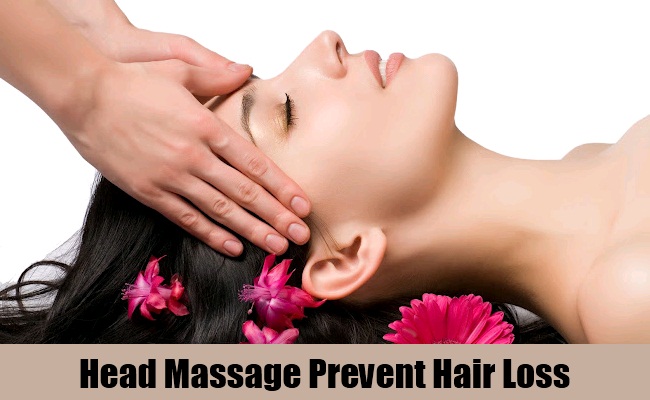
A final and often overlooked factor is the circulation of oxygen and nutrients to the hair. Even a perfectly balanced supplement would be ineffective without adequate blood flow to the hair. Hair loss may conceivably be caused or exacerbated by a deficient blood suppl,. therefore it may be beneficial to increase the circulation. This can be achieved through topical treatments that stimulate nitric oxide production or angiogenesis.
Lets remember the fact that were is healthy blood flow that part of our body thrives with wellness that is a fact, and hair is no exception.
The stimulatory effects of caffeine and taurine on nutrient uptake and metabolism may also be beneficial. An added consideration is the possible effect of caffeine upon dihydrotestosterone and hair loss. Caffeine has been shown by several studies to reduce hair loss caused by dihydrotestosterone, the in vivo studies were successful topically, but the effects of oral caffeine have not been tested at this time. Taurine has also been shown by in vitro testing to protect the hair from TGFβ-1 induced apoptosis.
Hair and scalp treatments that work
In spite of the paucity of clinical data in the area, it is possible through careful formulation to develop a potent, bioavailable, and balanced formula with combinations of ingredients that are likely to have good clinical outcomes. This is particularly true if supplements are used to support wider treatment regimes – even surgery.
Top 5 Essential Oils For Healthy Hair And Scalp
from: http://www.hairbuddha.net/essential-oils-for-healthy-hair/
Lavender Essential Oil
Lavender oil is very versatile and has a well-established tradition as a folk remedy. It helps balance natural scalp oils, which makes it valuable for all hair types. With its anti-inflammatory, antiseptic, and analgesic properties, lavender oil is a good treatment for dry, flaky scalp. It soothes and nourishes the scalp, providing relief from inflammatory scalp conditions. Regular massage with lavender oil is said to reduce hair loss and make the hair soft and shiny.
Lavender oil has a mild sedative and antidepressant action which makes it useful to ease down nervous tension and stress-related conditions.
Scent: It has a sweet, floral scent and herbaceous-woody undertone.
Blends well with: Most citrus and floral oils; also cedarwood, vetiver and patchouli.
Vetiver (Khus) Essential Oil
Khus oil reminds me of summer months in India – mats made by khus roots are used in evaporative air coolers; they are also hung in a doorway or on the windows to keep the house cool. And it makes the whole house smell amazingly fresh.
Khus oil, derived from the roots of khus grass, is known as the oil of tranquility because of its ability to calm, cool, and soothe the mind and body. This cooling property makes it highly beneficial in hair loss (as in against hair loss) that occurs due to high body heat (pitta body constitution). It is also a useful remedy for acne and oily skin.
Deeply relaxing, this essential oil is an ideal addition in massage oil and bath.
Scent: It is a dark brown or amber colour oil with a earthy-woody odour and a sweet persistent undertone.
Blends well with: sandalwood, lavender, ylang ylang, jasmine and patchouli.
Rosemary Essential Oil
Rosemary oil is one of the premier hair growth enhancing essential oils. It is packed with antioxidants which help scavenge free radicals – that are responsible for greying as well as hair thinning. This wonderful oil stimulates blood flow to the scalp and promotes strong and healthy hair growth. Rosemary oil is also effective for treating dandruff, itchiness, scalp irritation and oily skin.
Plus, this oil is said to improve memory and increase alertness (I just sniffed this oil).
Scent: It has a strong, minty-herbaceous scent and a woody undertone.
Blends well with: lavender, peppermint, basil, thyme, and cinnamon.
Chamomile (Roman/German) Essential Oil
A flower in the daisy family, chamomile is recognized as a healing skin treatment with anti-inflammatory, antiseptic, anti-itching and anti-allergenic qualities. It helps treat dry scaly scalp, dandruff, eczema, and scalp acne. This wonderful oil adds beautiful golden highlights to blonde hair and a sheen to dark hair. It also conditions the hair and greatly improves its softness and luster.
Scent: It has a sweet, fruity-herbaceous scent.
Blends well with: jasmine, rose, geranium and lavender.
Ylang Ylang Essential Oil
This fragrant oil is my personal favourite. Native to tropical Asia, it has been traditionally used to promote healthy hair growth as well as smooth skin. It balances oily scalp by helping to normalise sebum production. The natural antiseptic and tonic properties of this oil aid in healthy scalp maintenance. In addition, ylang ylang oil stimulates blood flow to the scalp which nourishes hair follicles and encourages growth.
It is said to relax facial muscles, and a massage with ylang ylang helps to ease tension headaches. It is also useful in treating anxiety, anger, and insomnia.
Scent: It has intensely sweet, soft, floral, and slightly spicy scent.
Blends well with: It’s a very intriguing perfume in its own right, it also blends well with rosewood, jasmine, rose, and vetiver.
https://youtu.be/1ryLzrvXib4?list=PL4lXvdRDLPTWVj6vZZbcqnu4xsvGo449P
https://youtu.be/KTLAP81xx0I?list=PL4lXvdRDLPTWVj6vZZbcqnu4xsvGo449P
Nutraluxe MD Hair Active Laser Hair Comb Set
Nutra Laser Hair Therapy is a new treatment system that has been proven in numerous Hair Restoration Clinics around the world to be effective for women and men. Thousands of users have experienced the benefits and success of this non-invasive, pain free laser treatment. Laser hair Therapy Treatment System gained increased popularity over the past 10 years through it’s acceptance by hair loss professionals and clinics through positive coverage by the press about this new technology.
Nutraluxe MD Nutrastim Pro Hair Laser Comb
NutraStim Professional Hair Growth Laser Comb is a handheld, cordless and easy to use Hair Laser Comb intended to promote hair growth. It features a sleek design with rechargeable batteries to give you the freedom of movement.
Theradome Hair Growth Helmet – Premium Technology That Grows New Hair and Prevents Further Loss
World’s Most Technologically Advanced Laser Hair Therapy Device for Home Use.
Tela Beauty Organics Dream Big! Set
Amplifies each hair strand from root to end. Weightless volume, thickness, and flexible strength. Supple style control without frizz.
- Volume Shampoo (8.45oz)
- Volume Conditioner (8.45oz)
- Boost (7.5oz)
- Dream Big (5oz)
DermOrganic Argan Oil Leave-In Treatment
DermOrganic® Leave-In Treatment, based on Morrocan Argan Fruit Oil, has the unique quality of instant absorption into hair. It restores shine and softness while strengthening brittle hair. Replenishes nourishment to dry, damaged, colored hair. Protects hair from styling heat and UV damage.
Alòn Scalp Calming Formula
The Alón Scalp Calming Formula represents the latest science in fighting the main culprits of scalp aging – chronic inflammation and sun induced genetic damage. Our serum is the culmination of 18 months of research and testing that uses targeted ingredients in a synergistic approach to address the underlying mechanism of scalp itchiness, redness, and to promote hair health.
